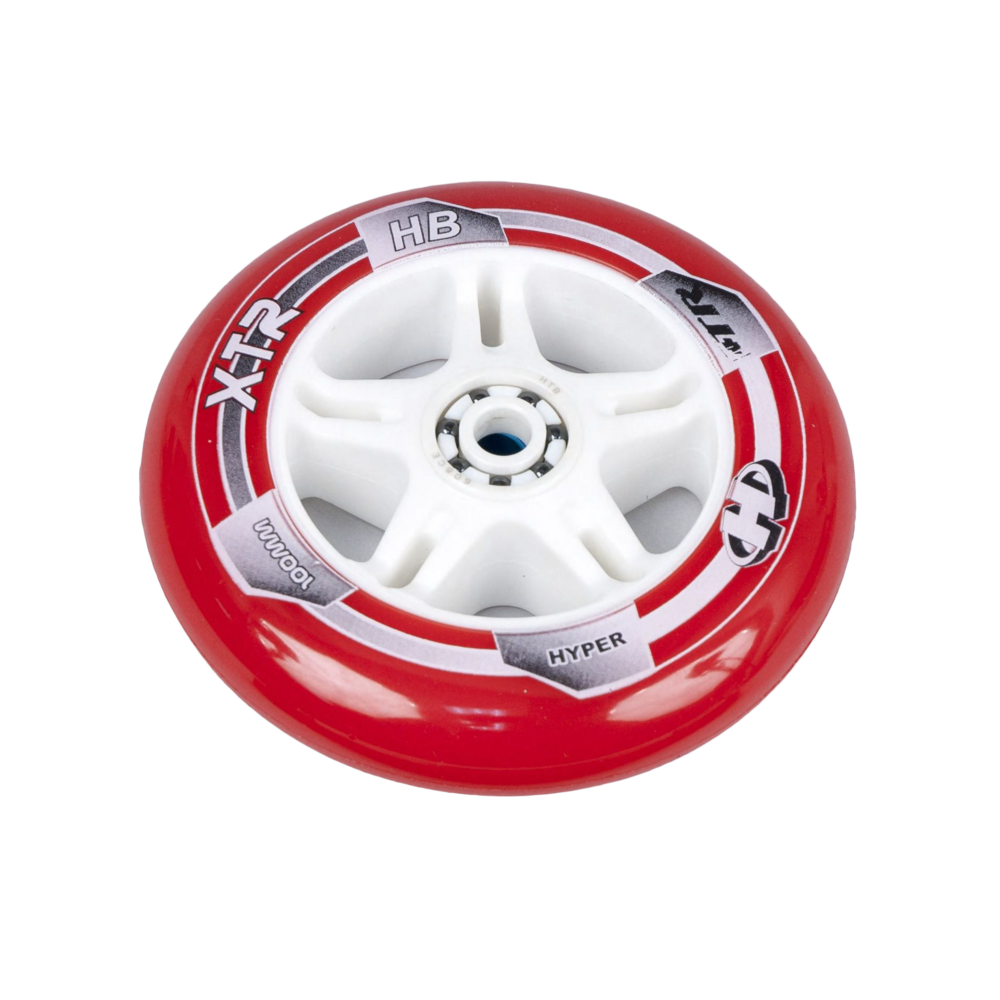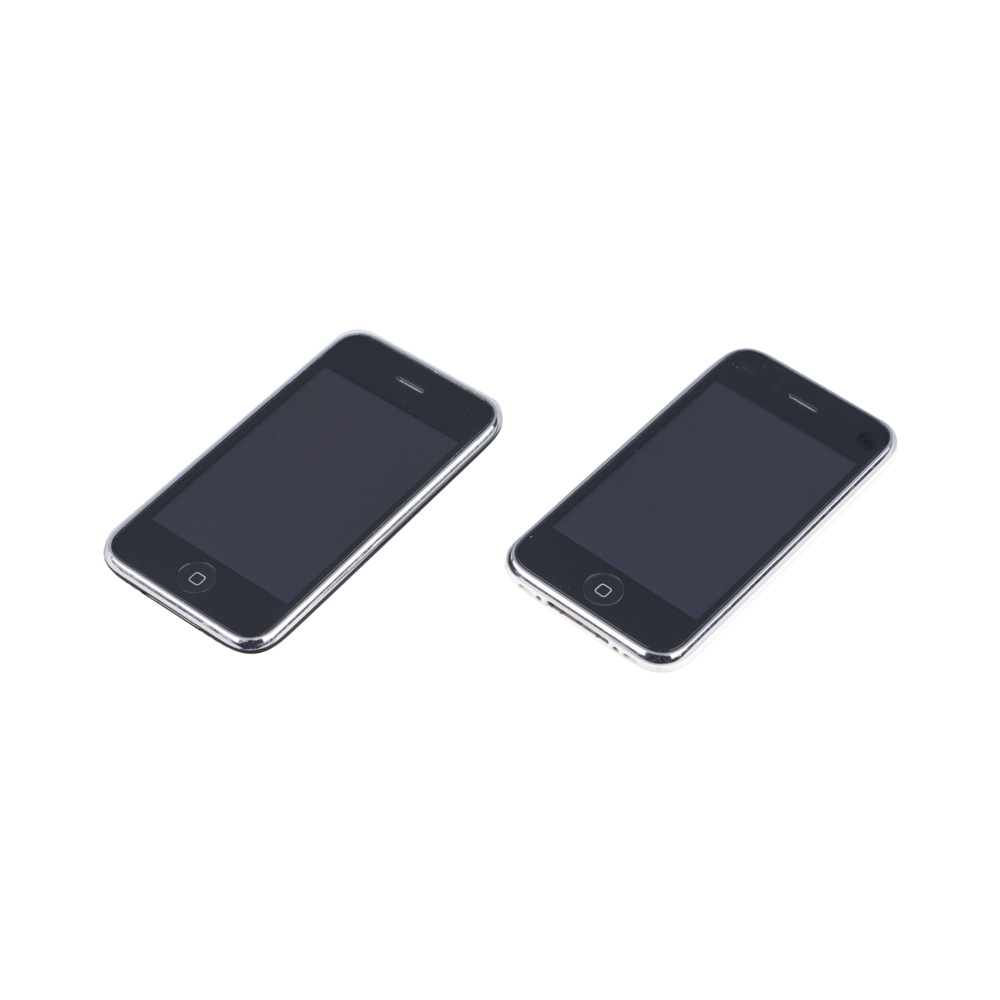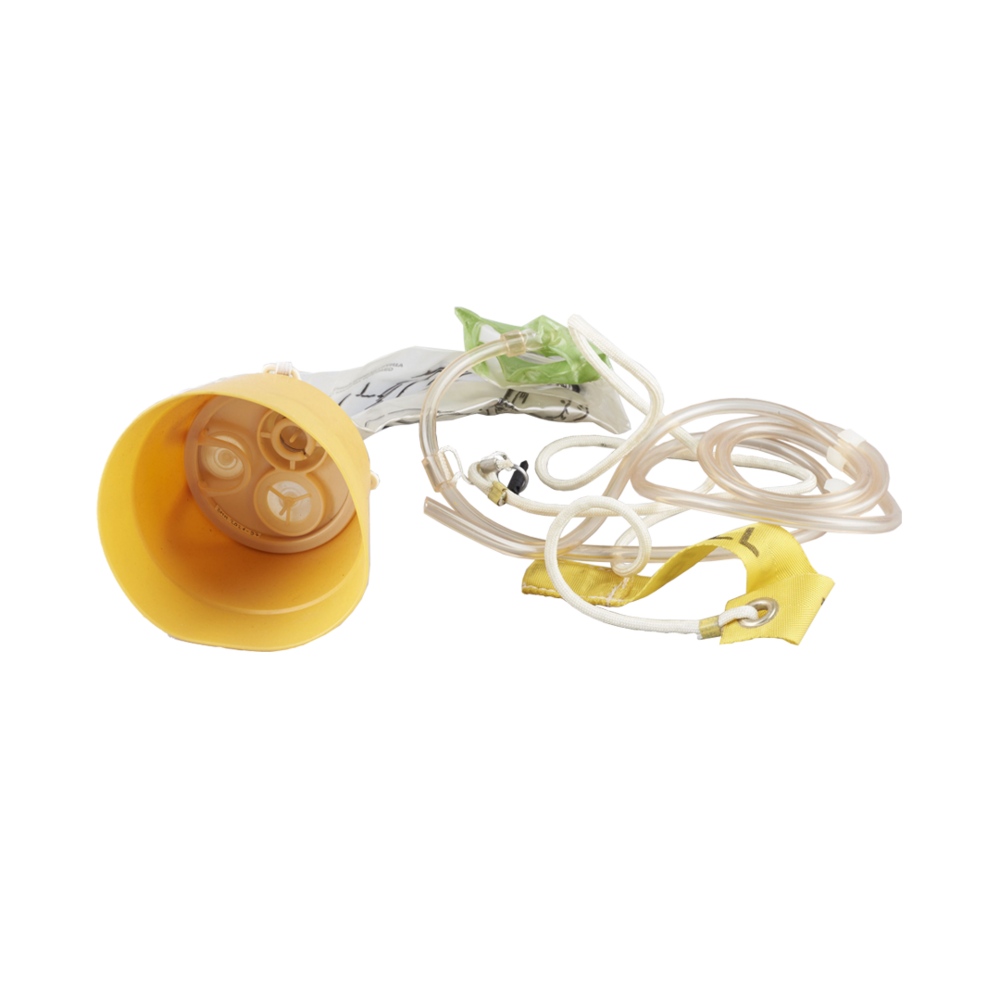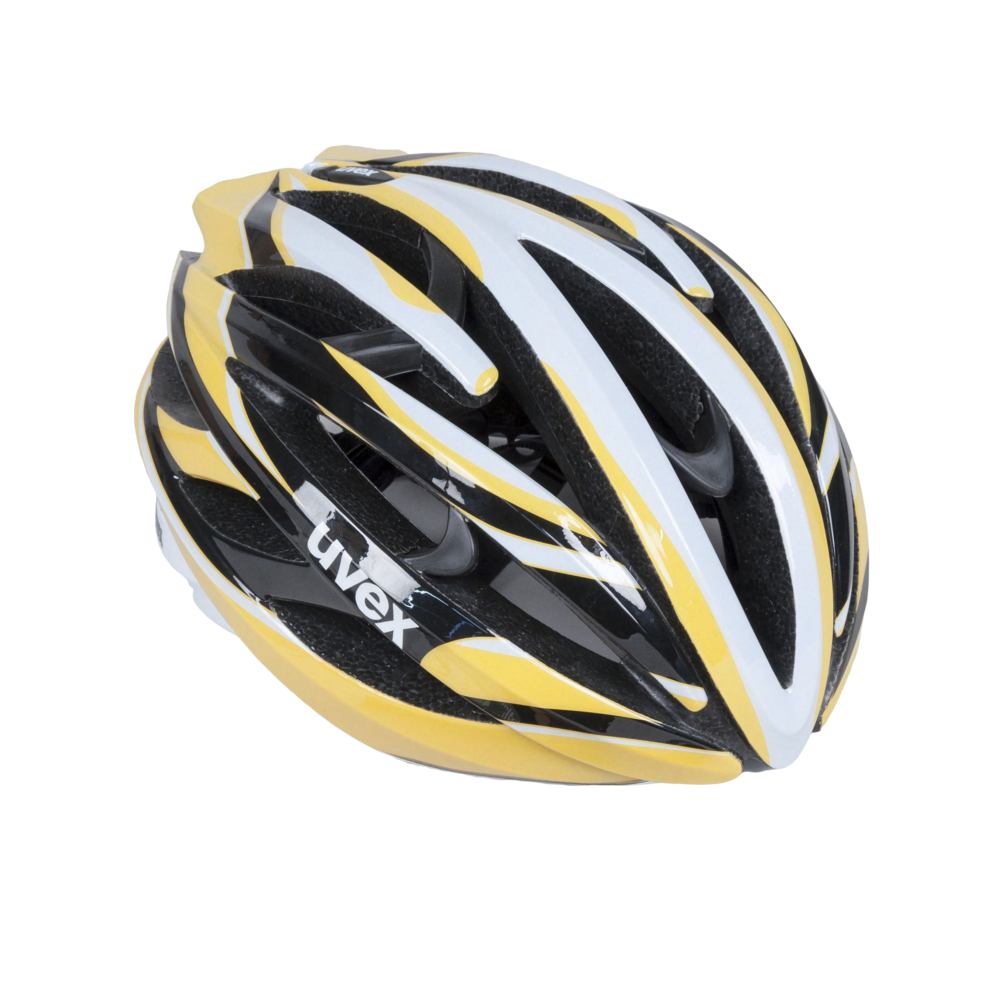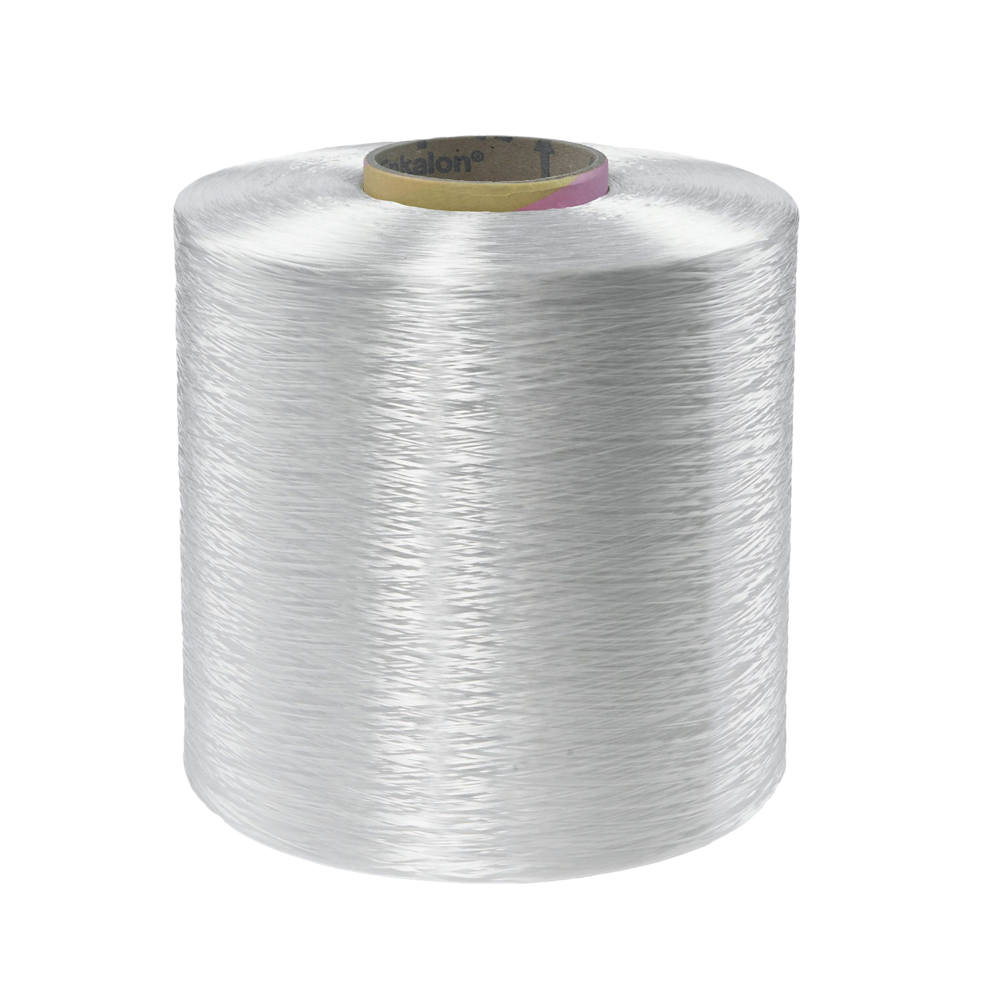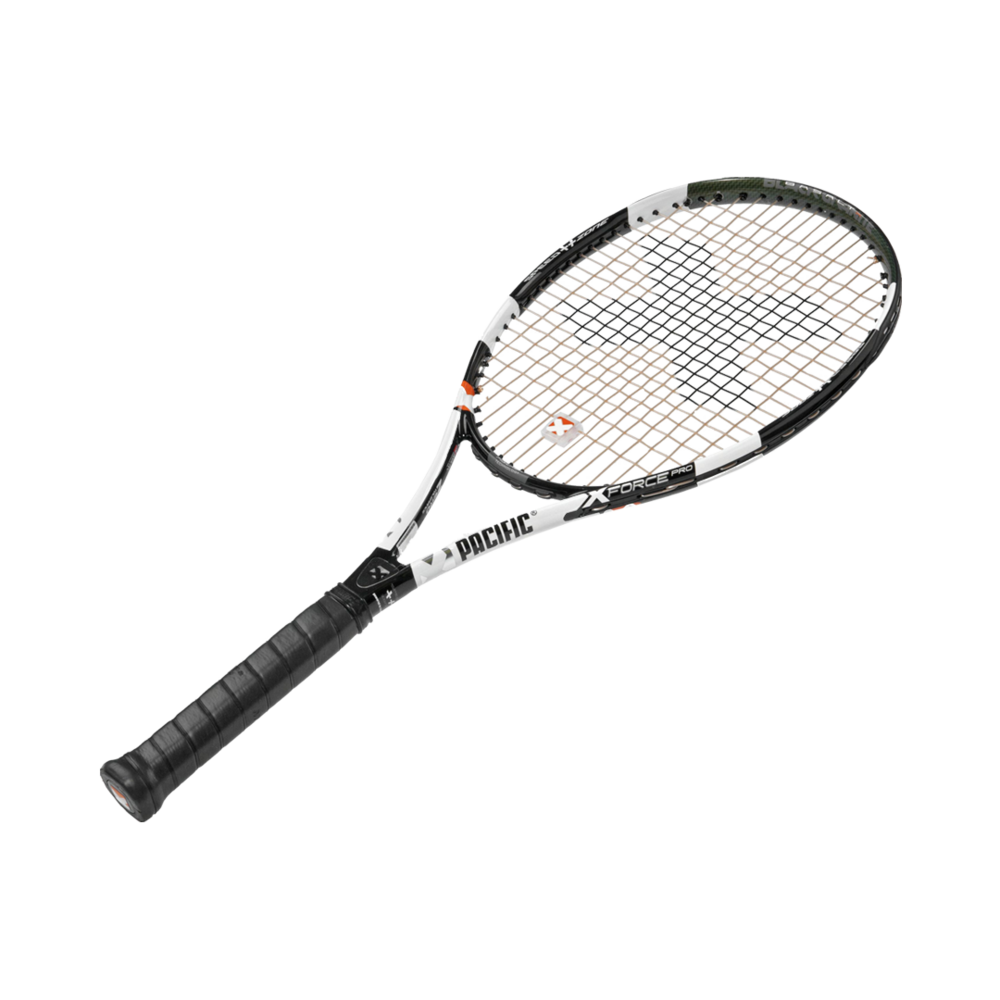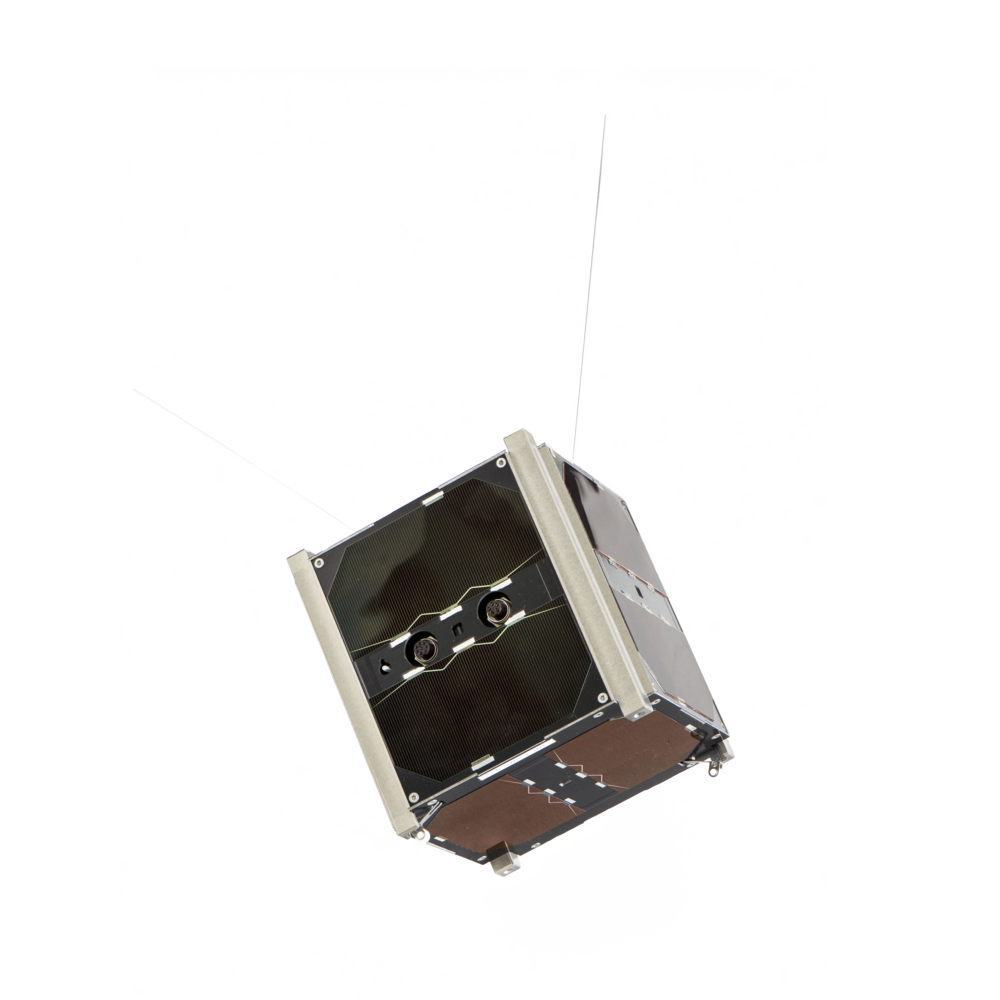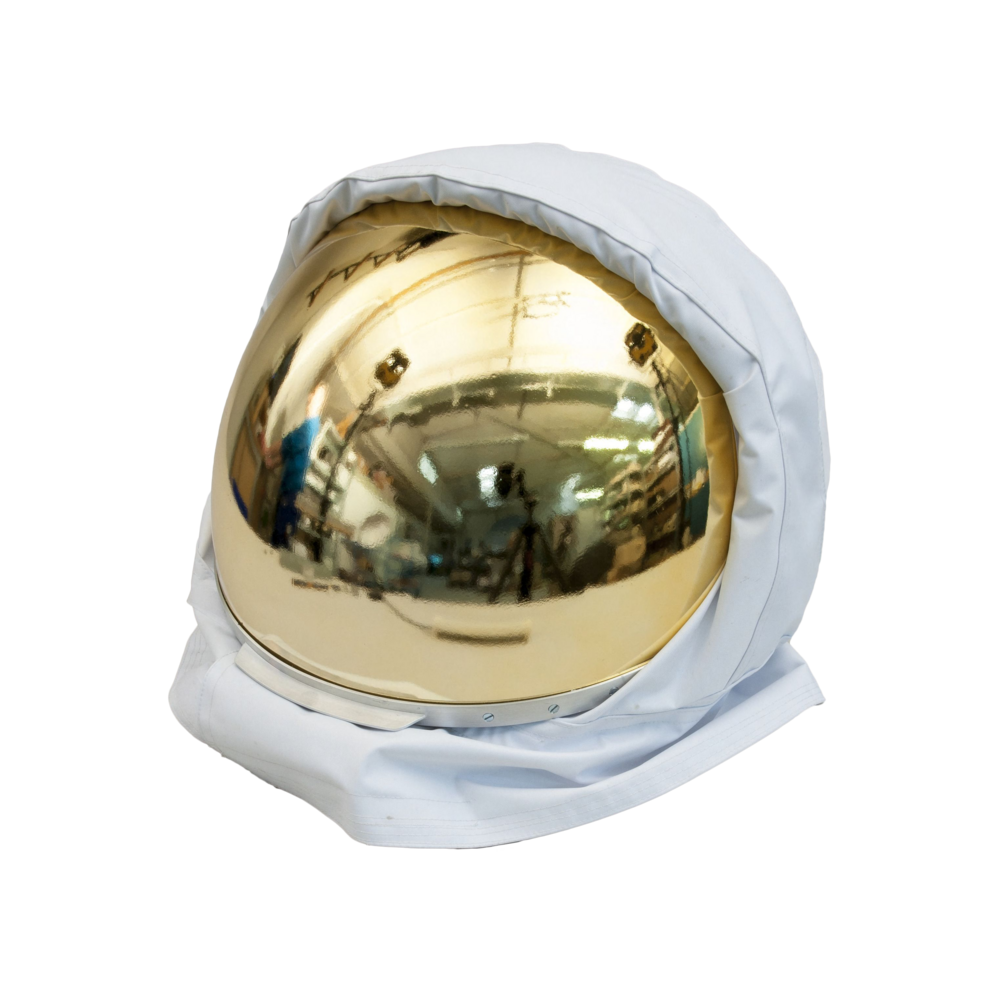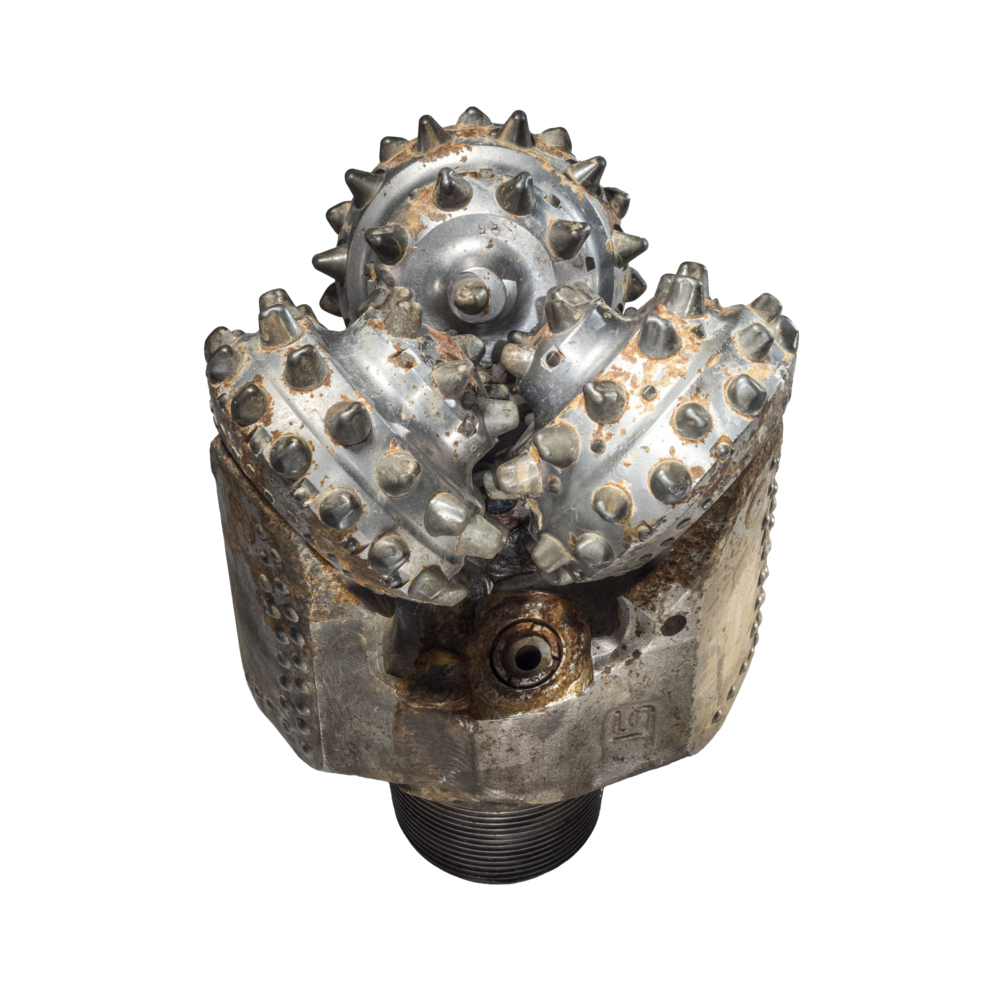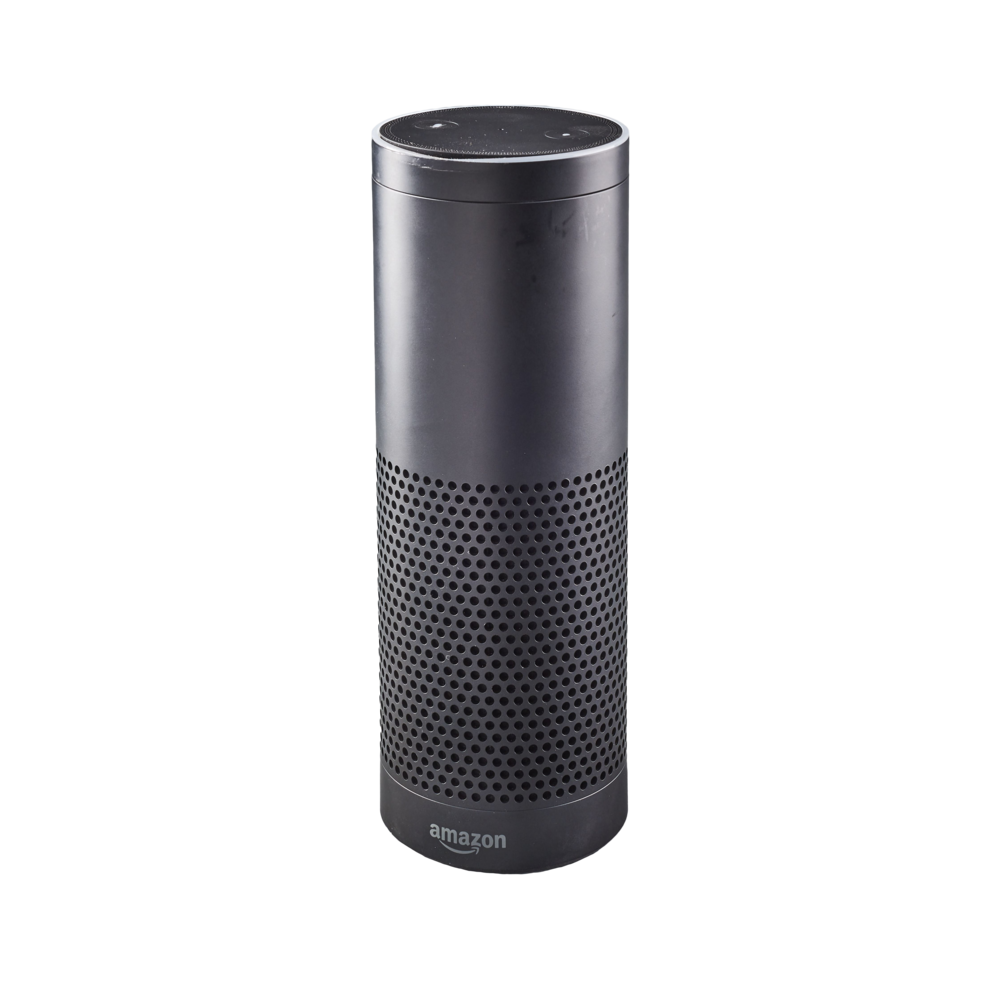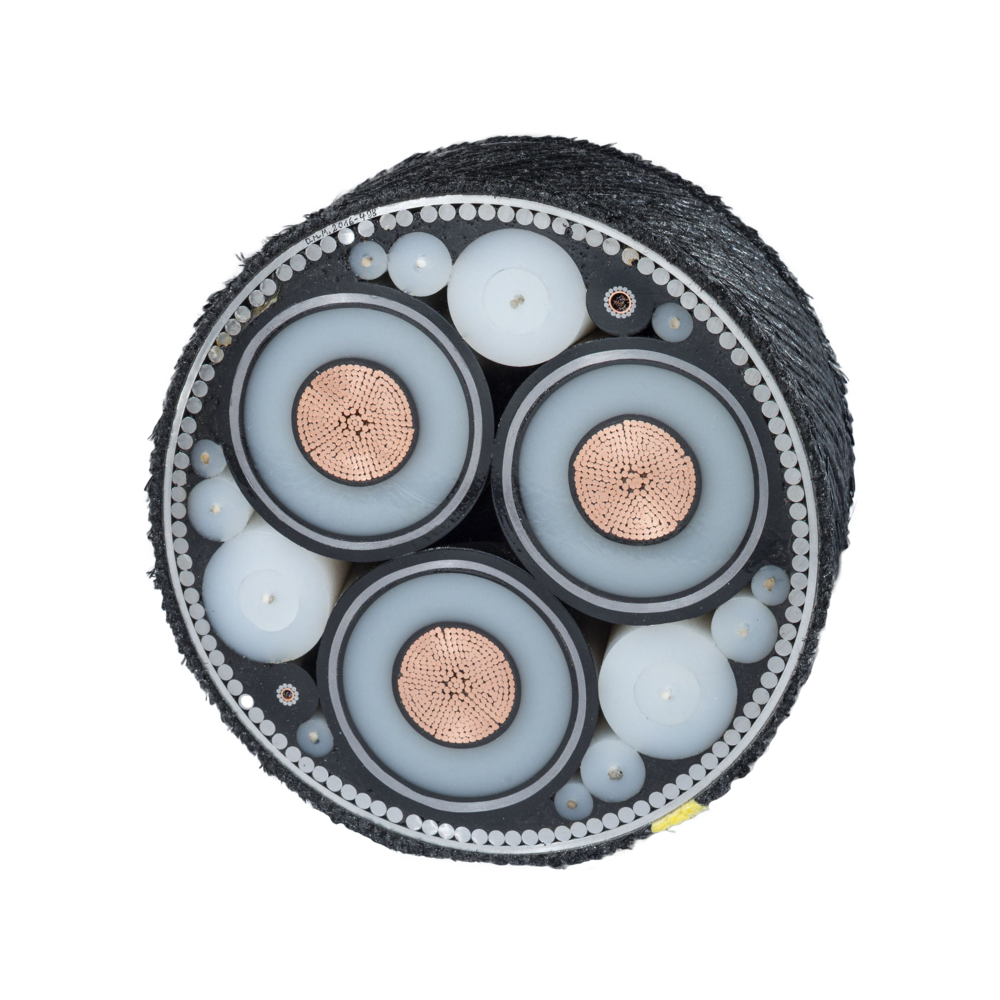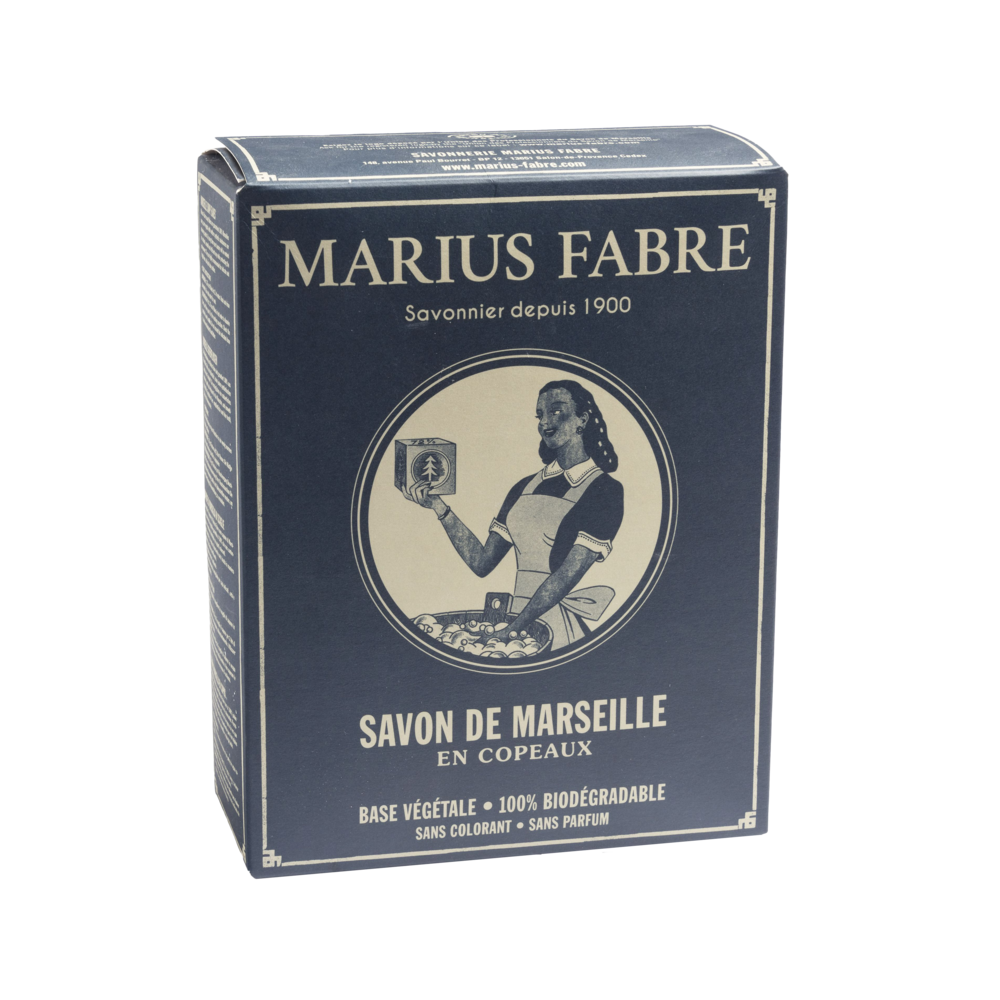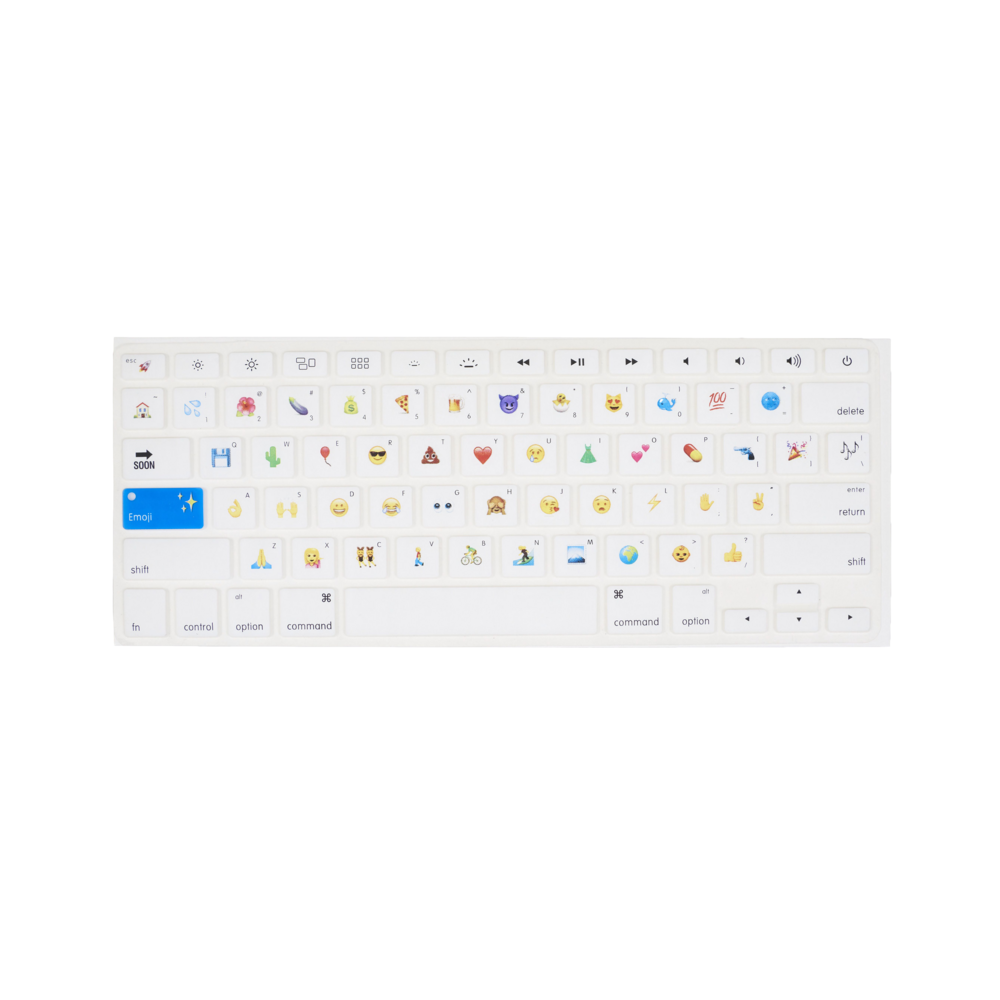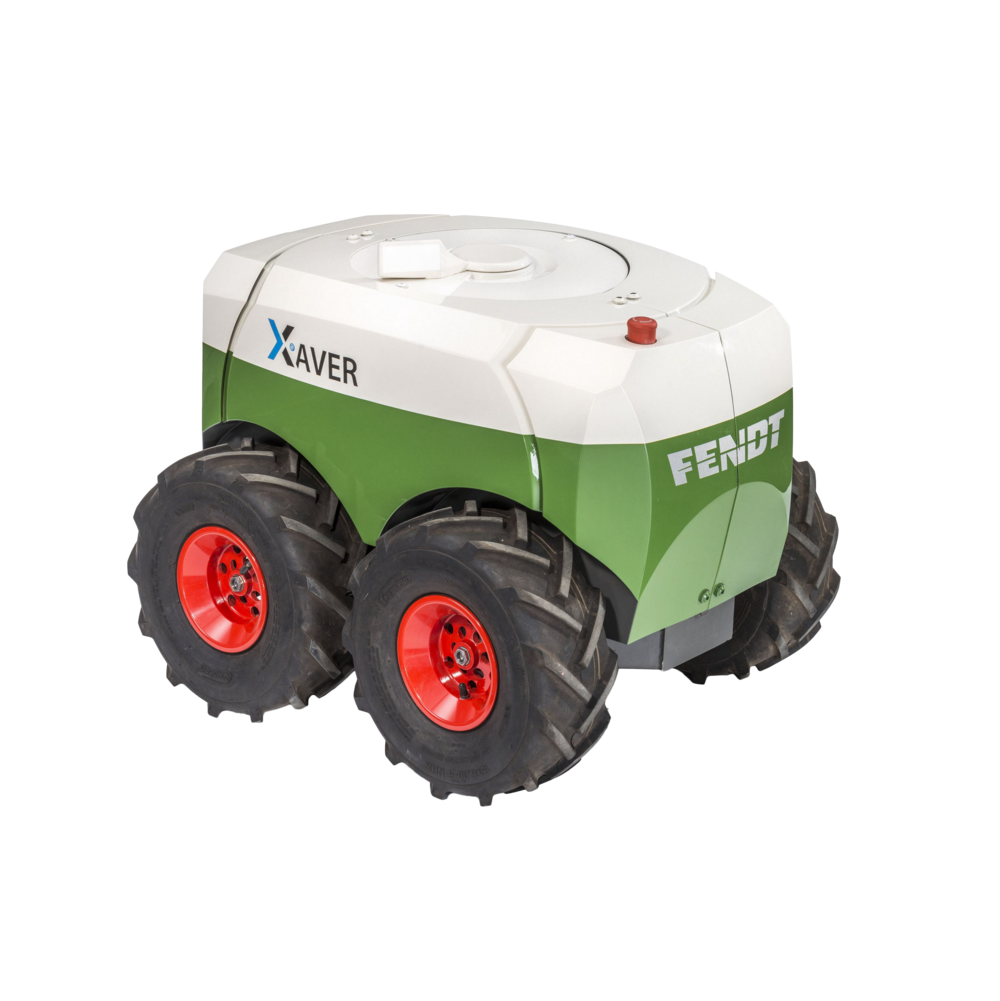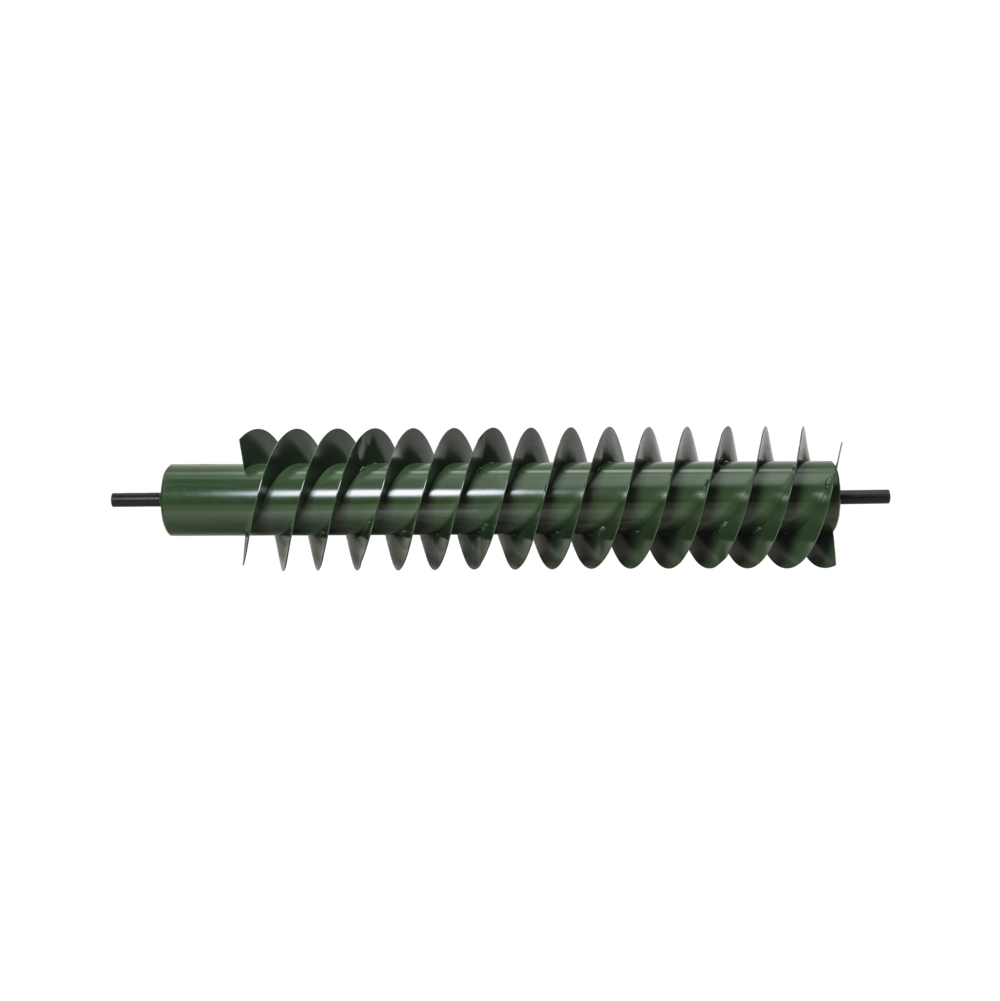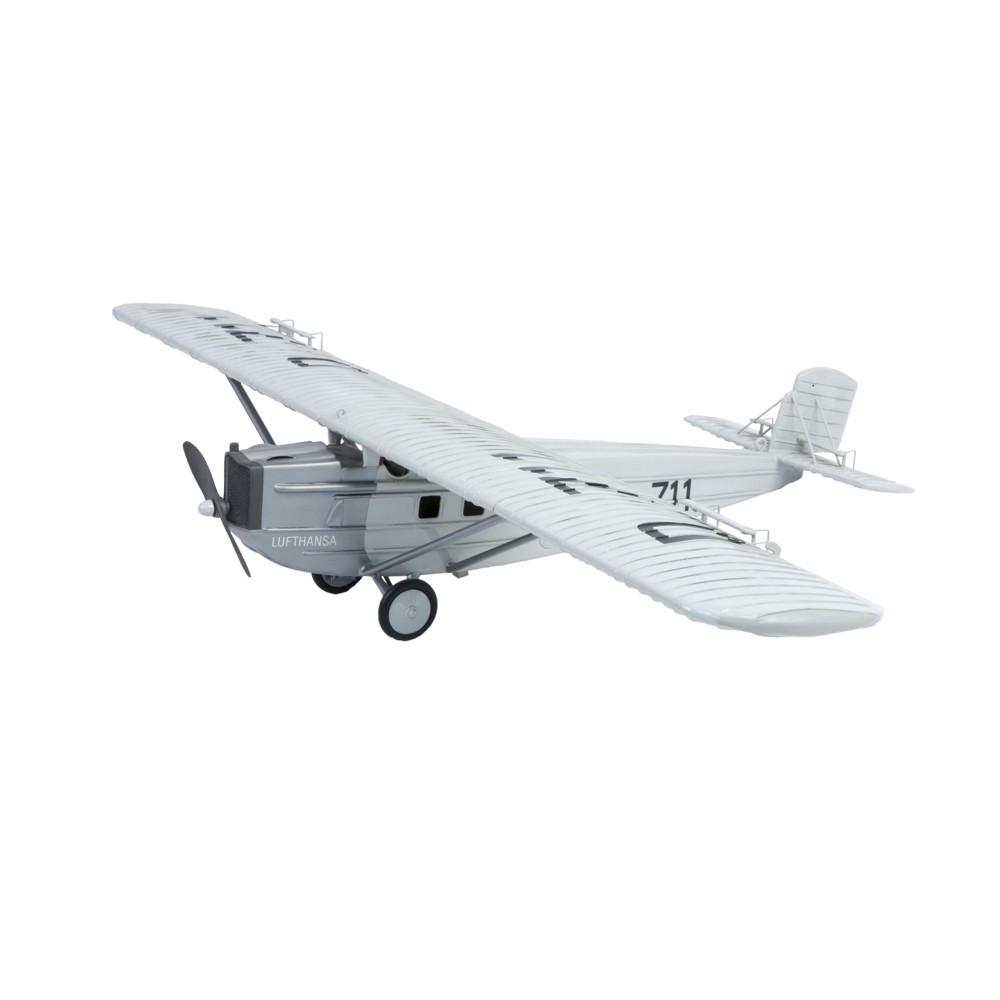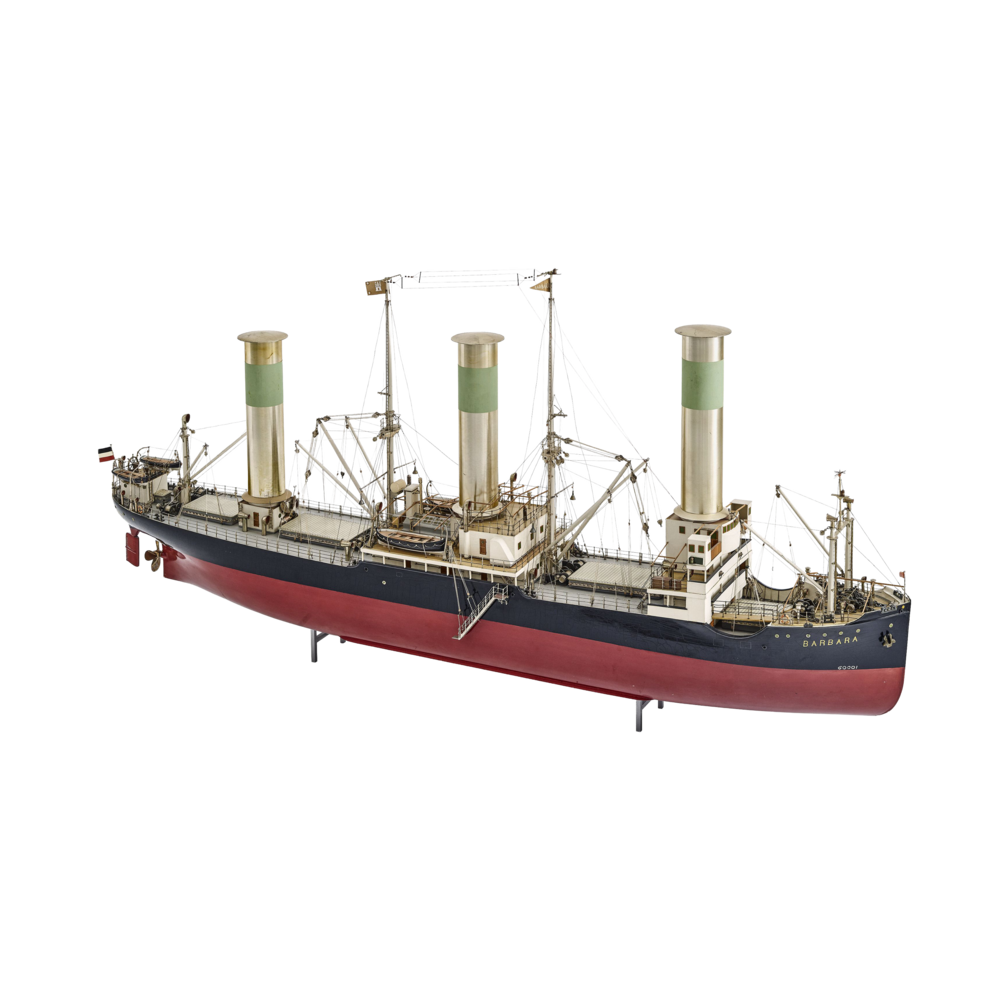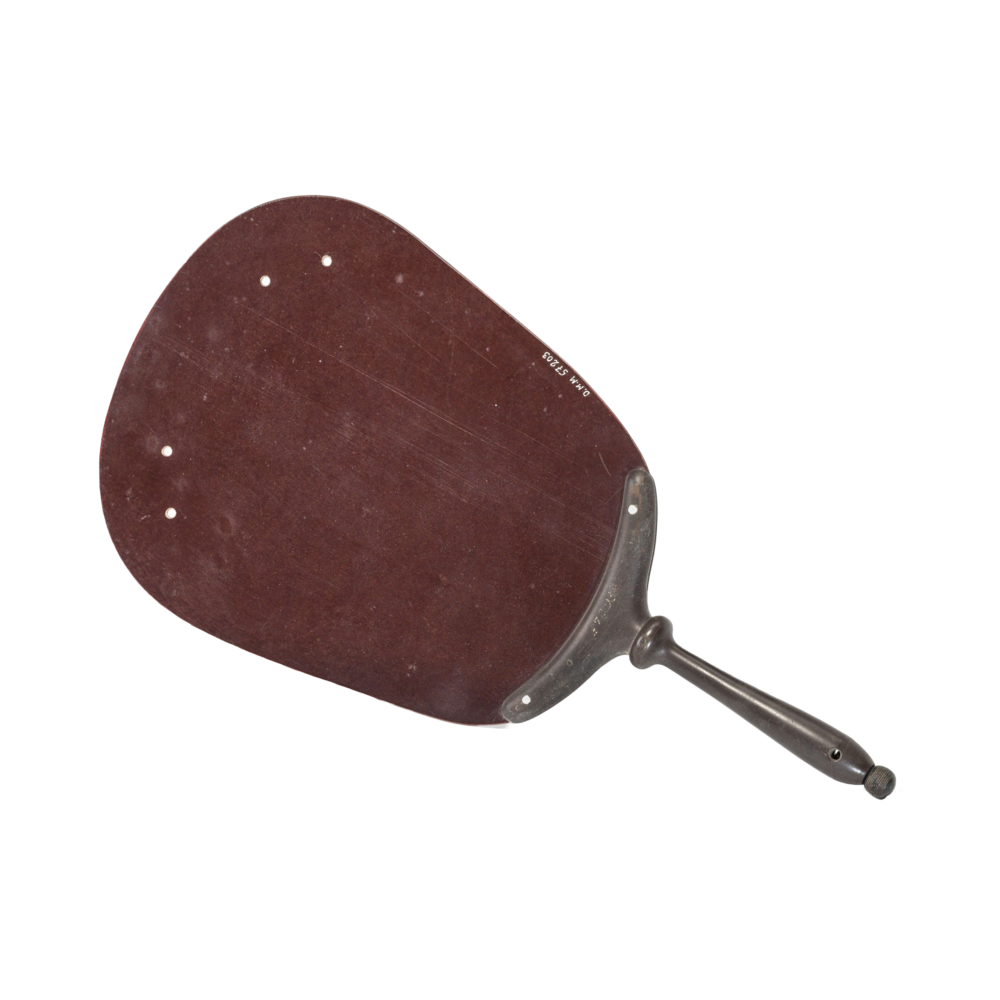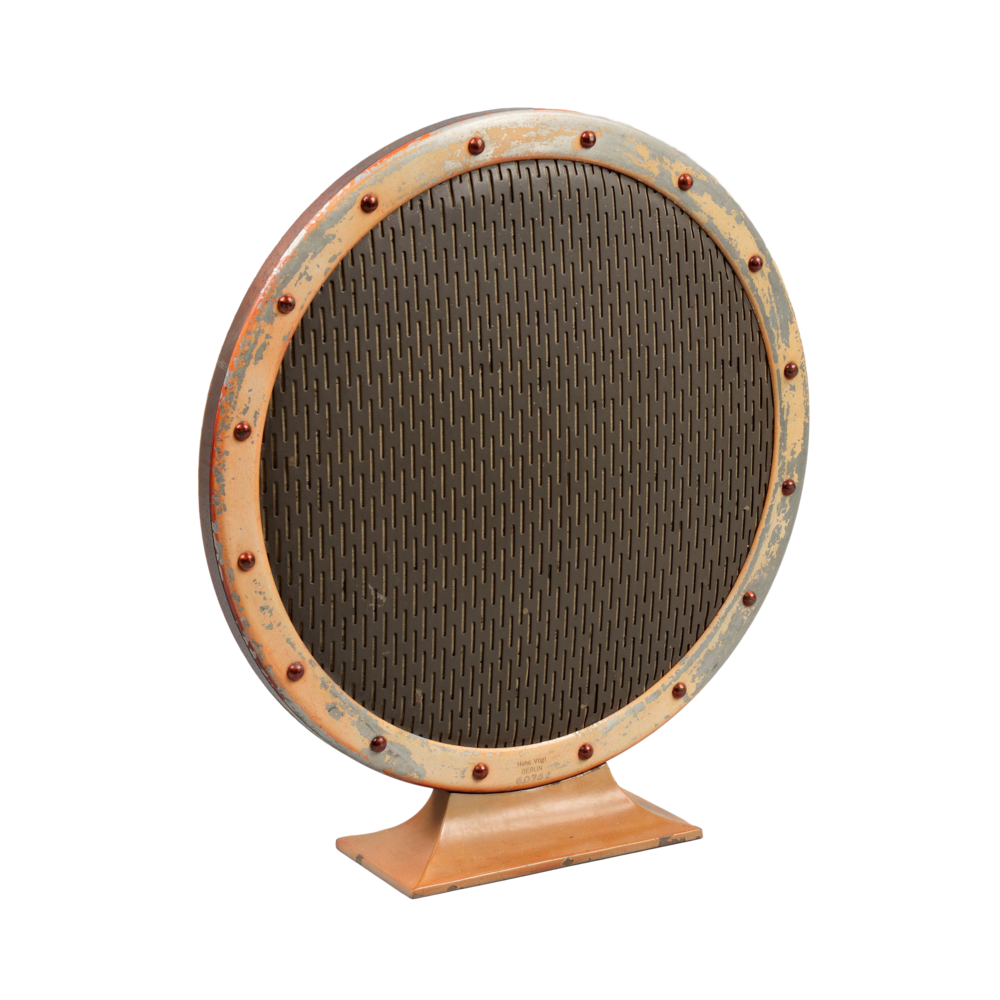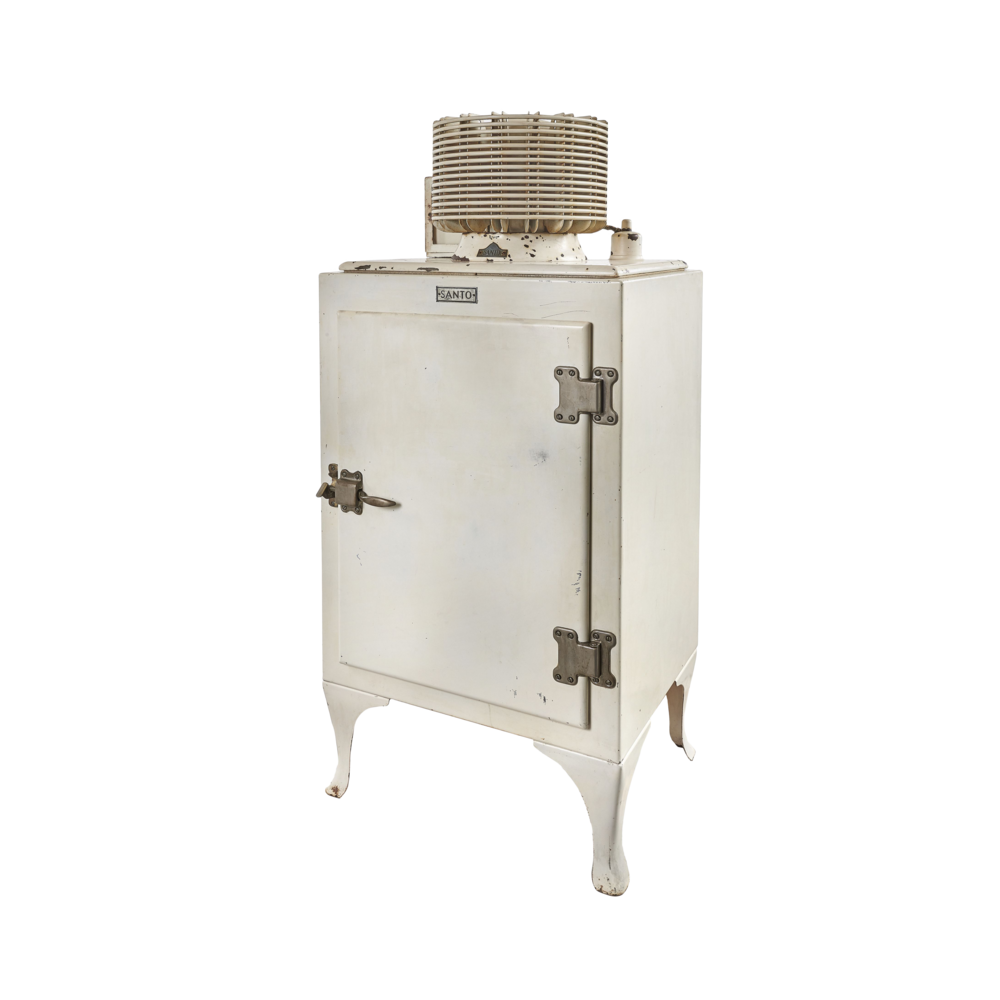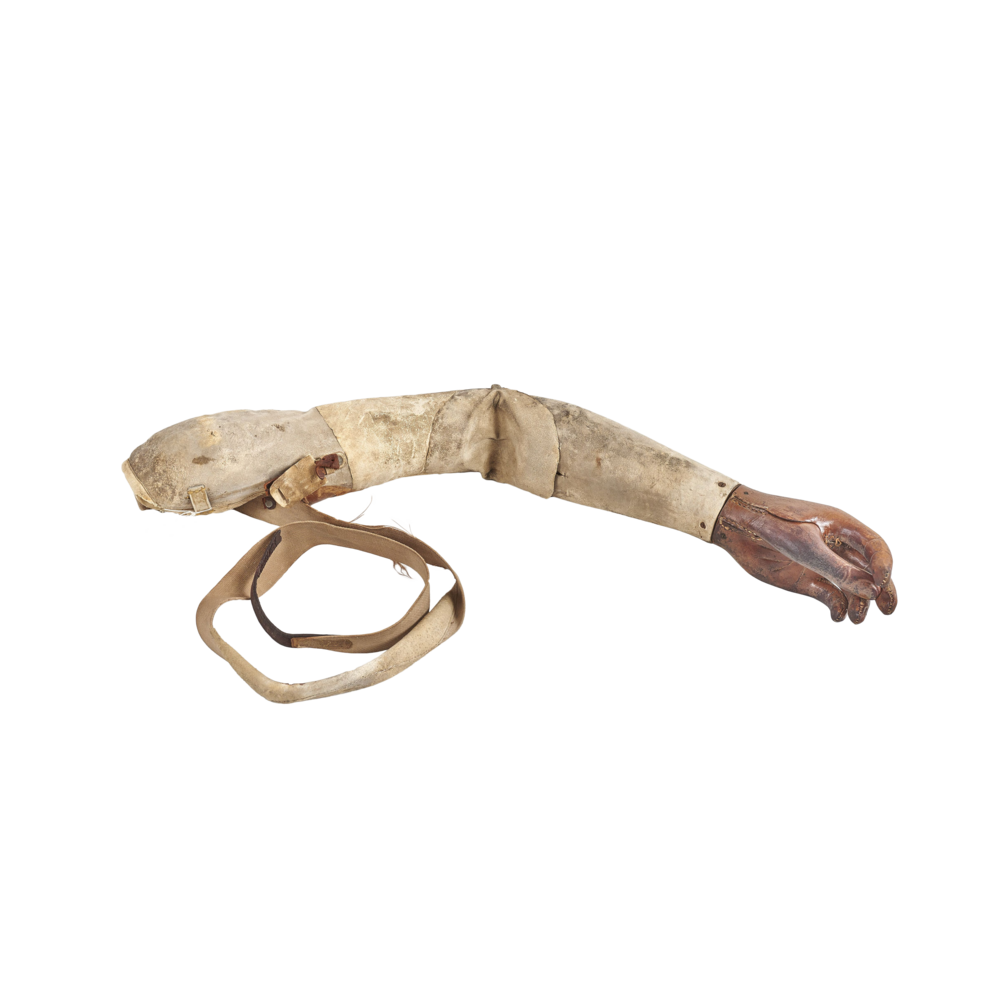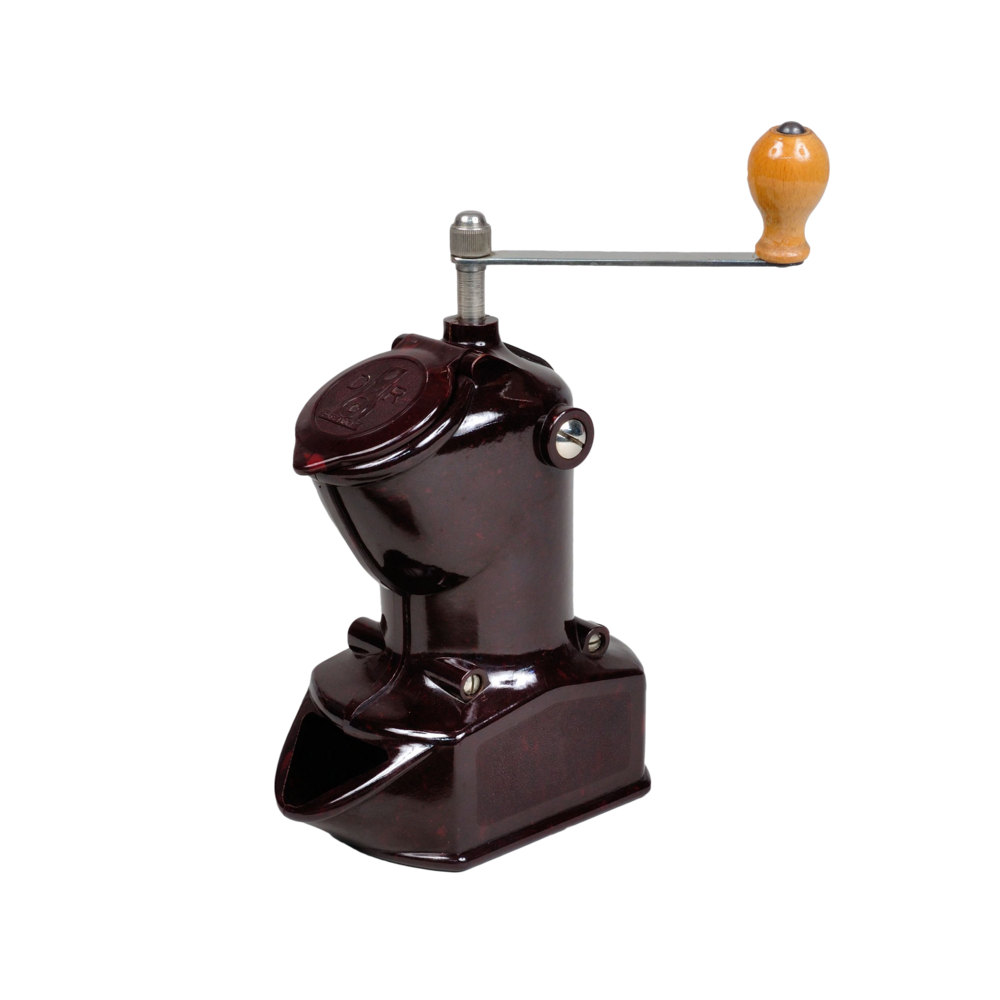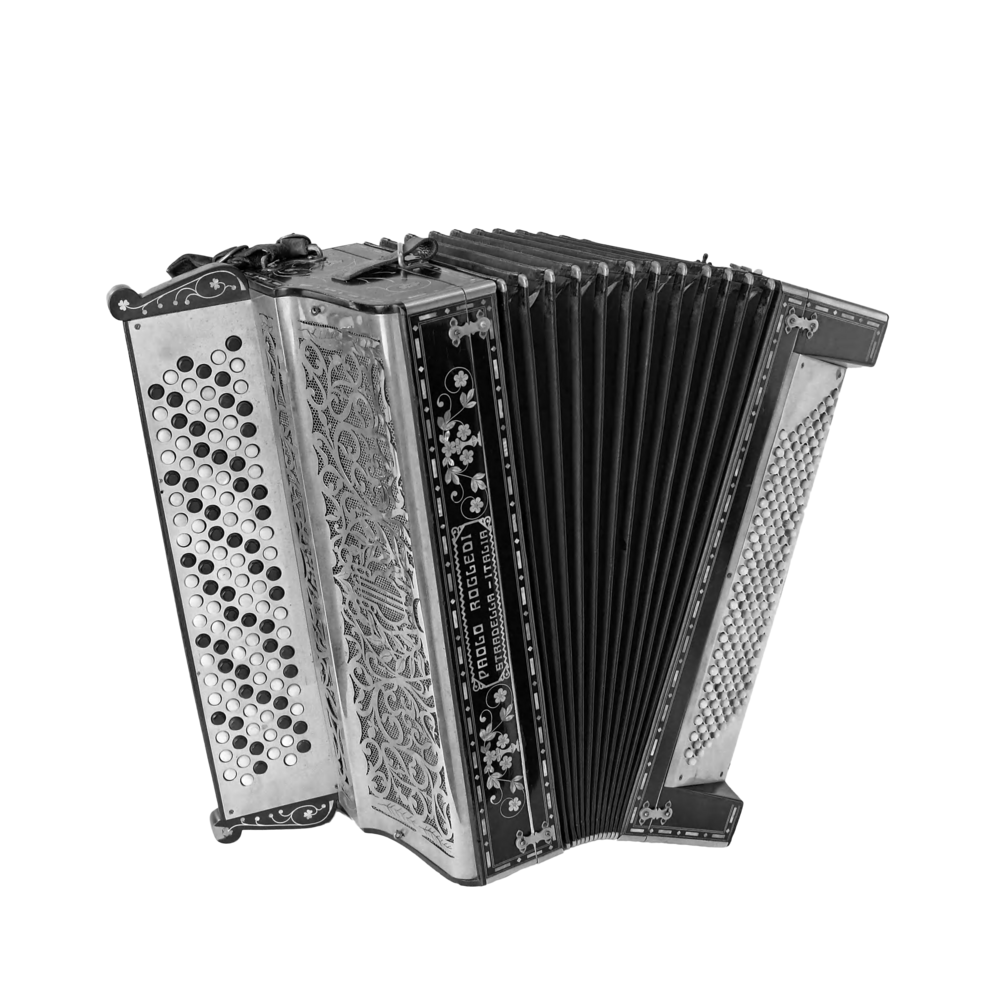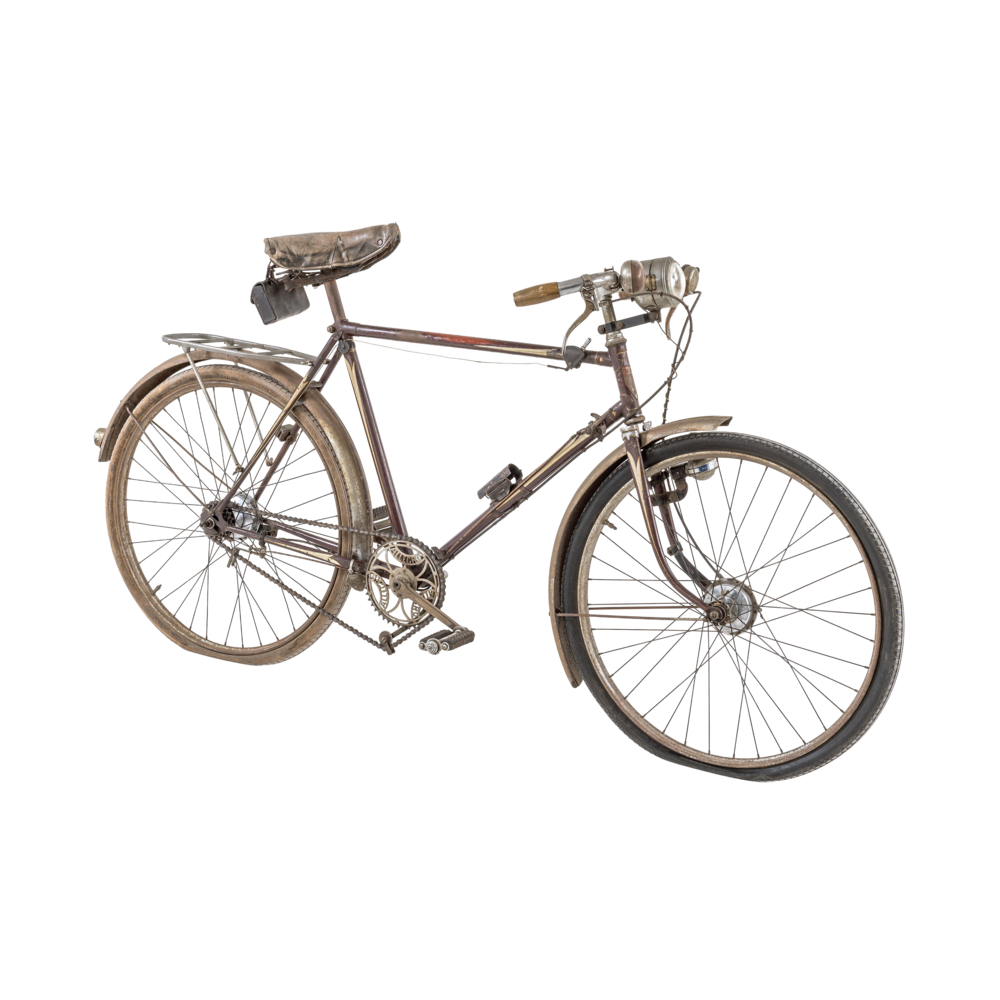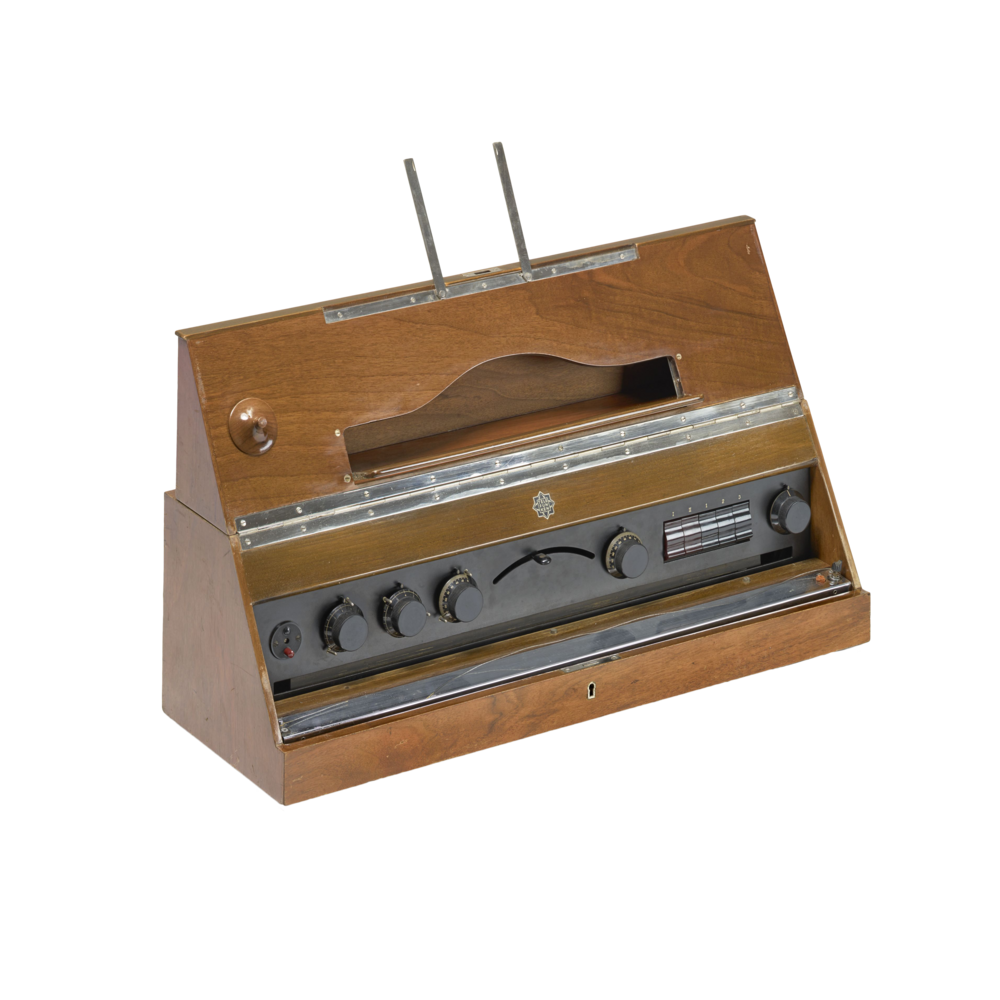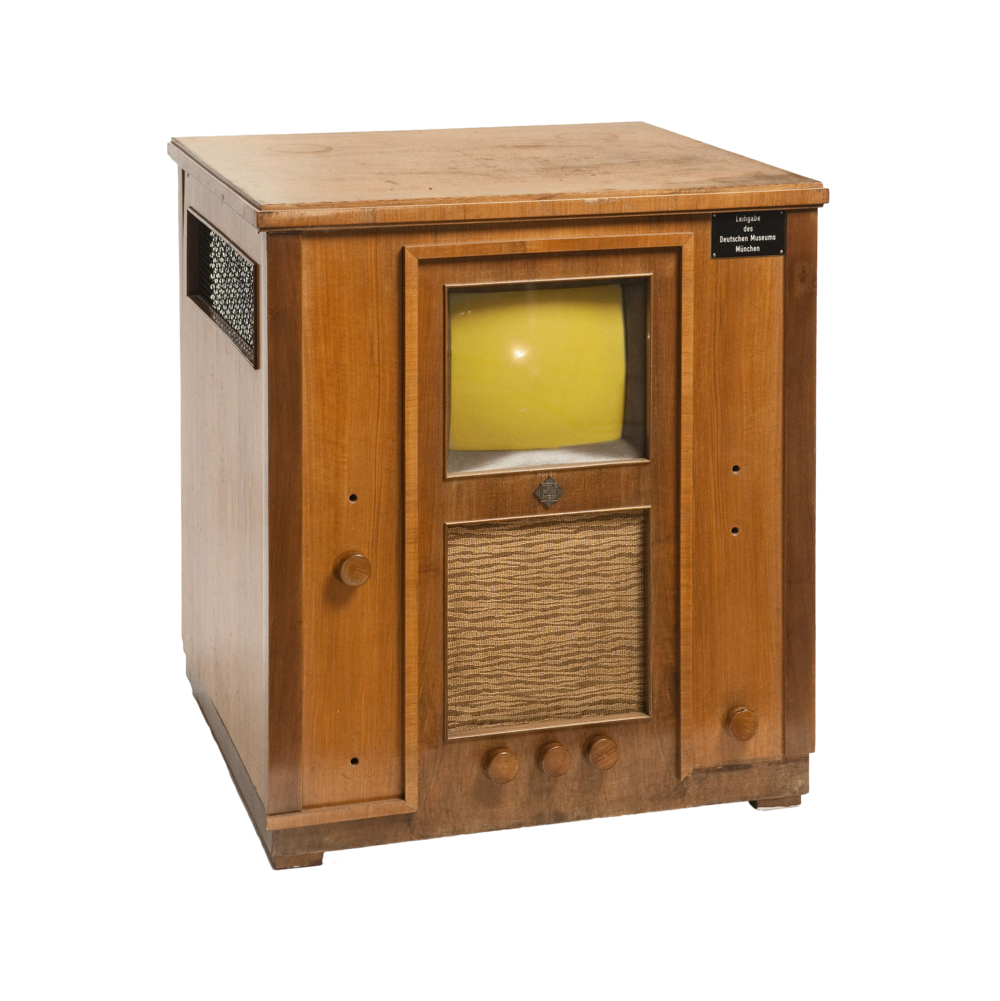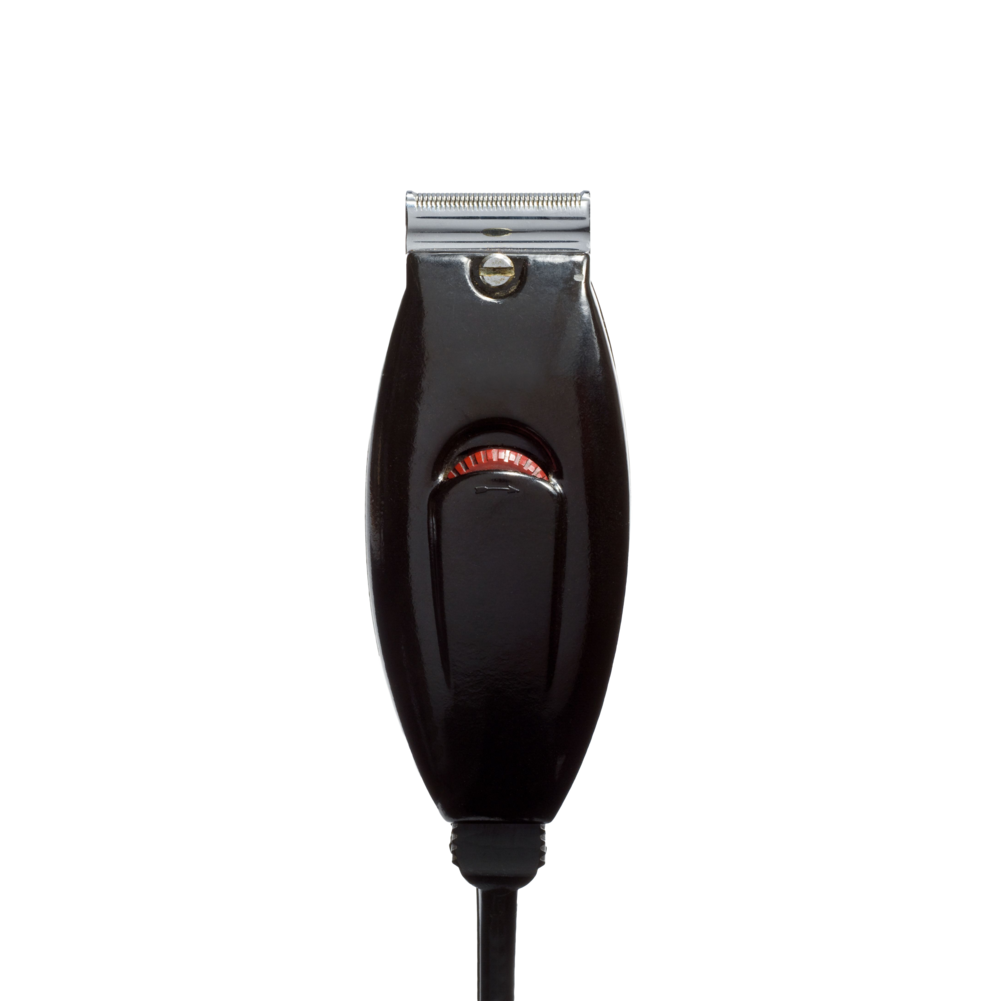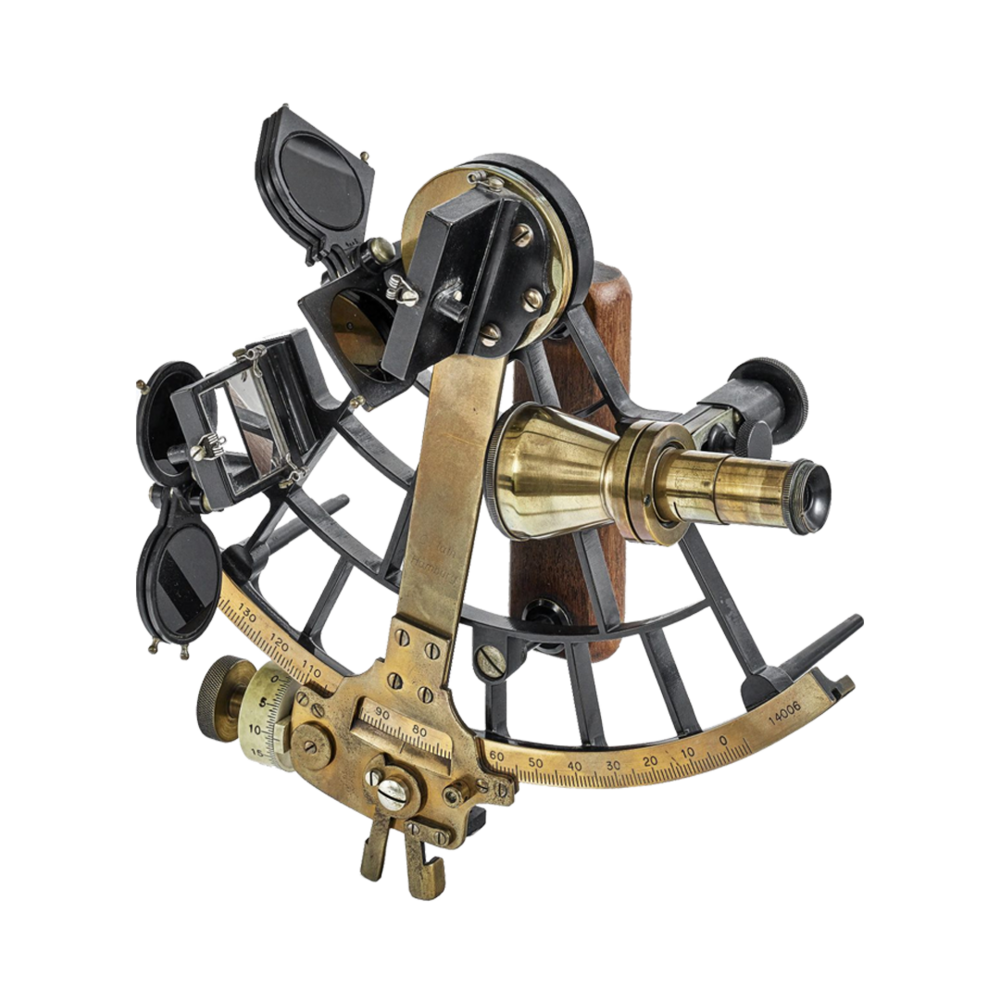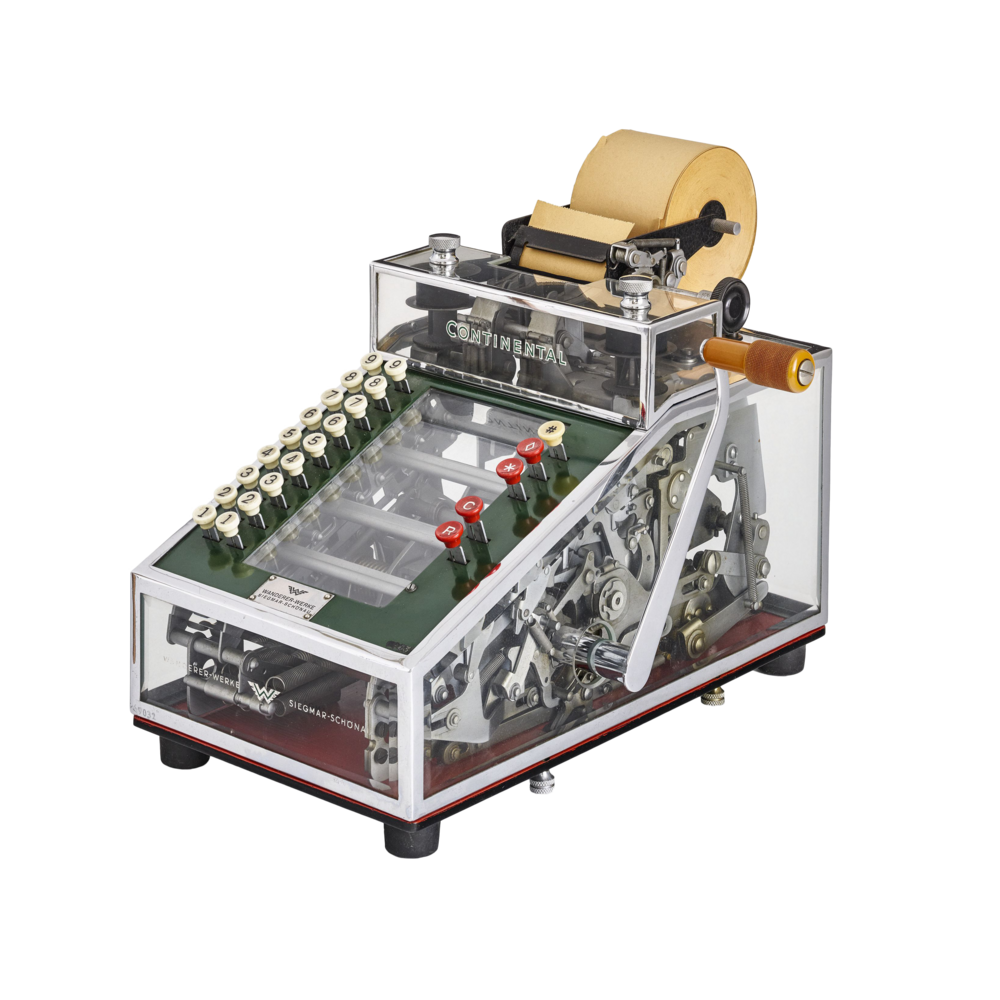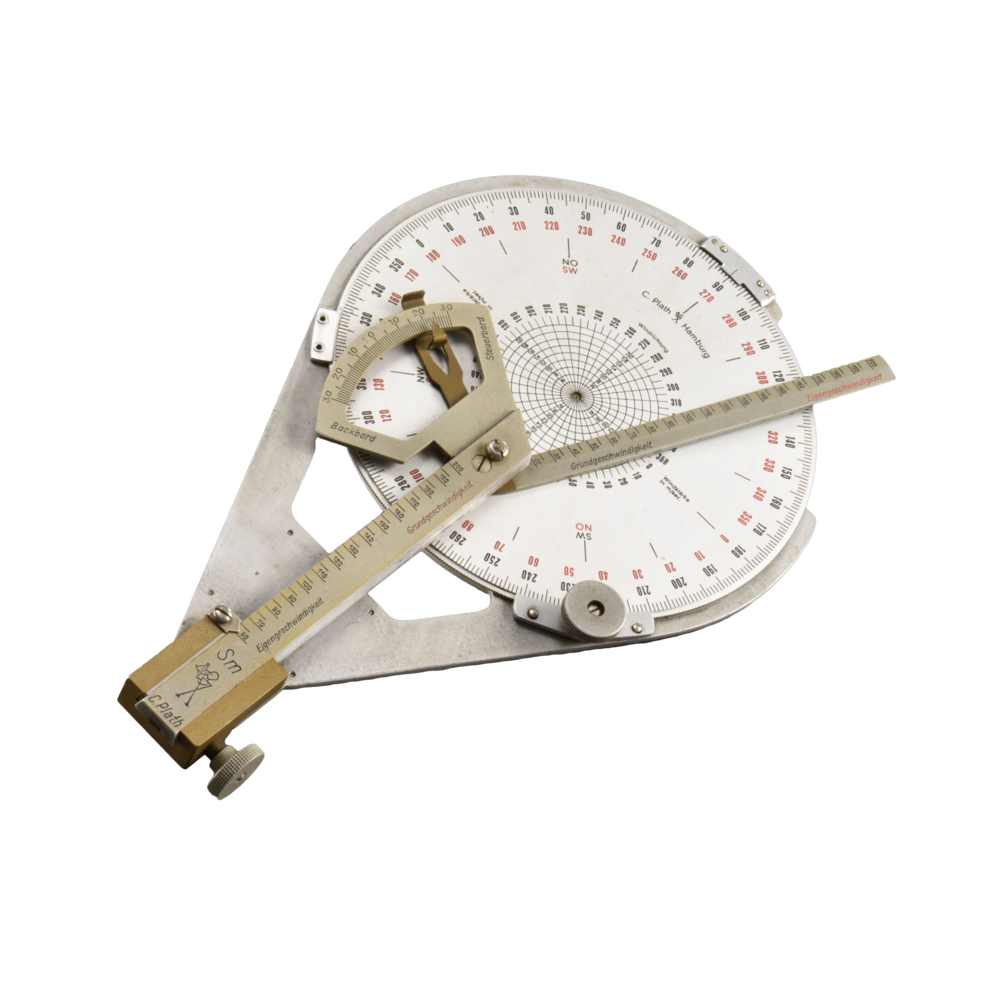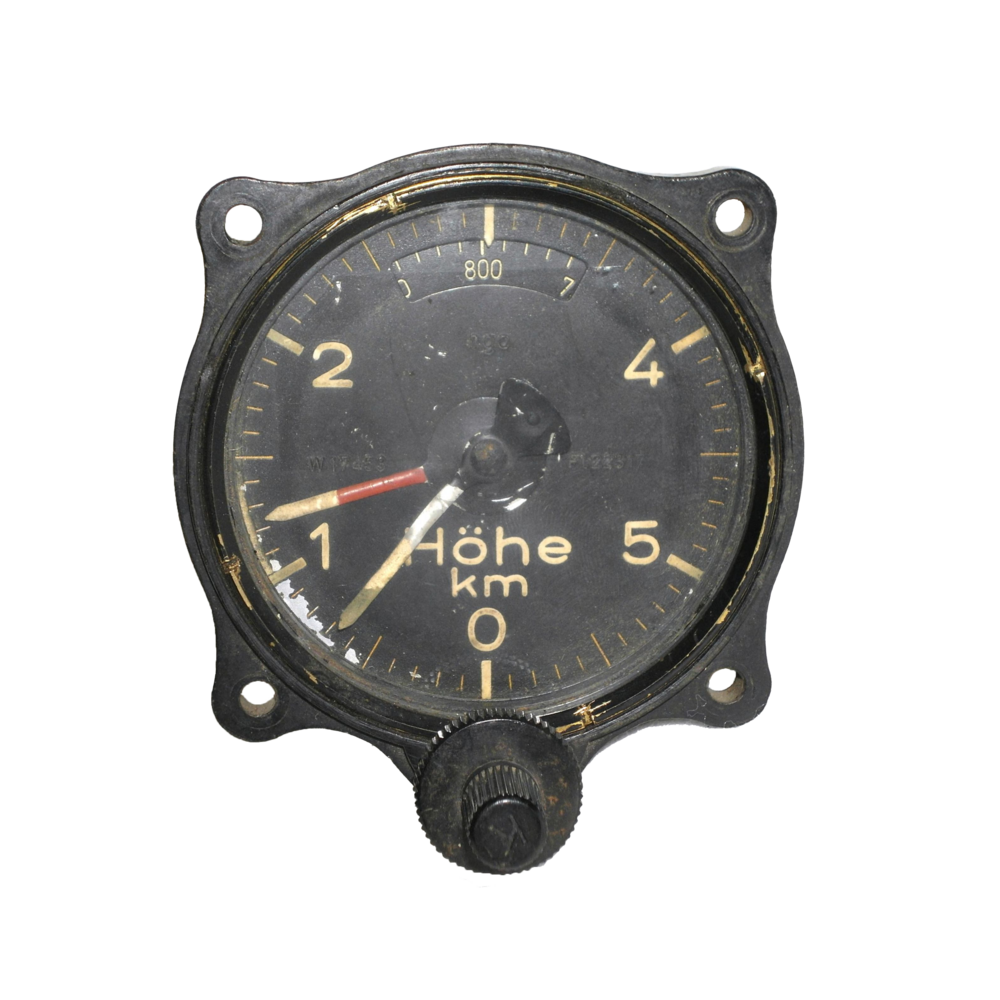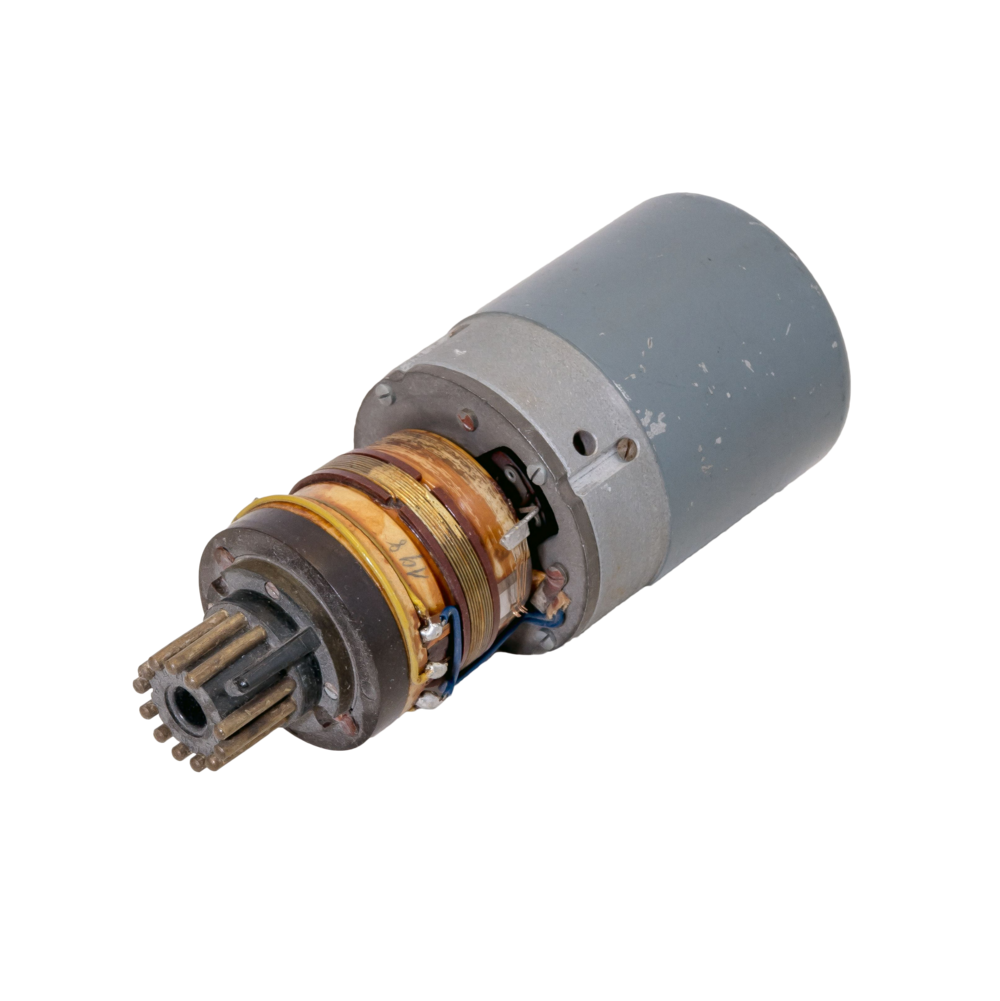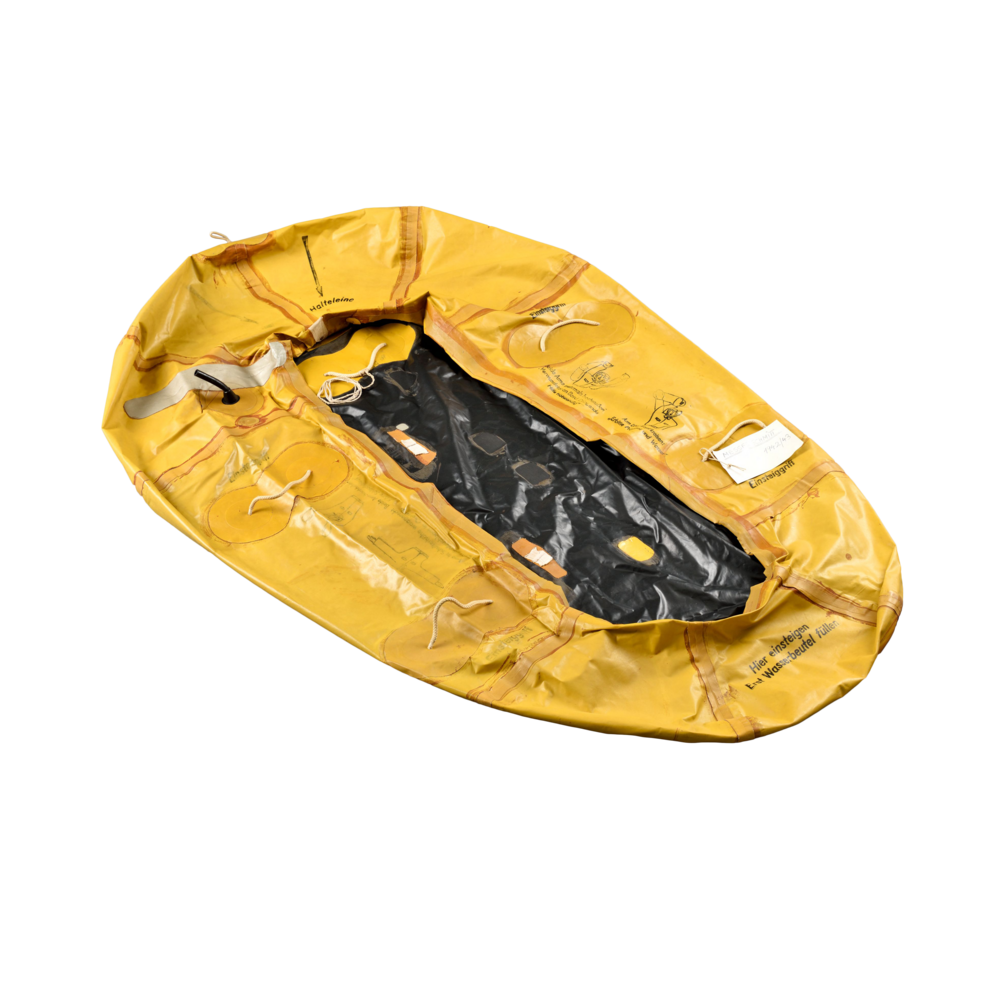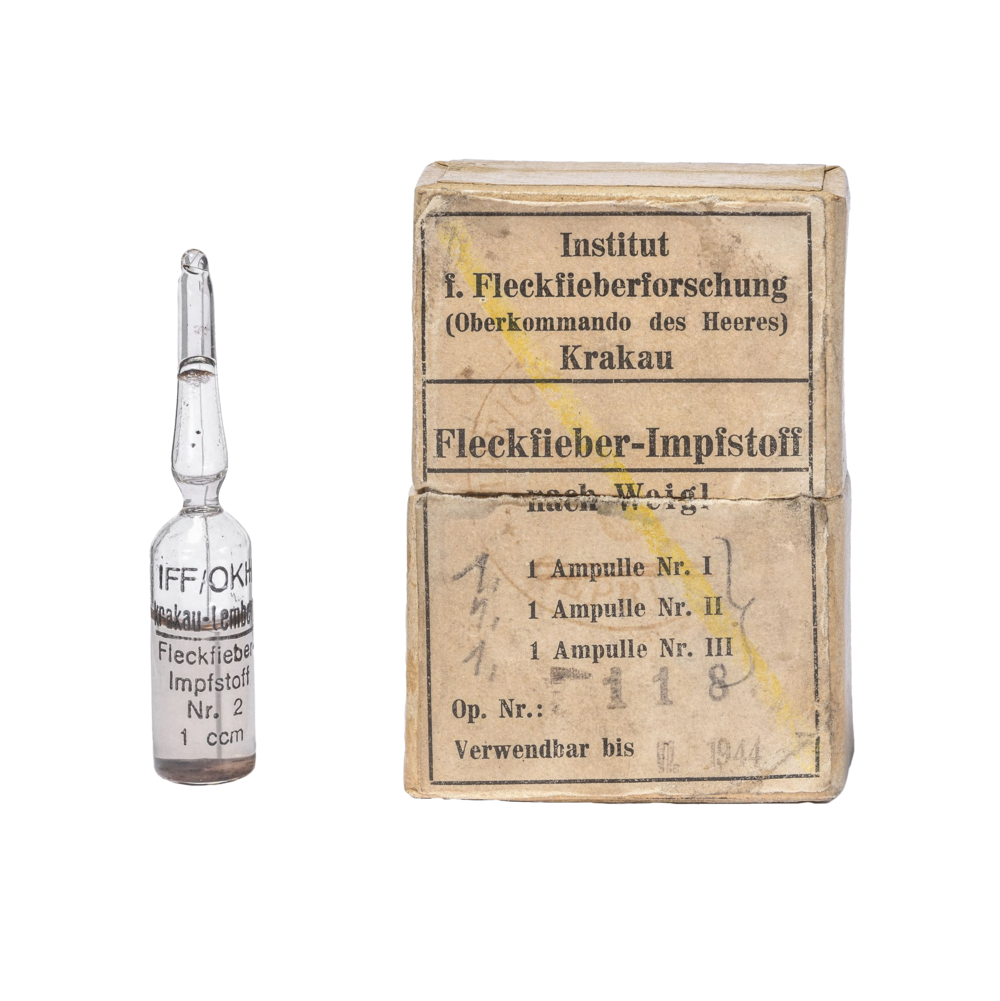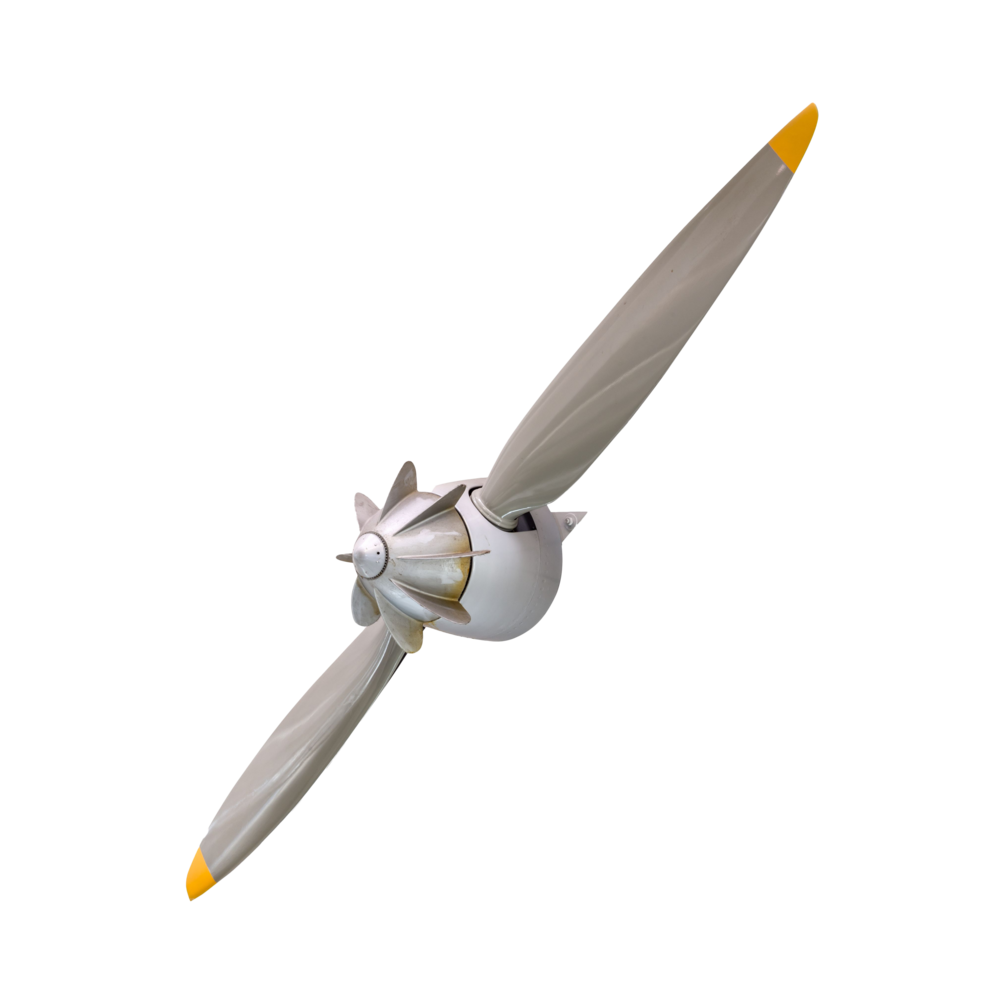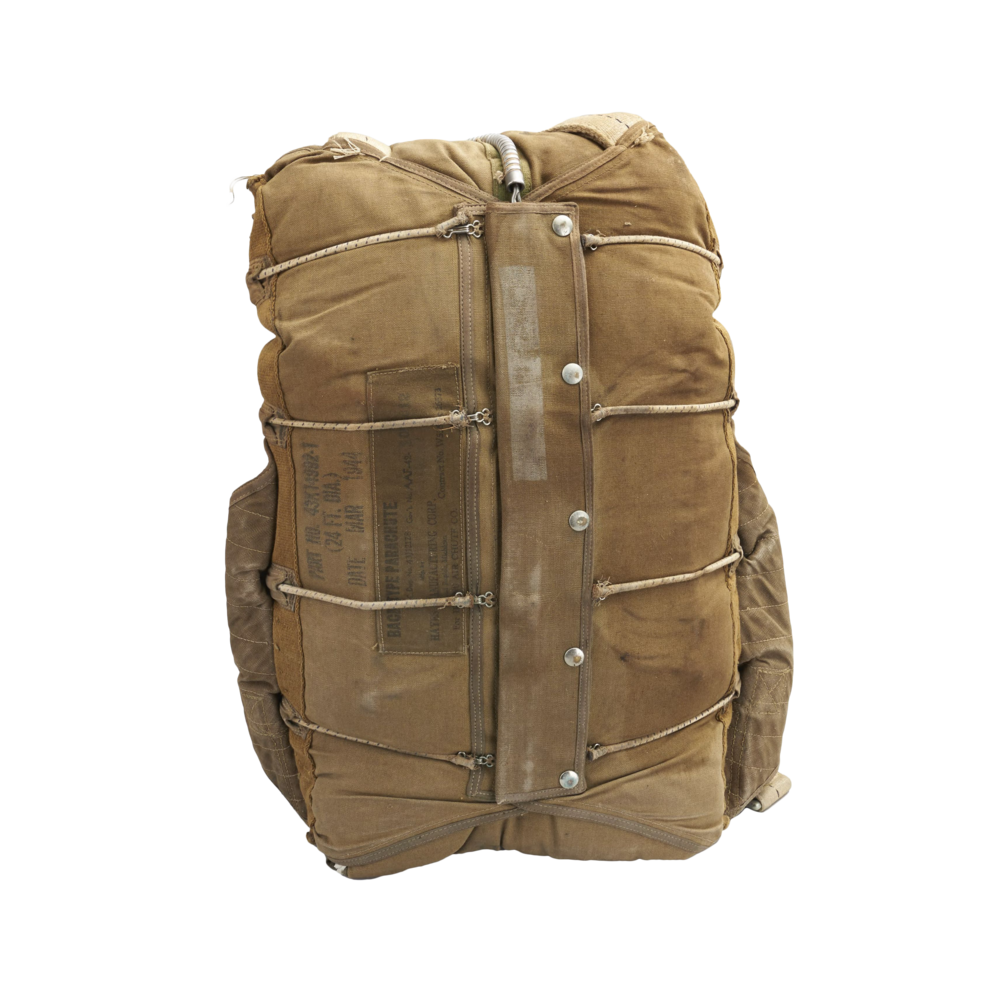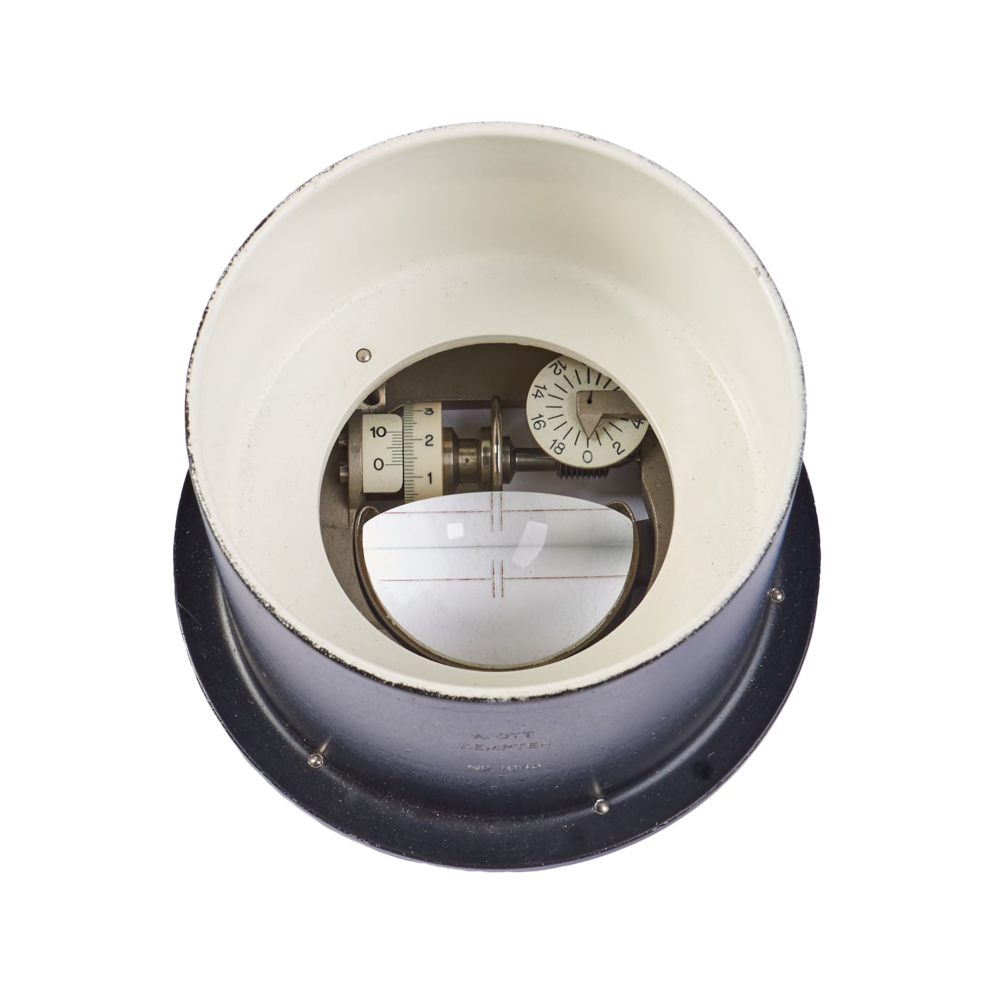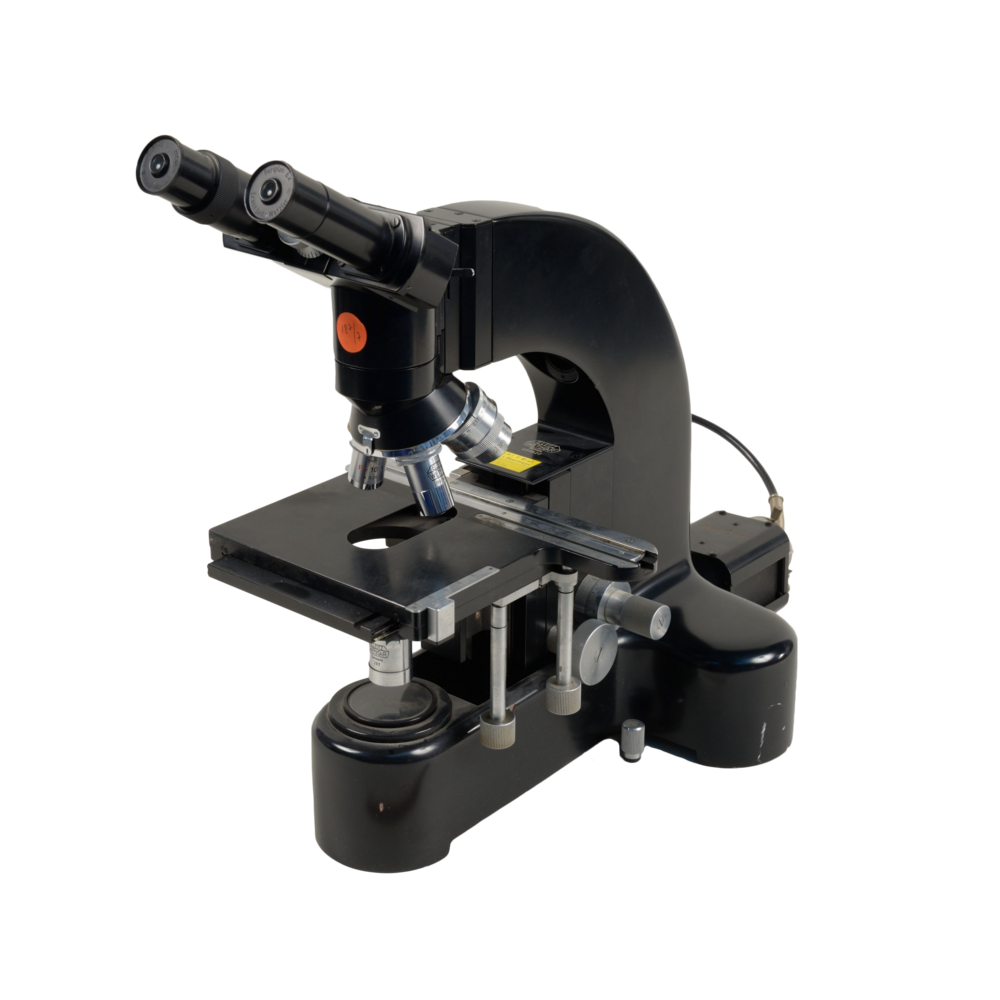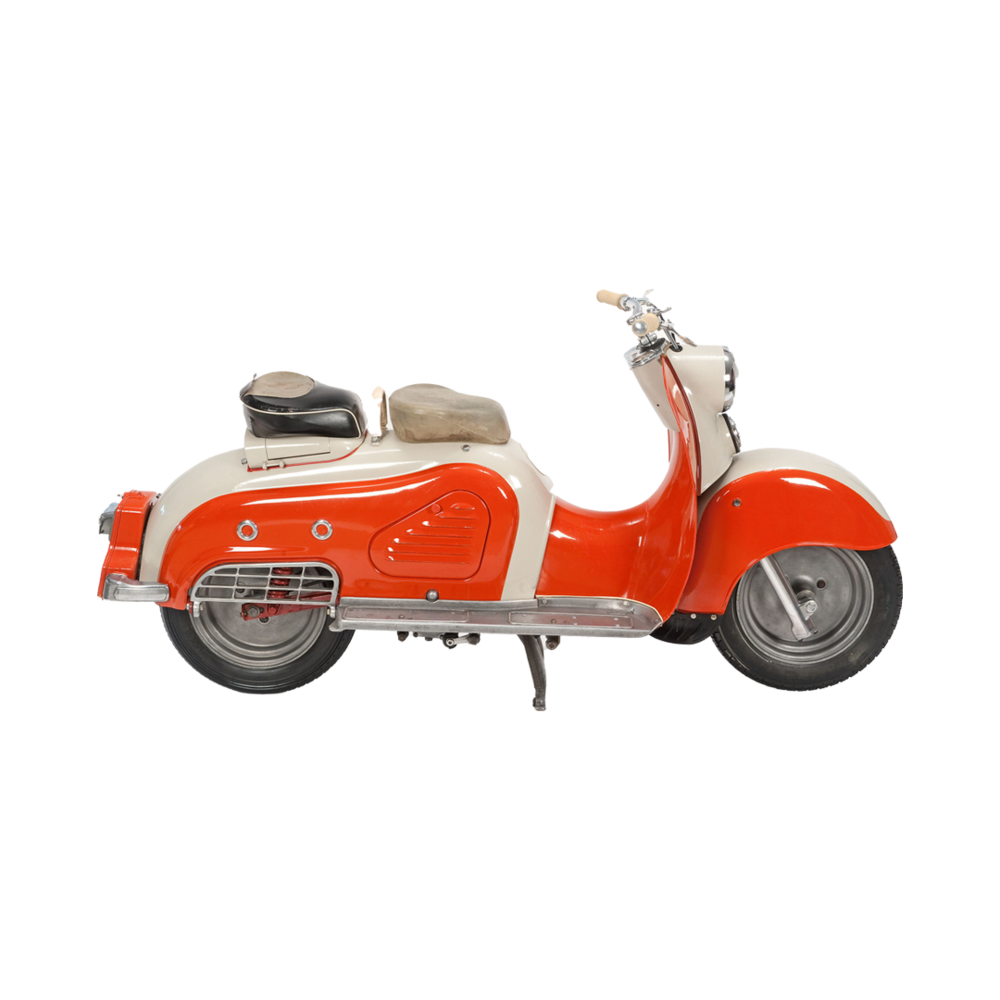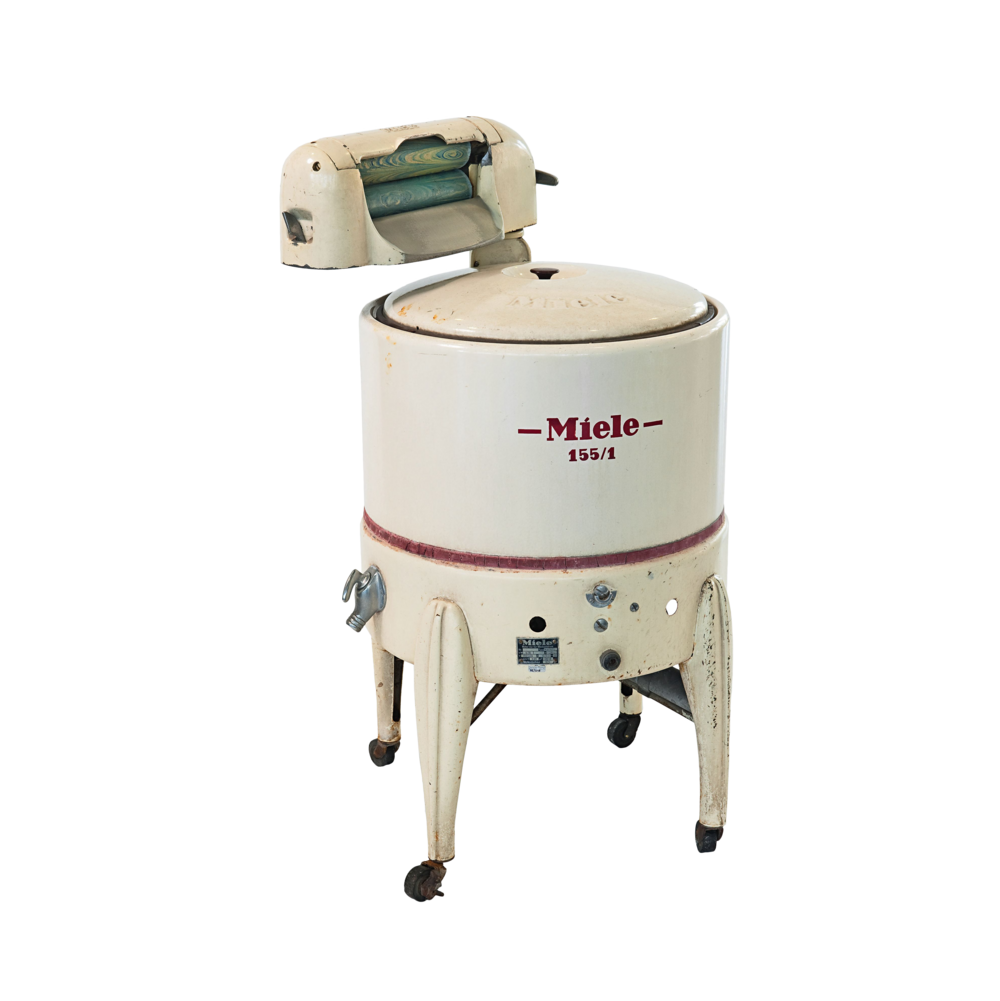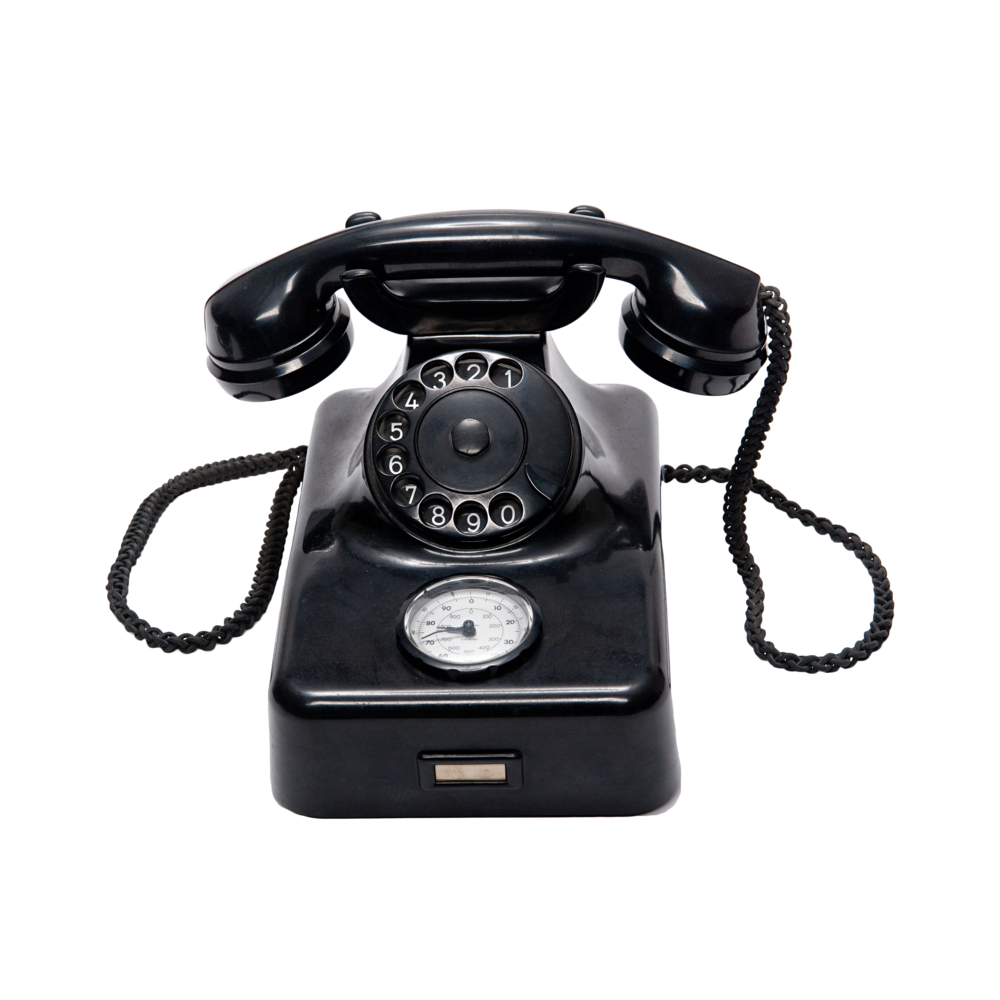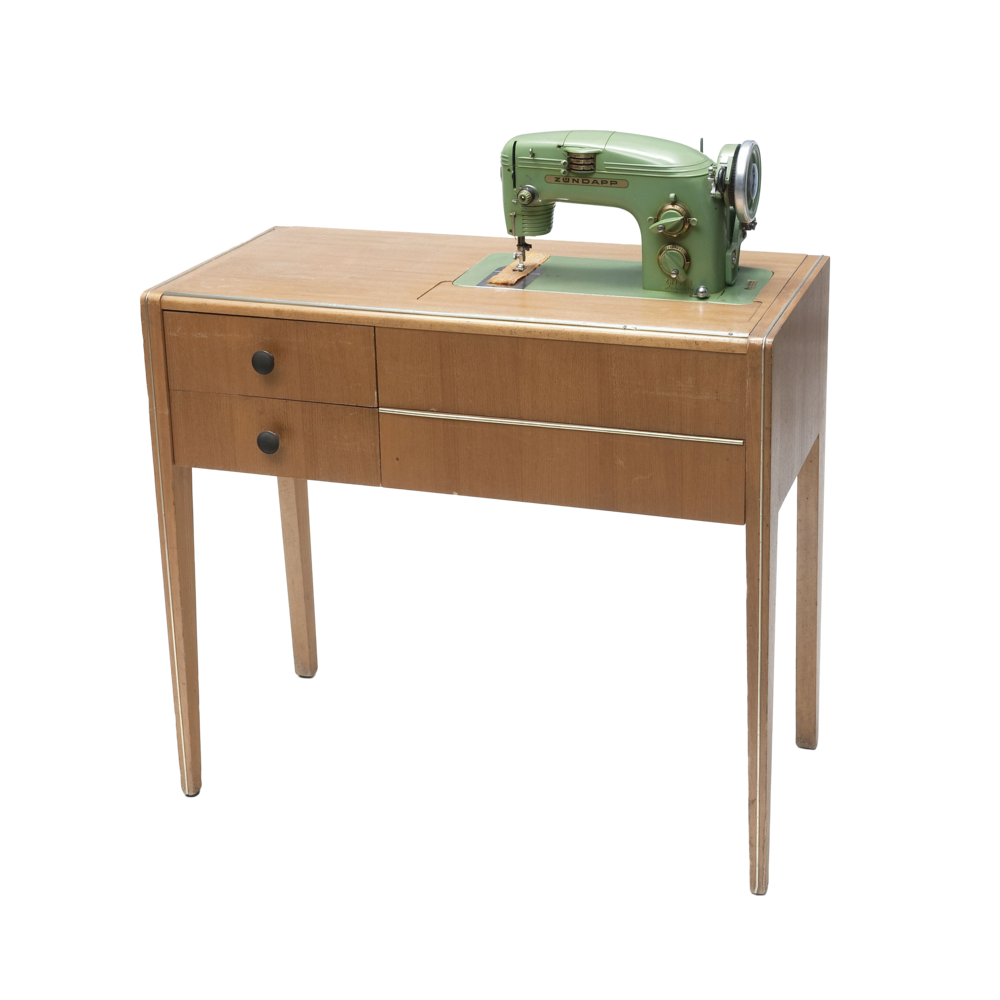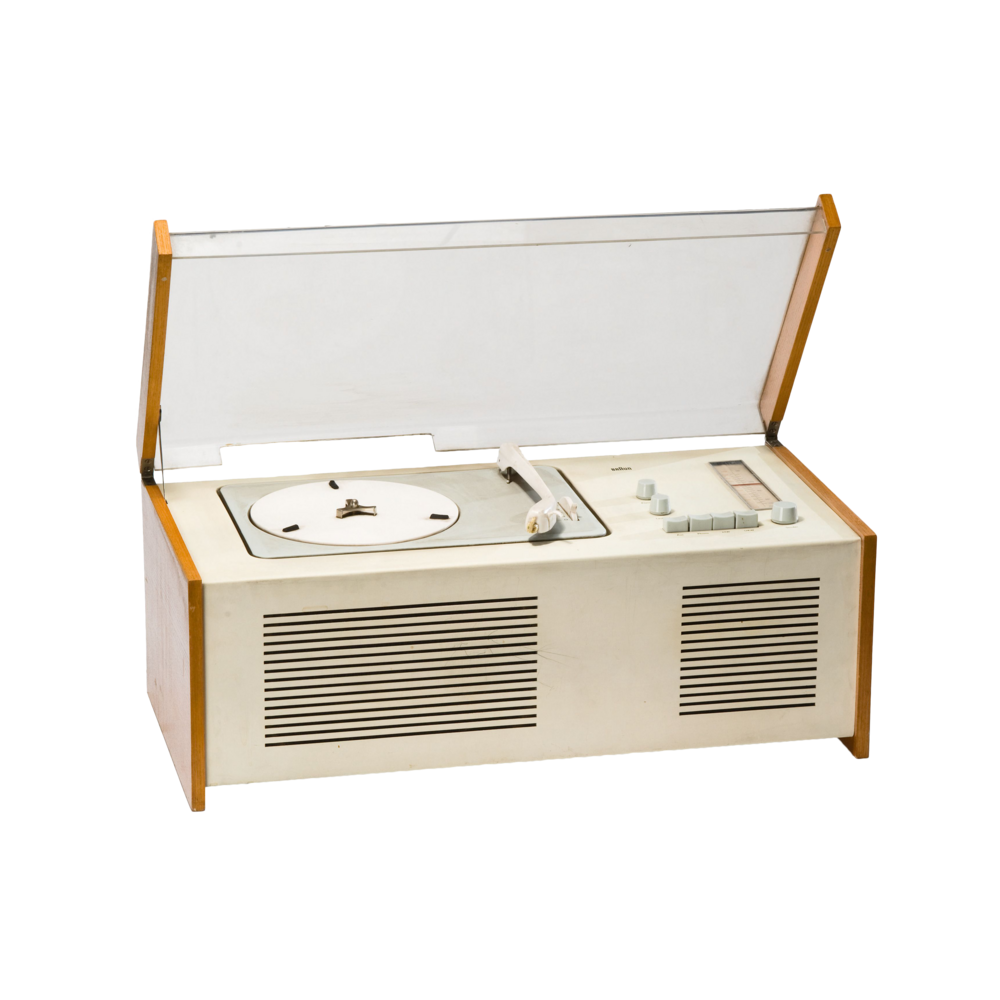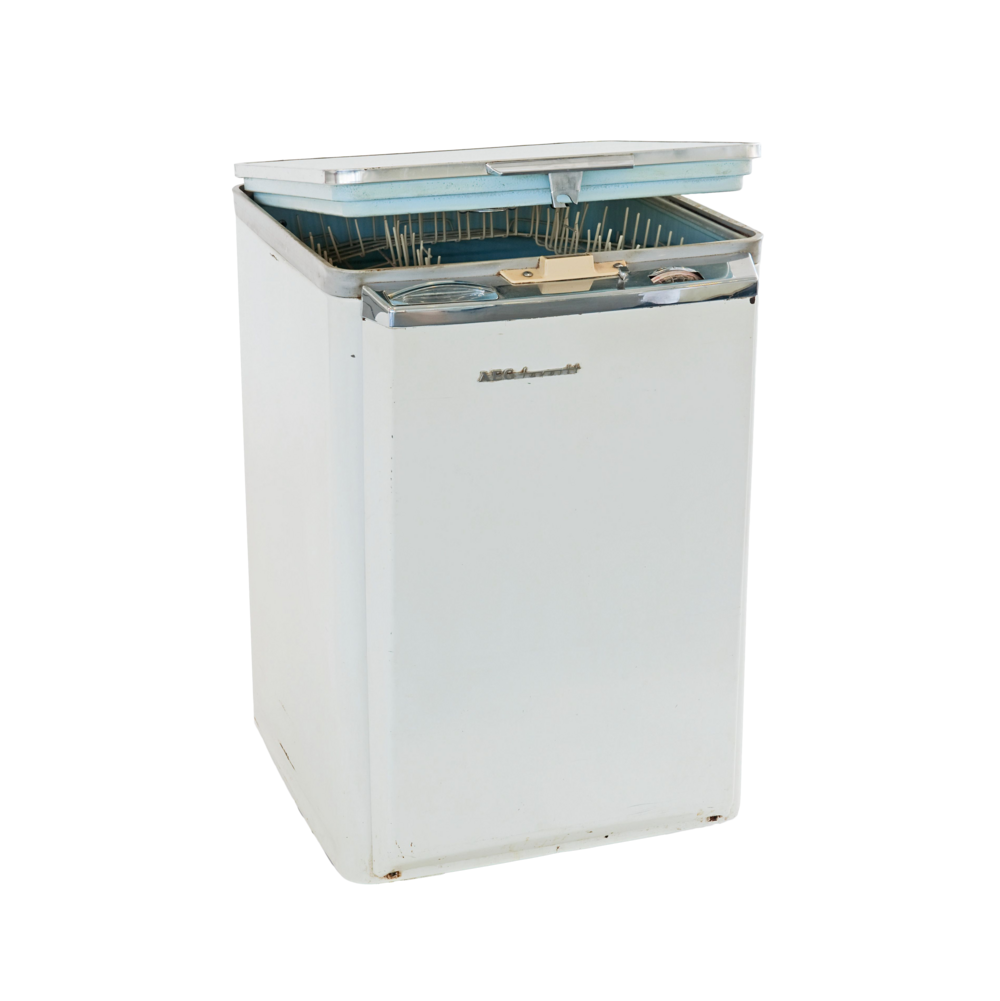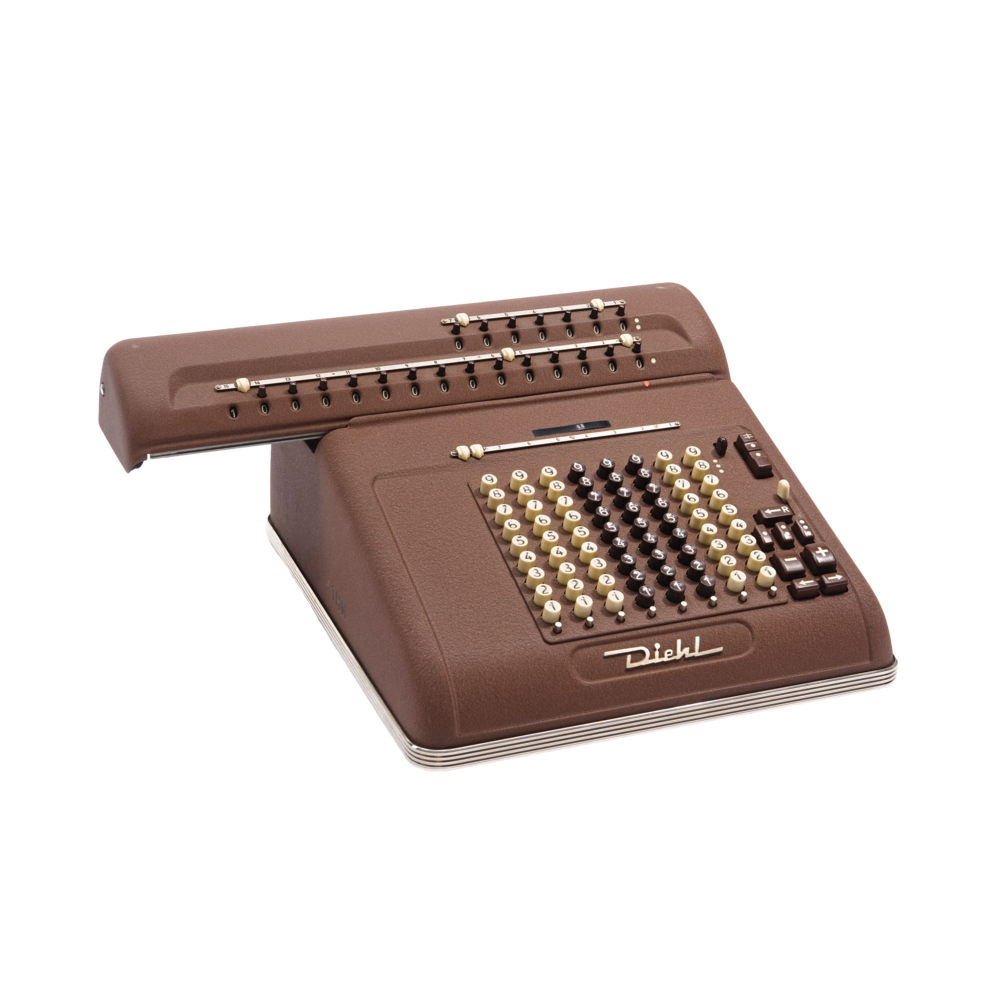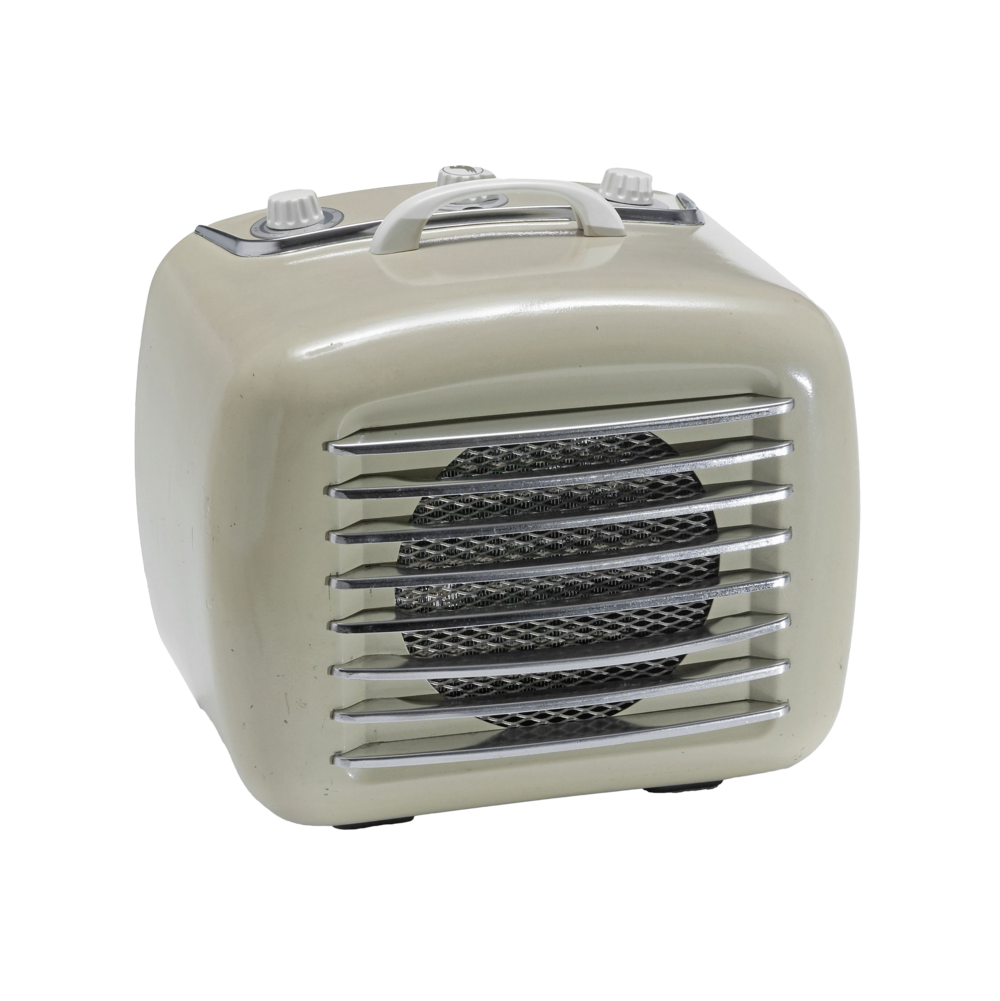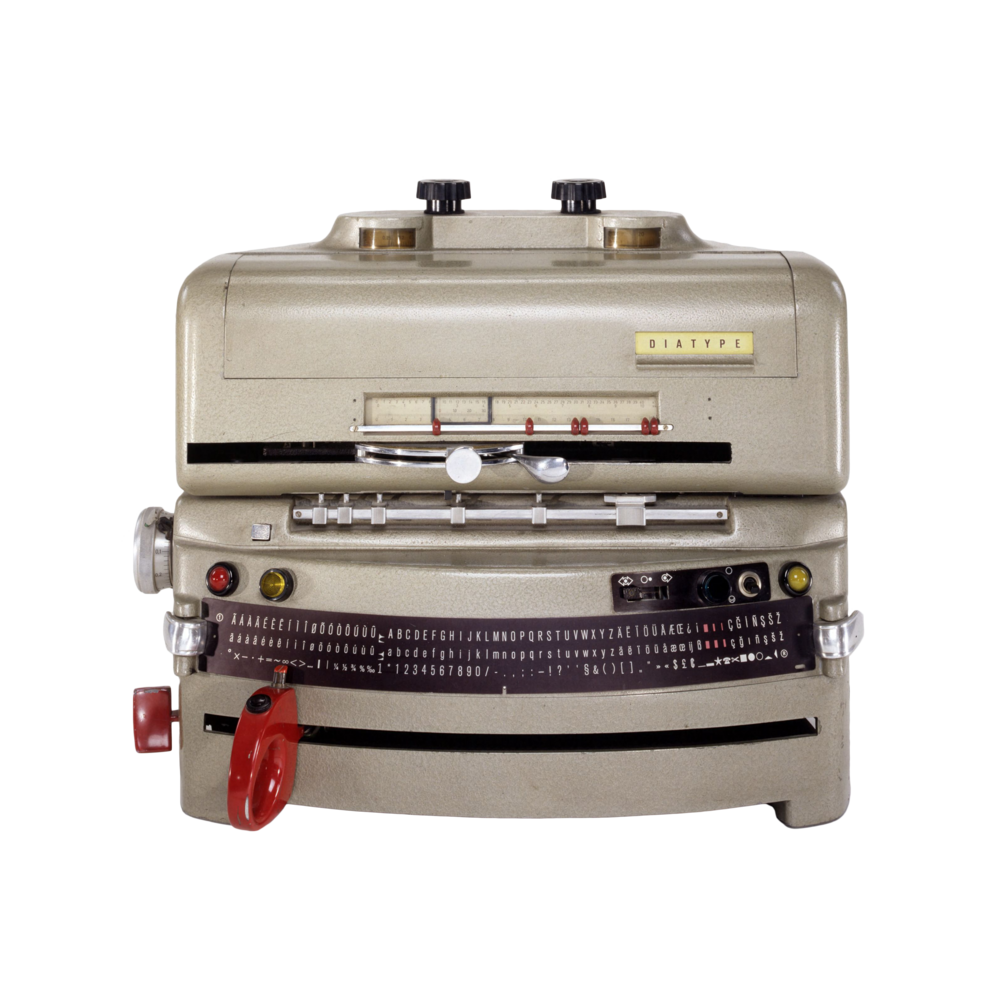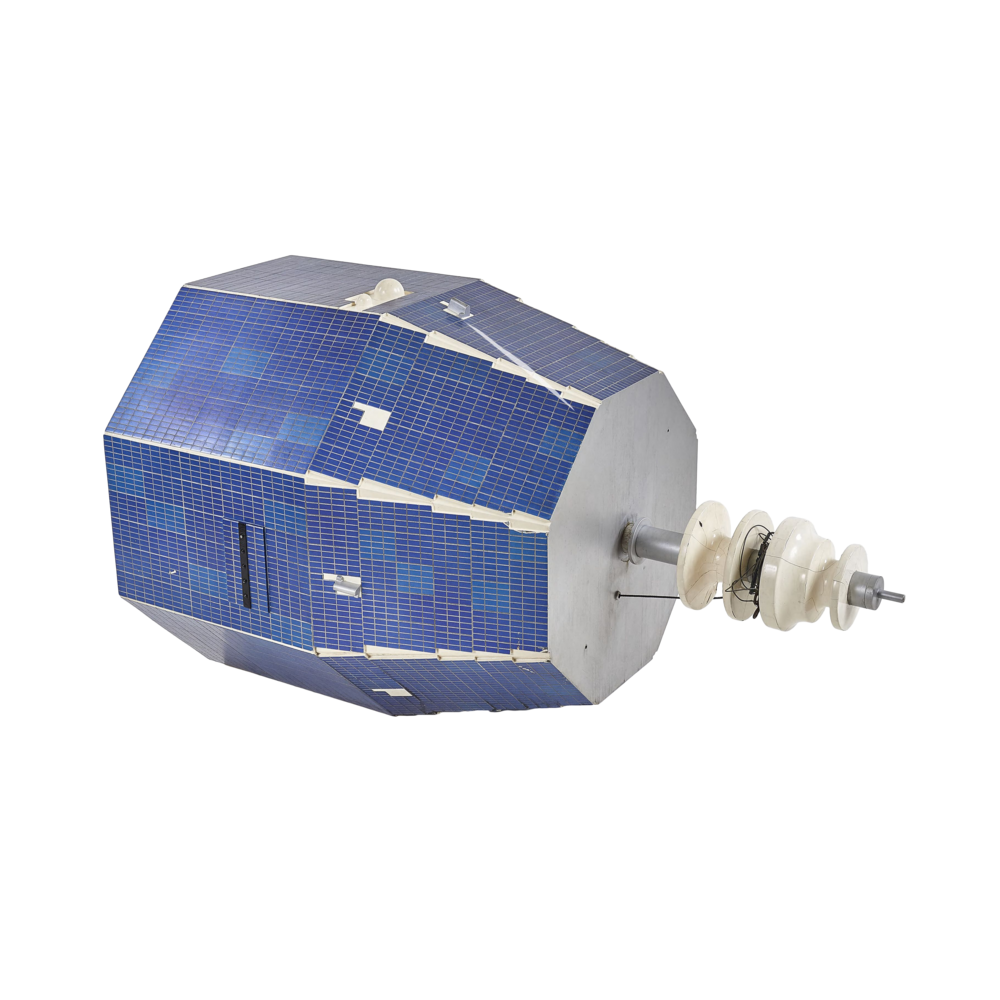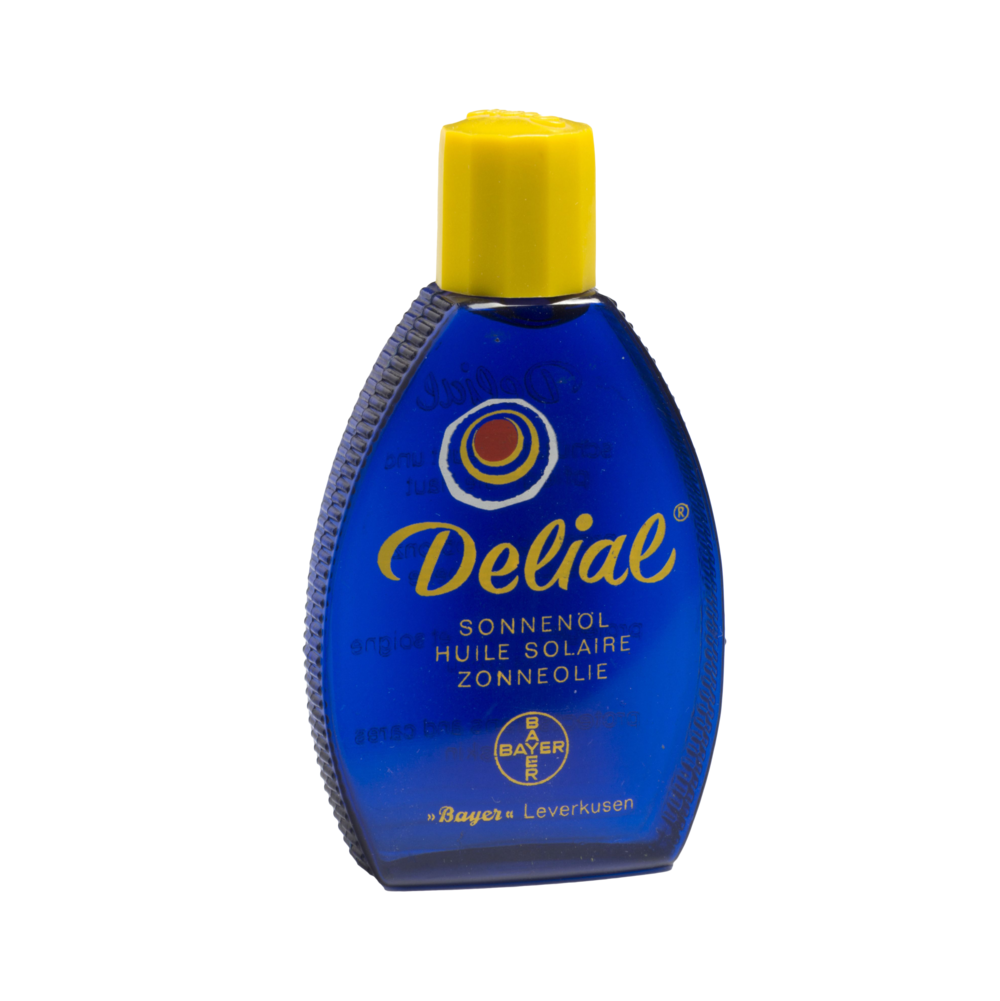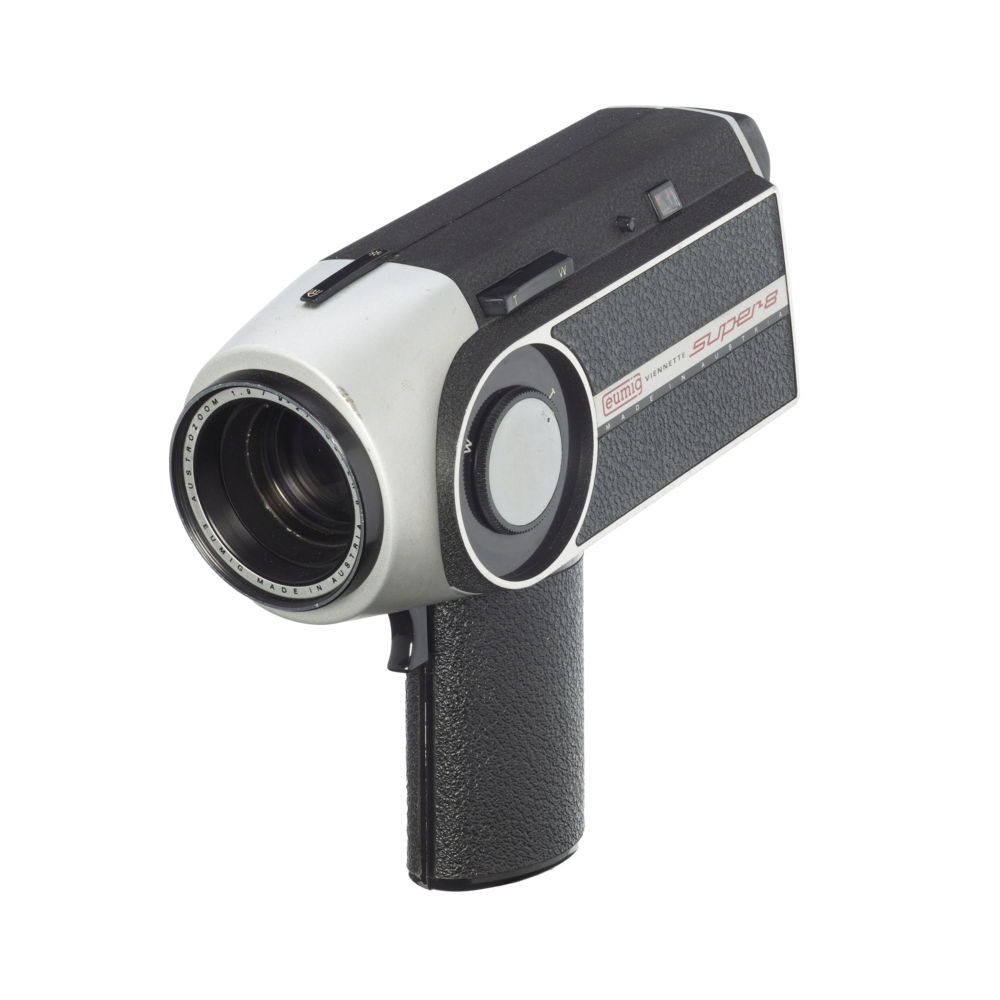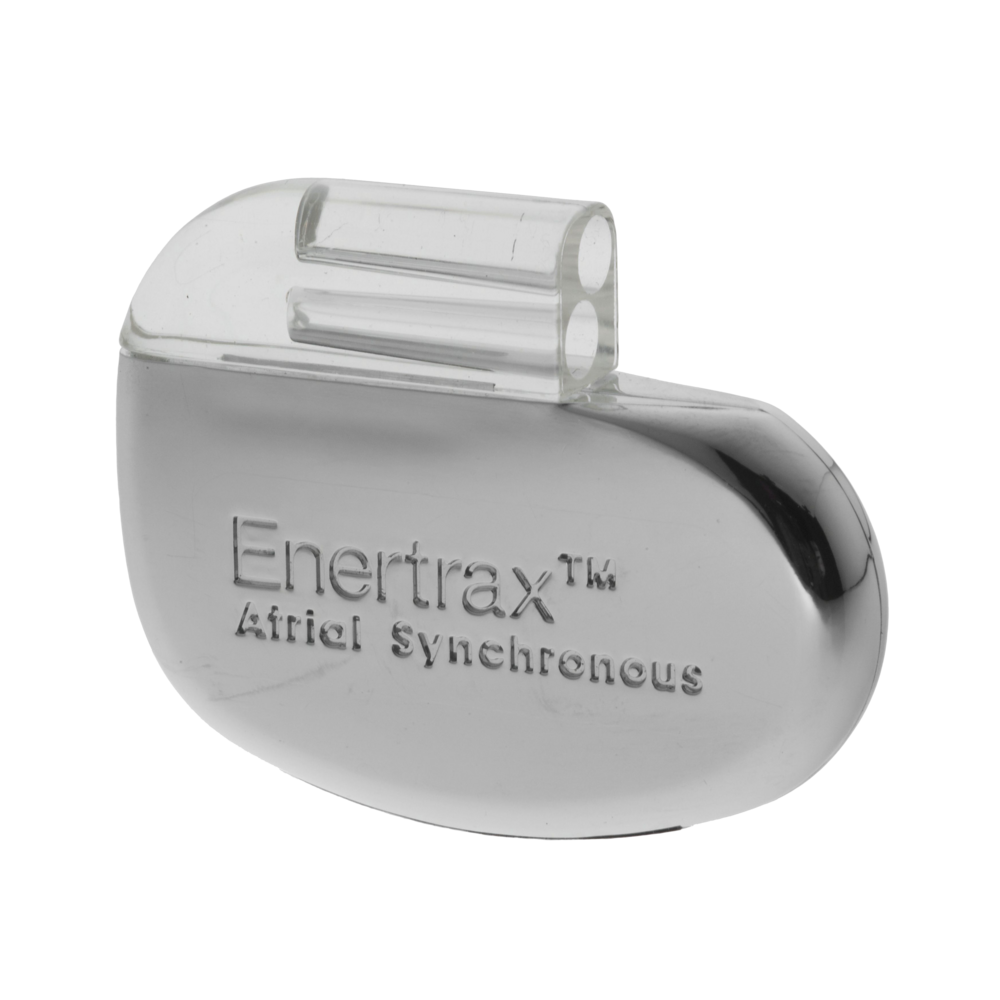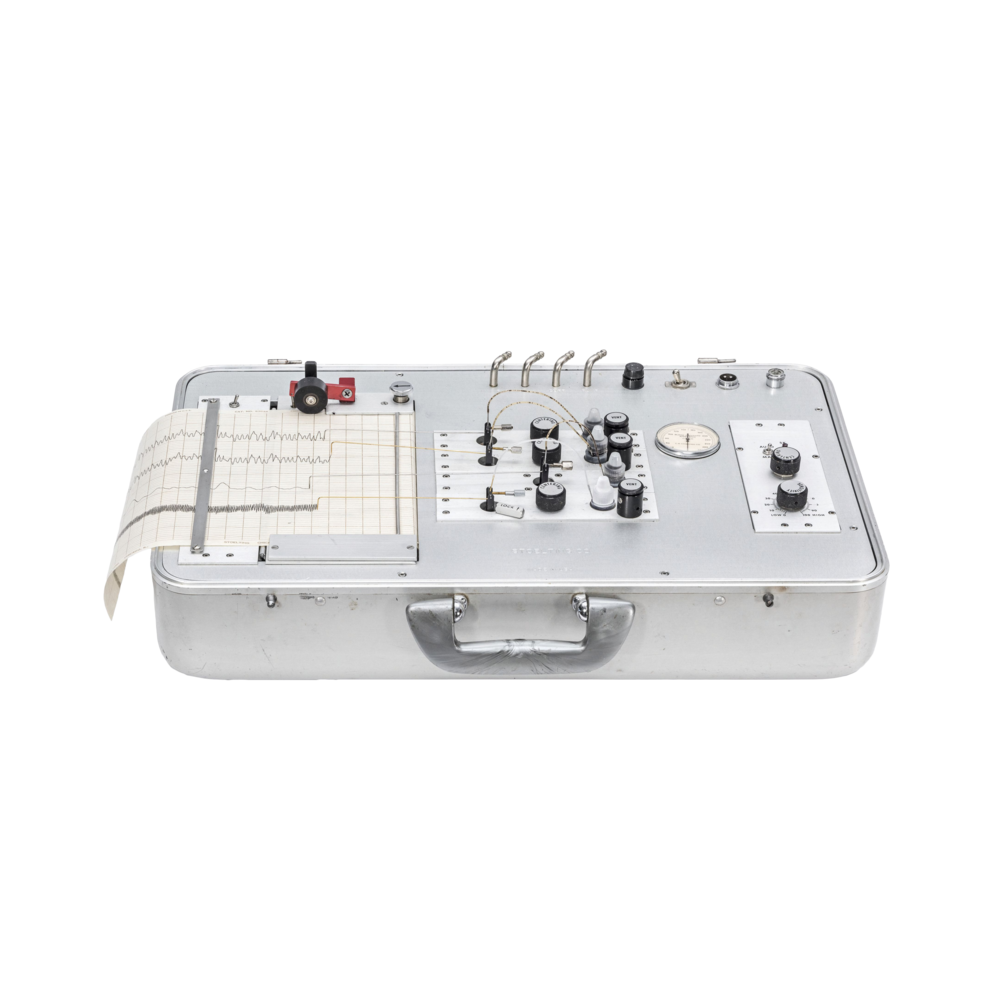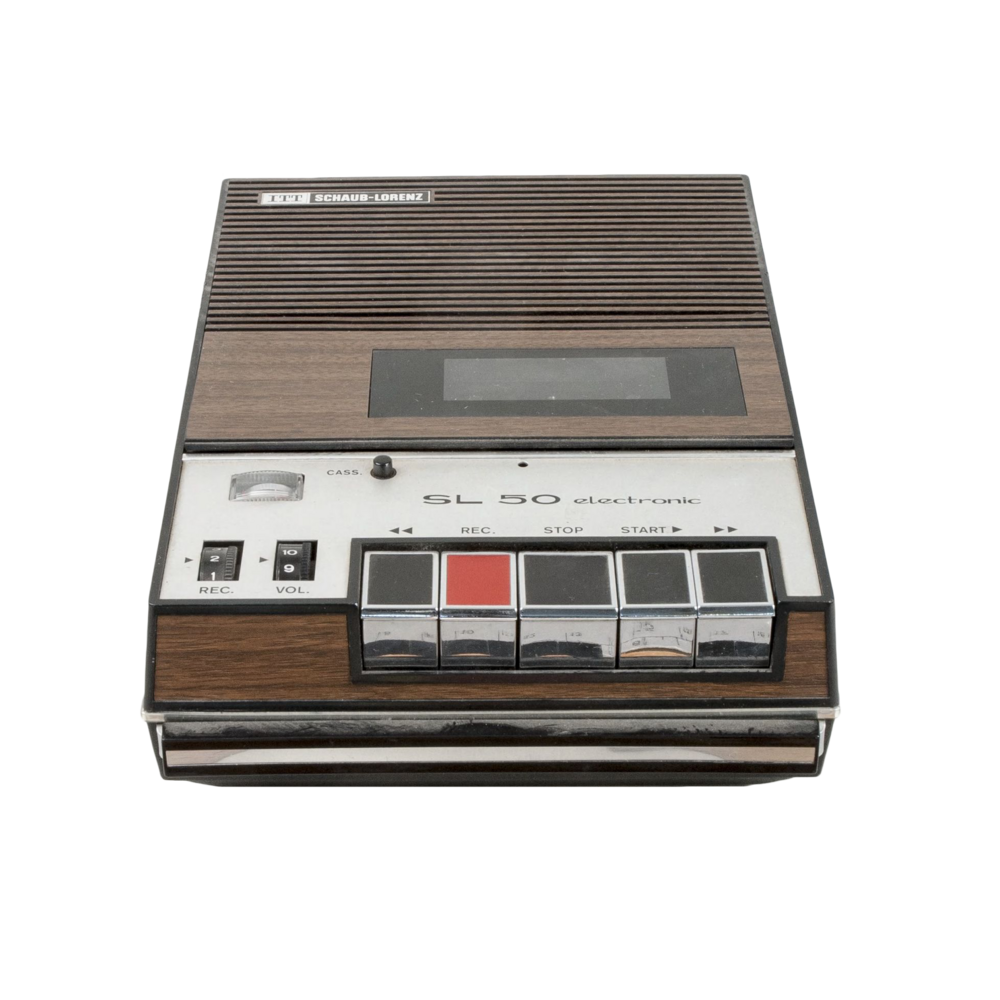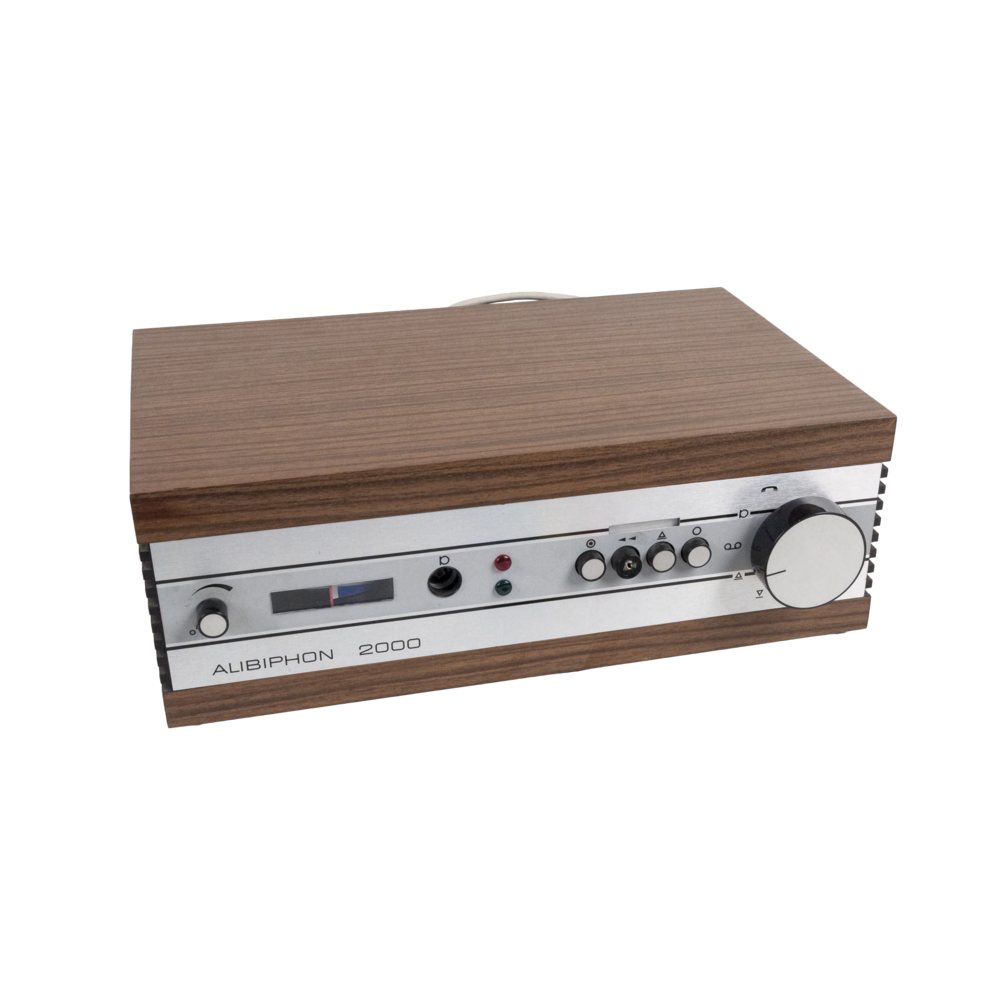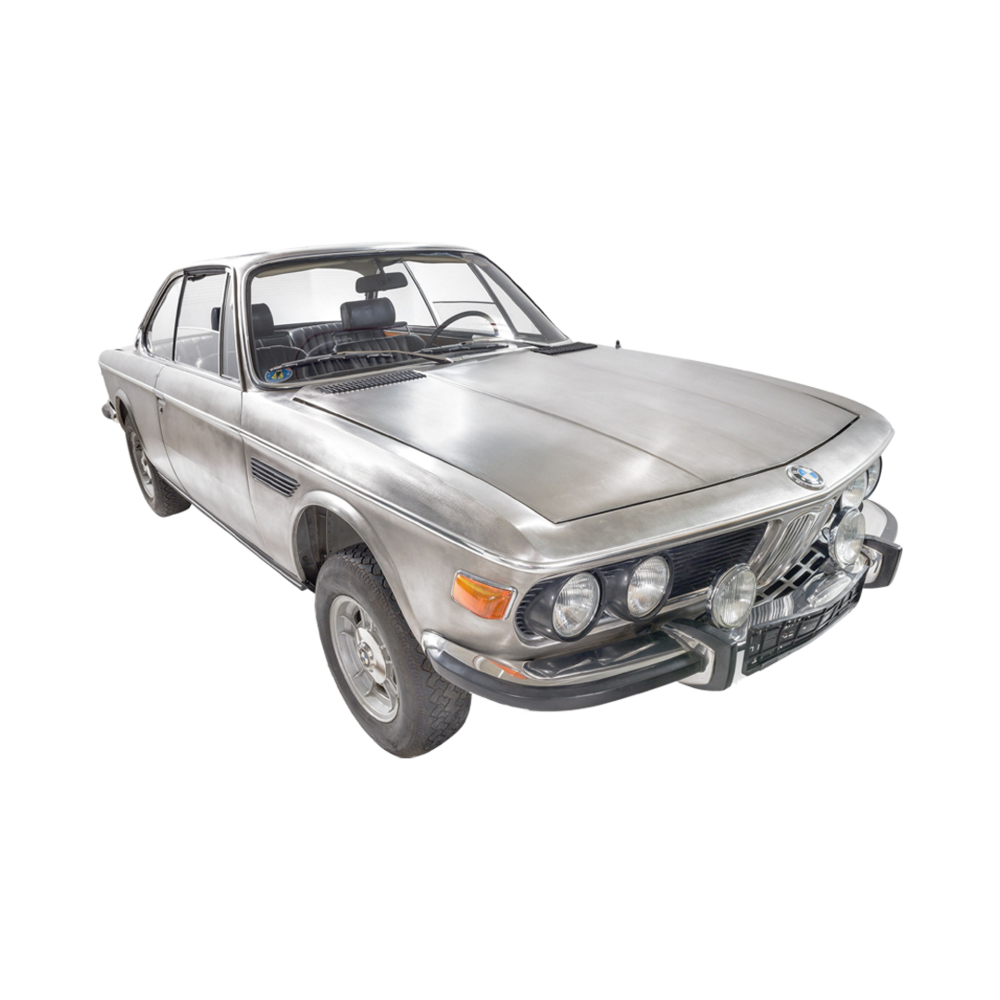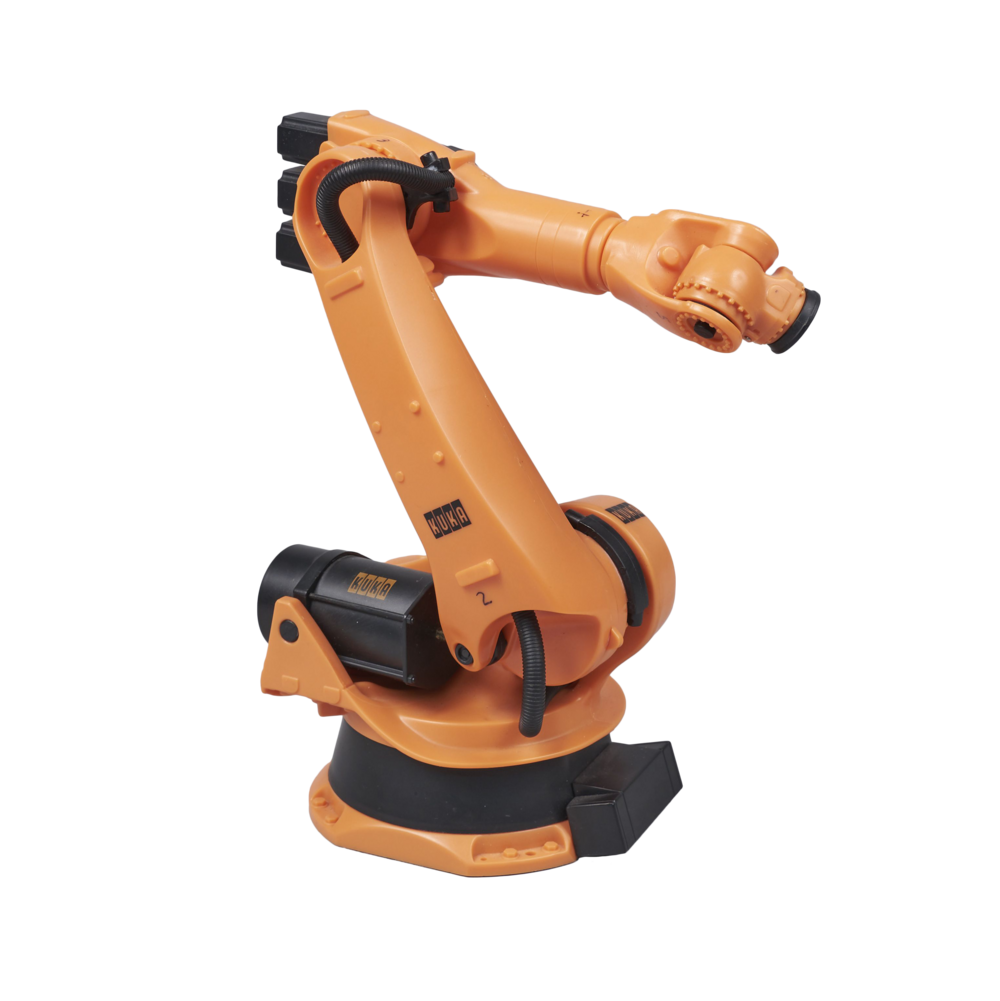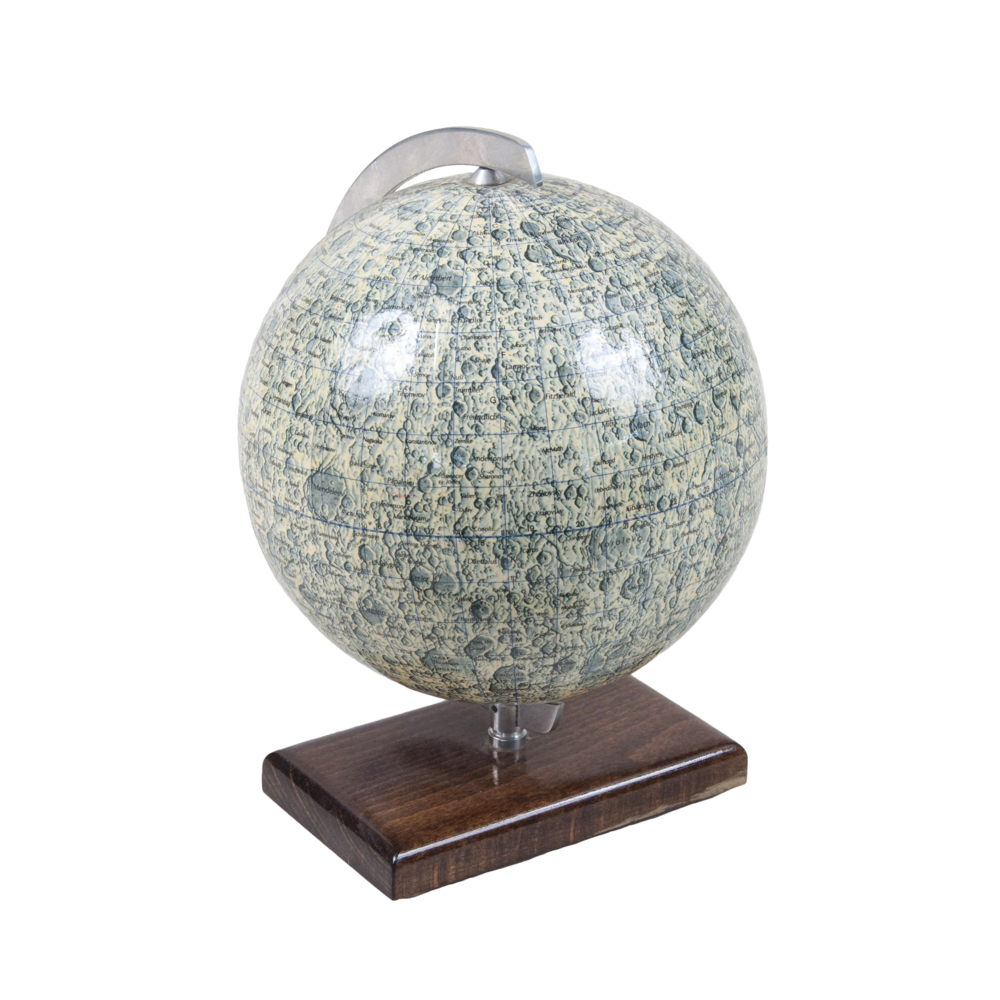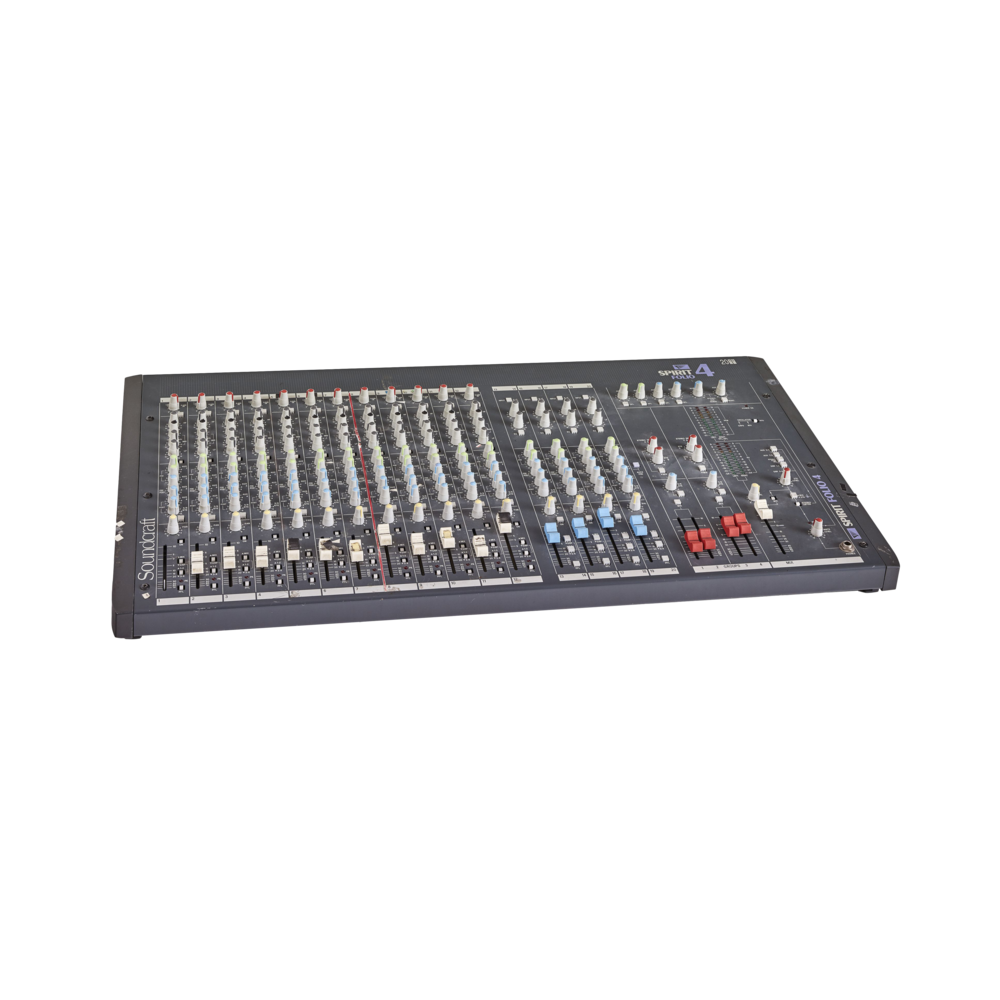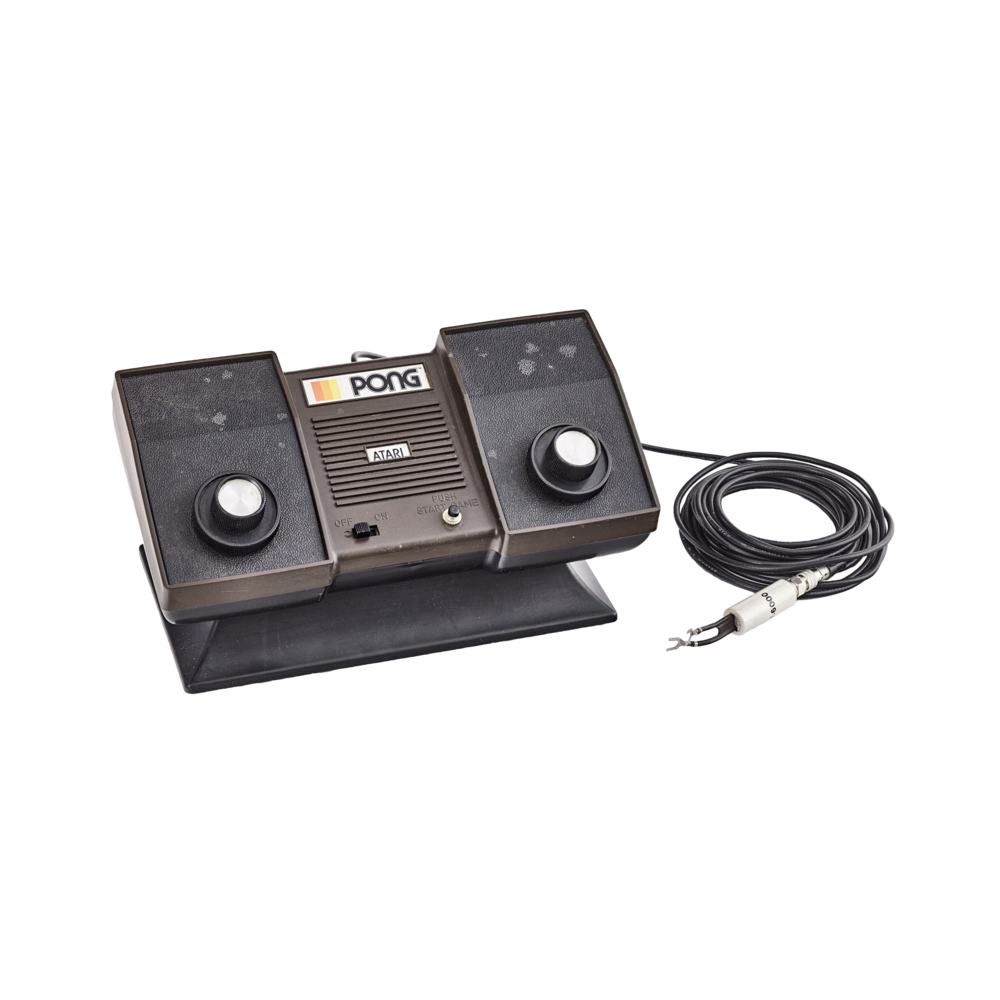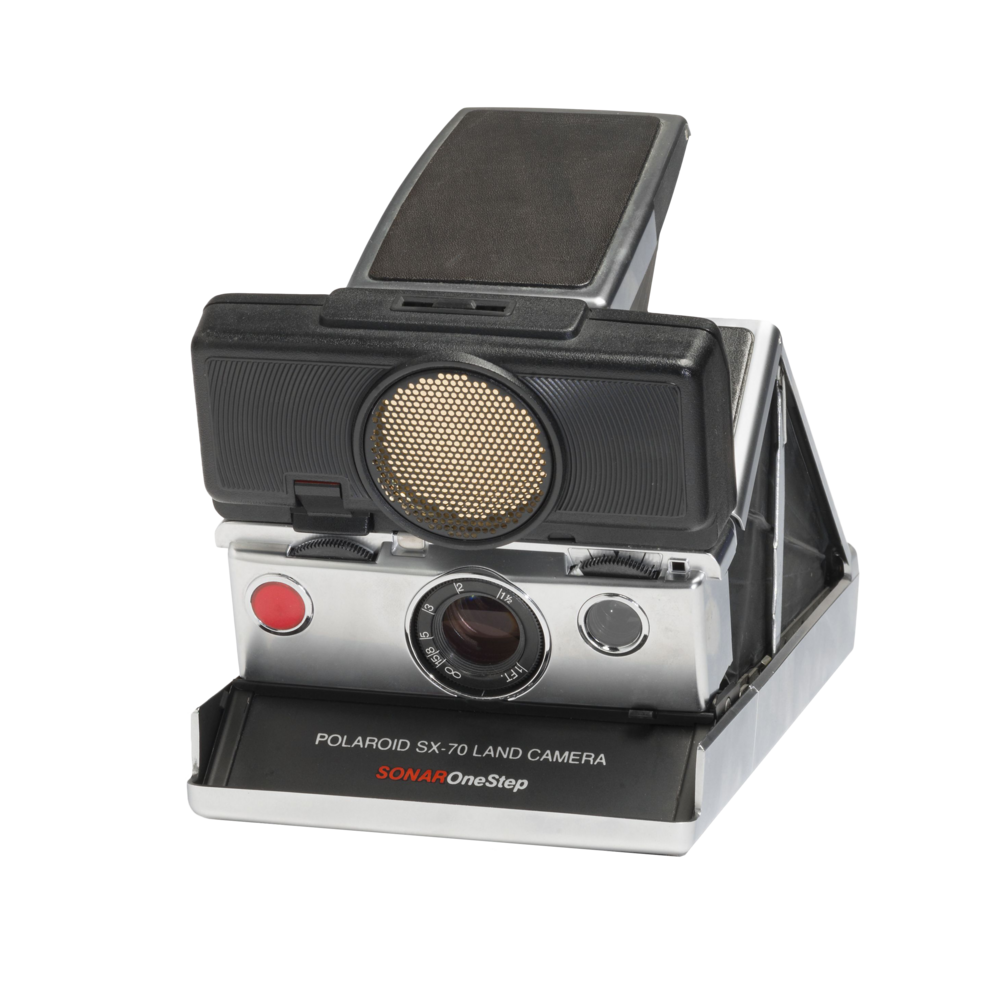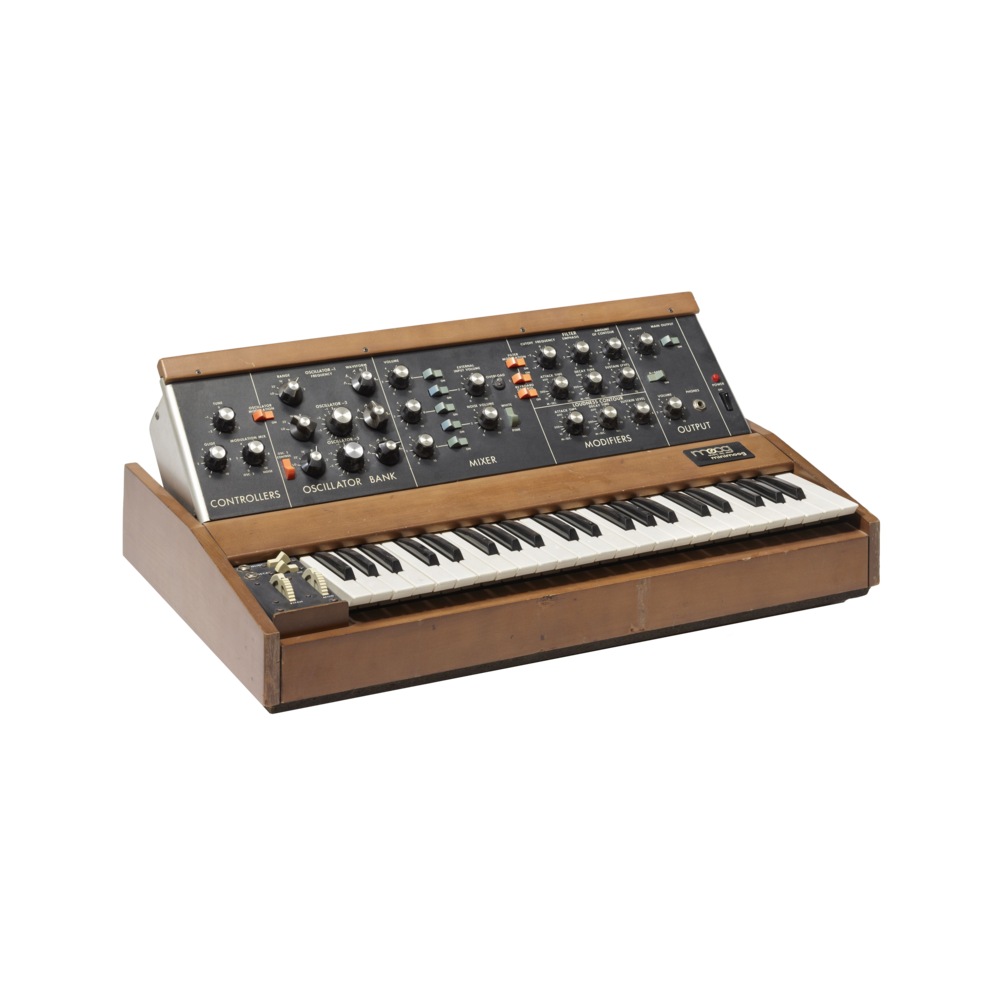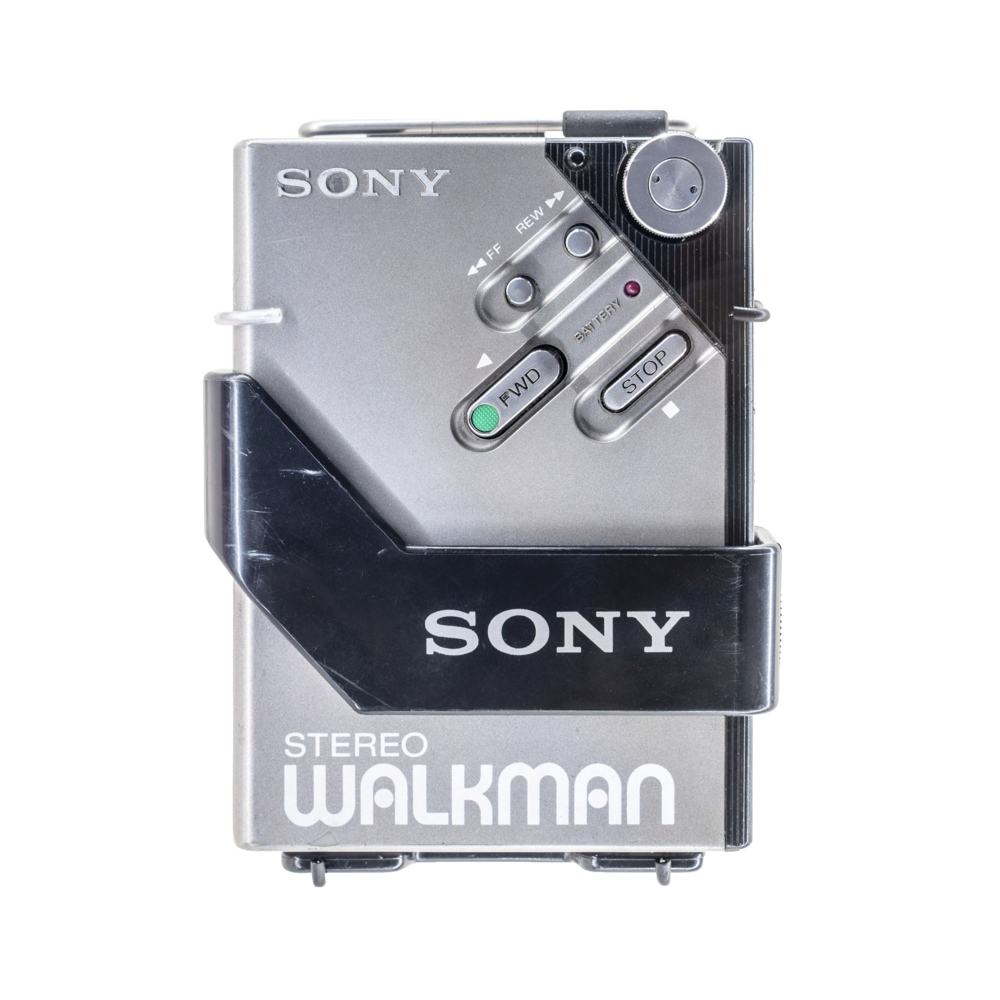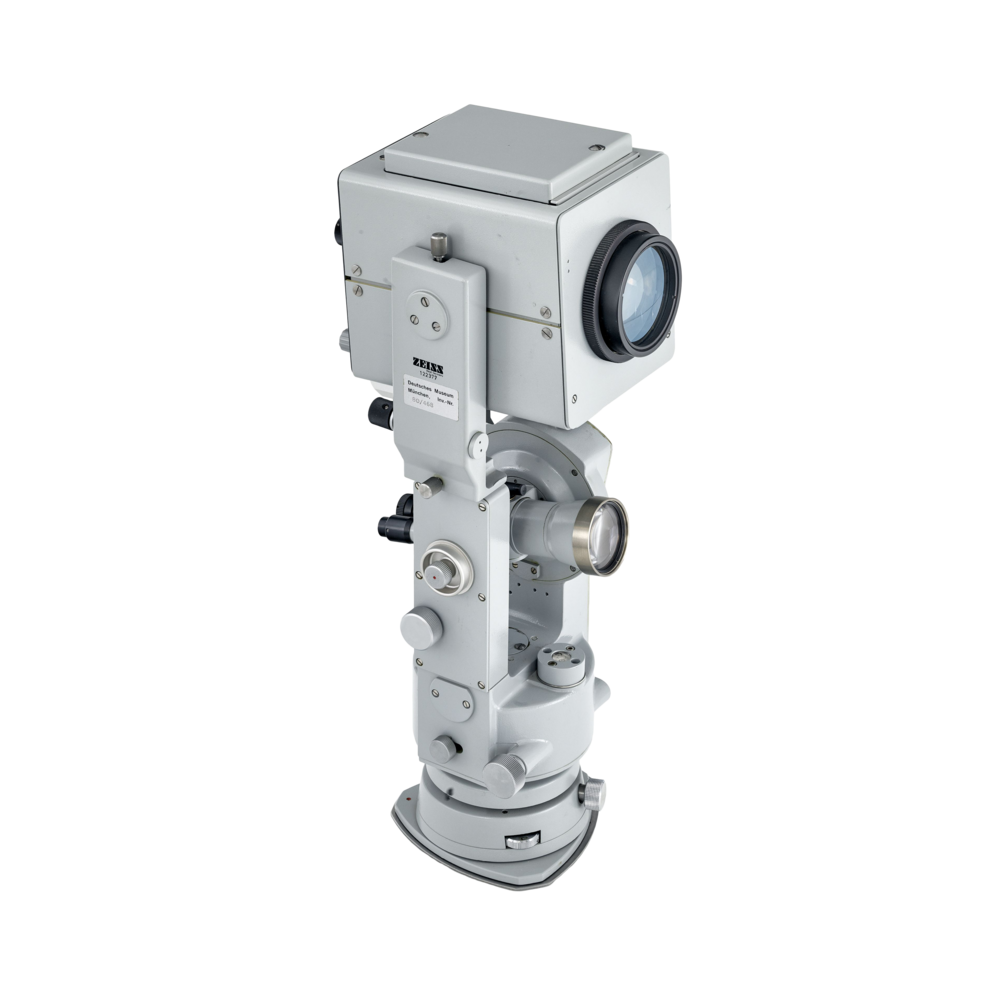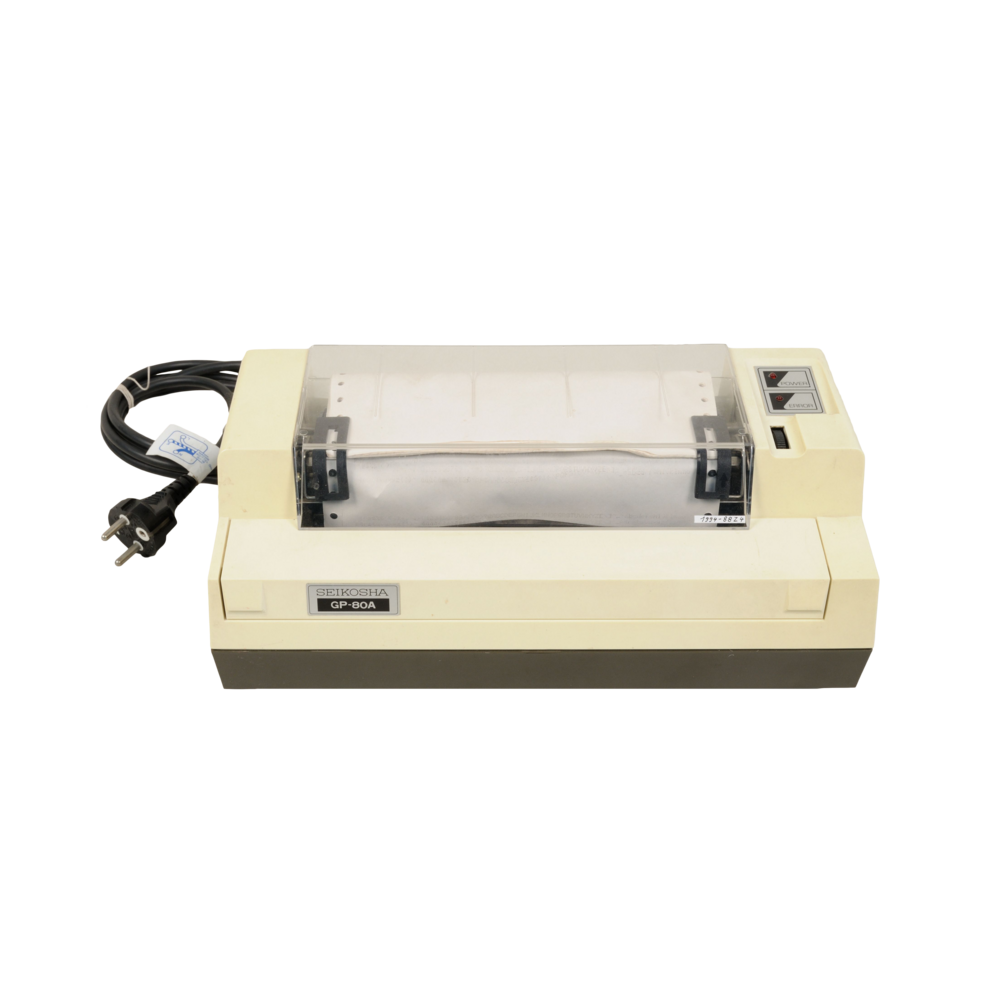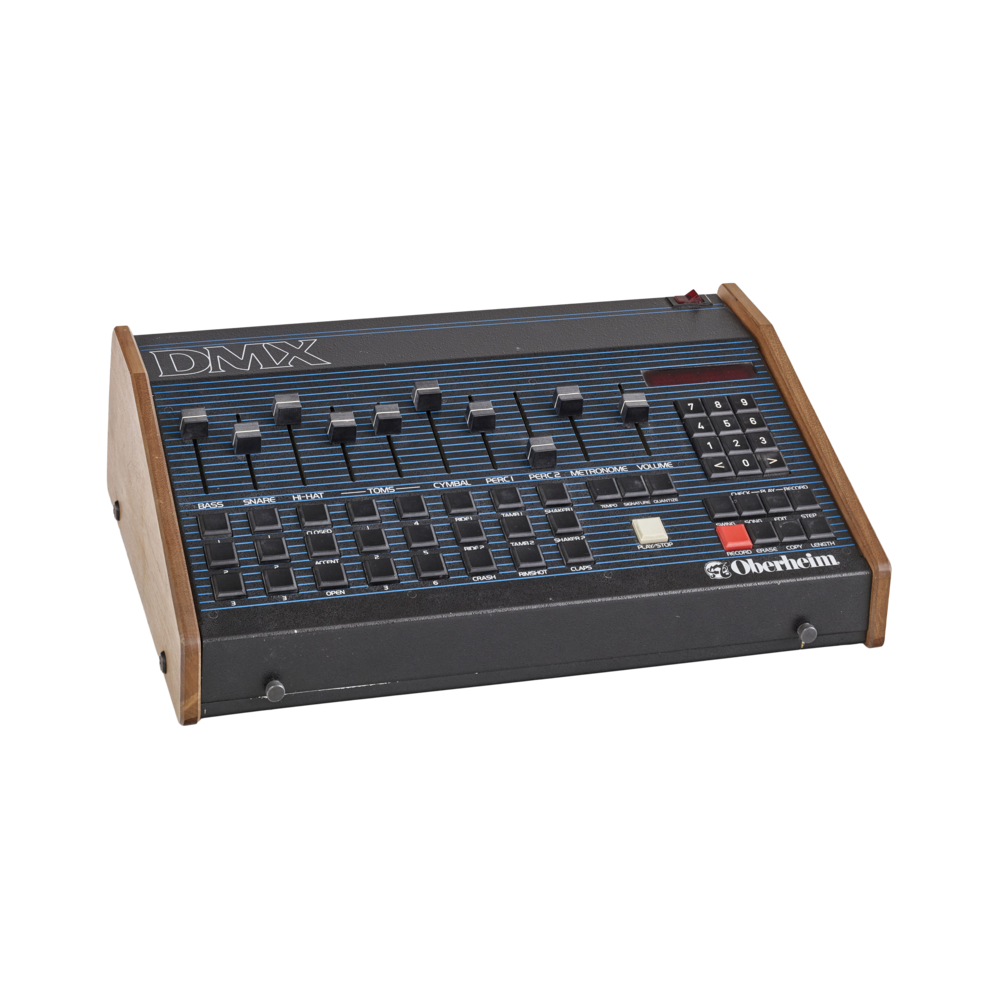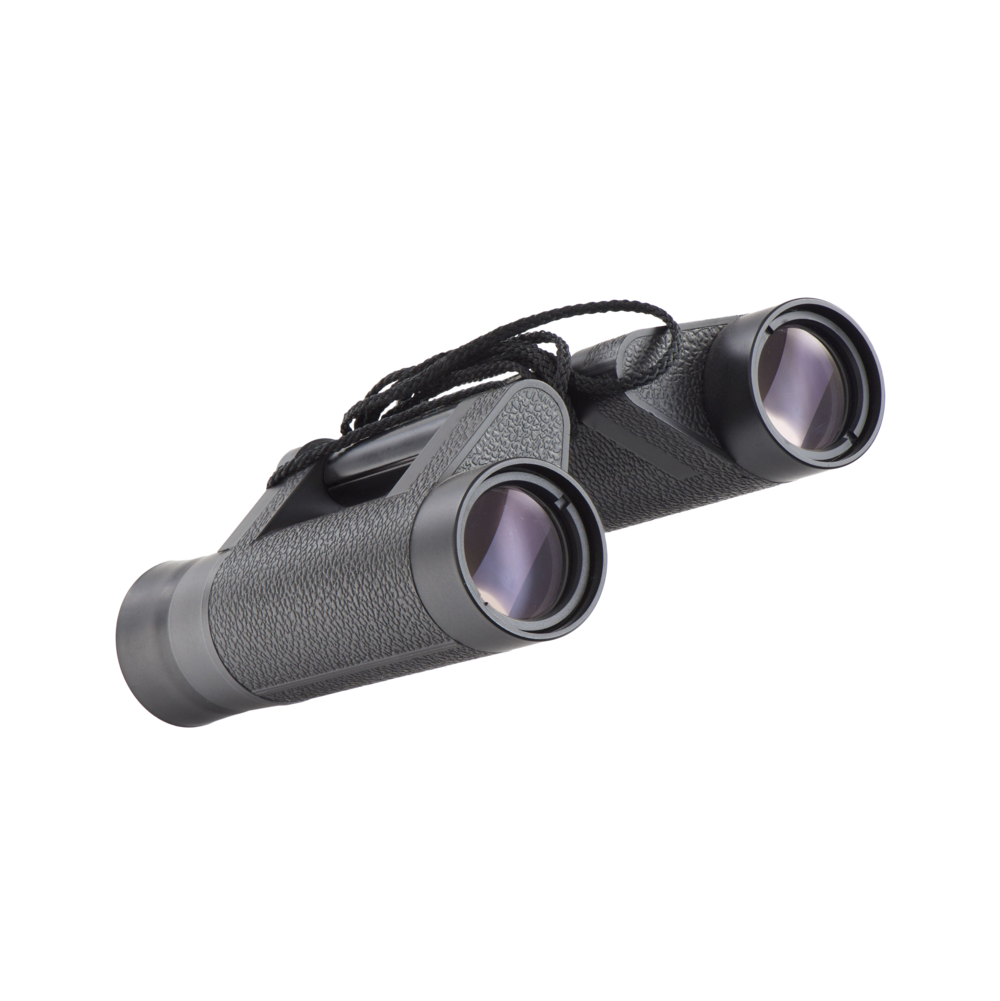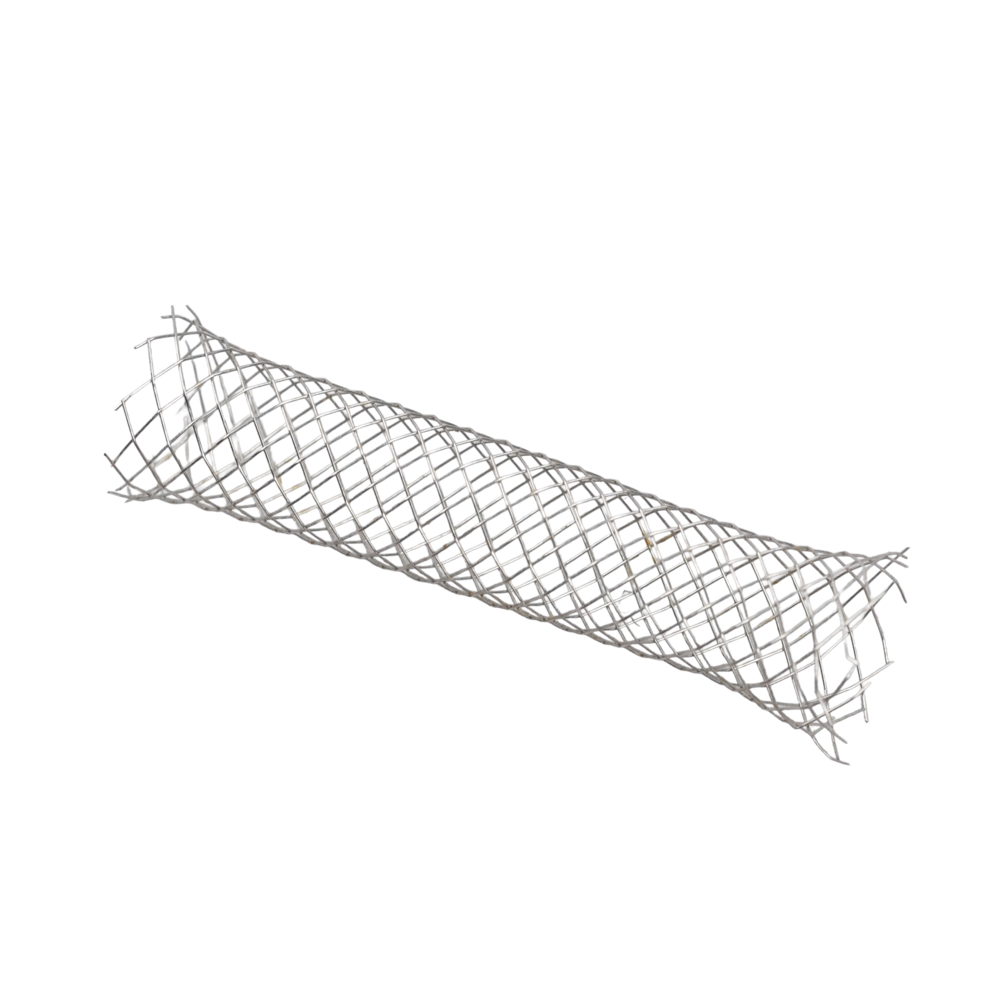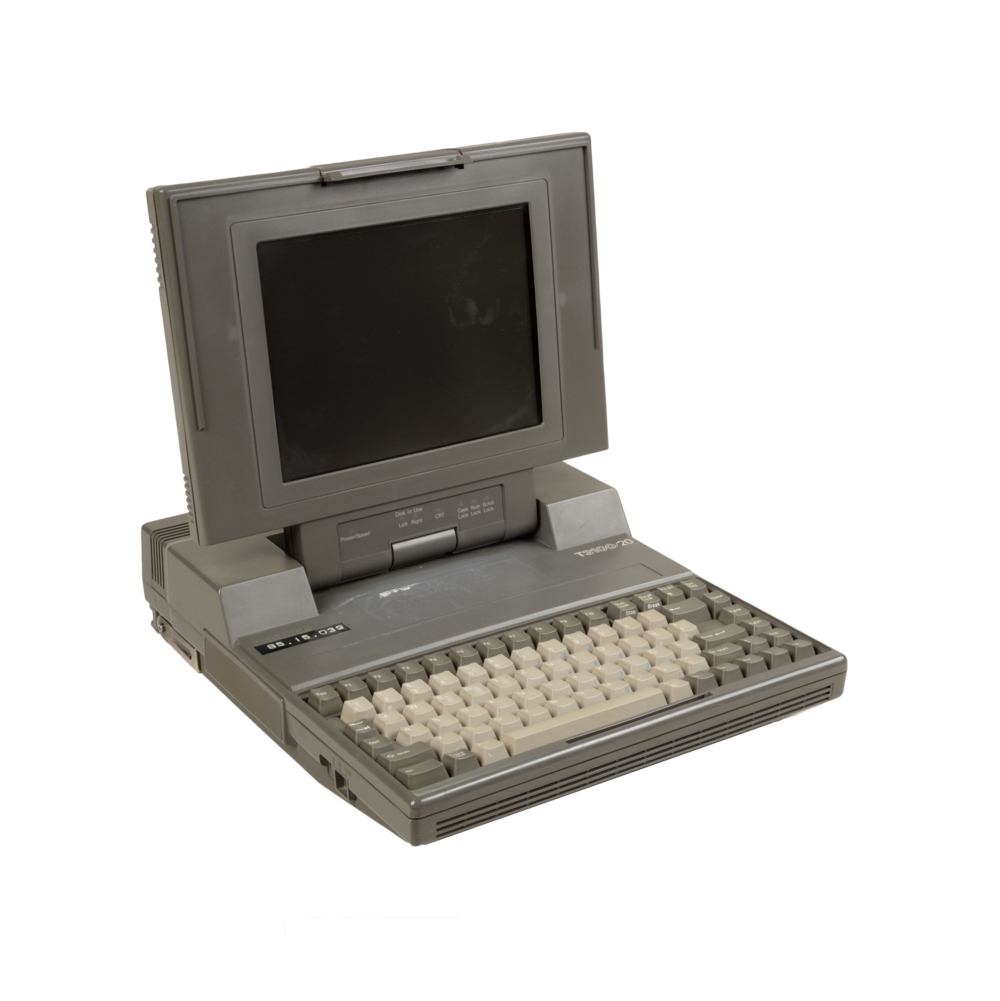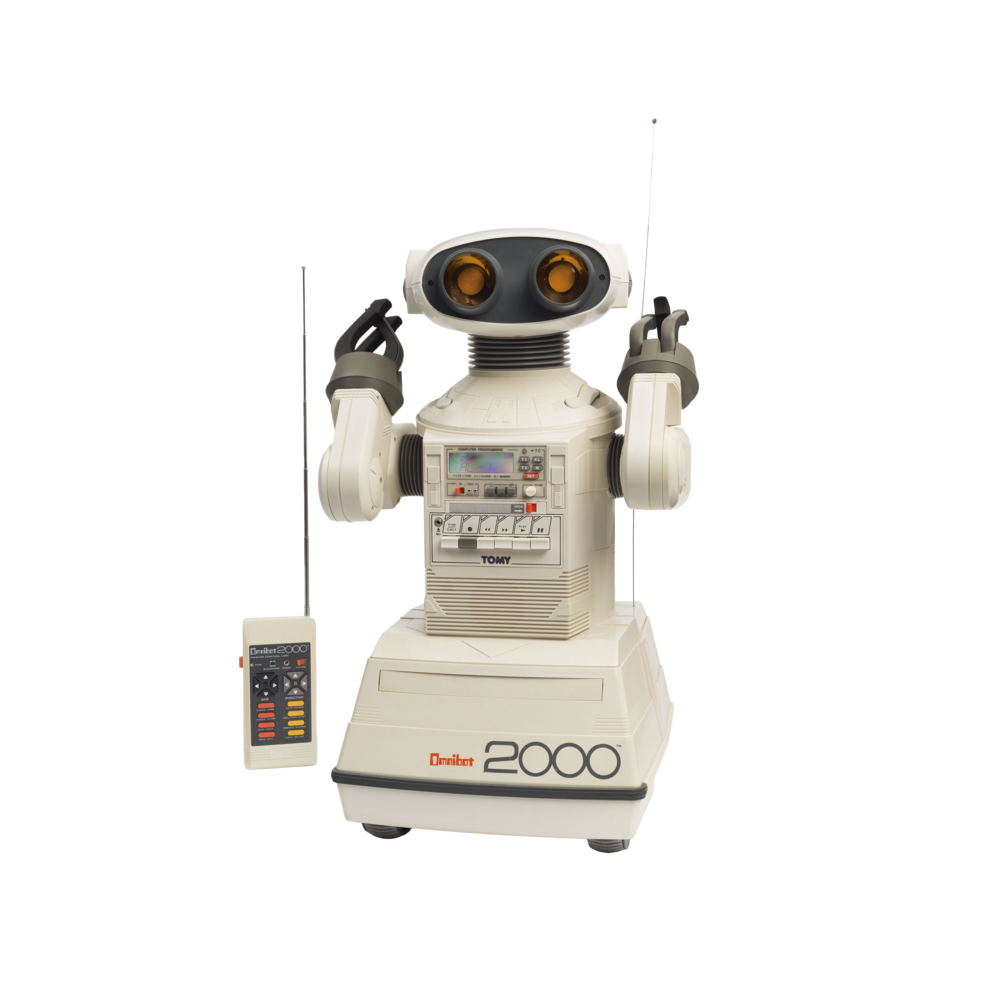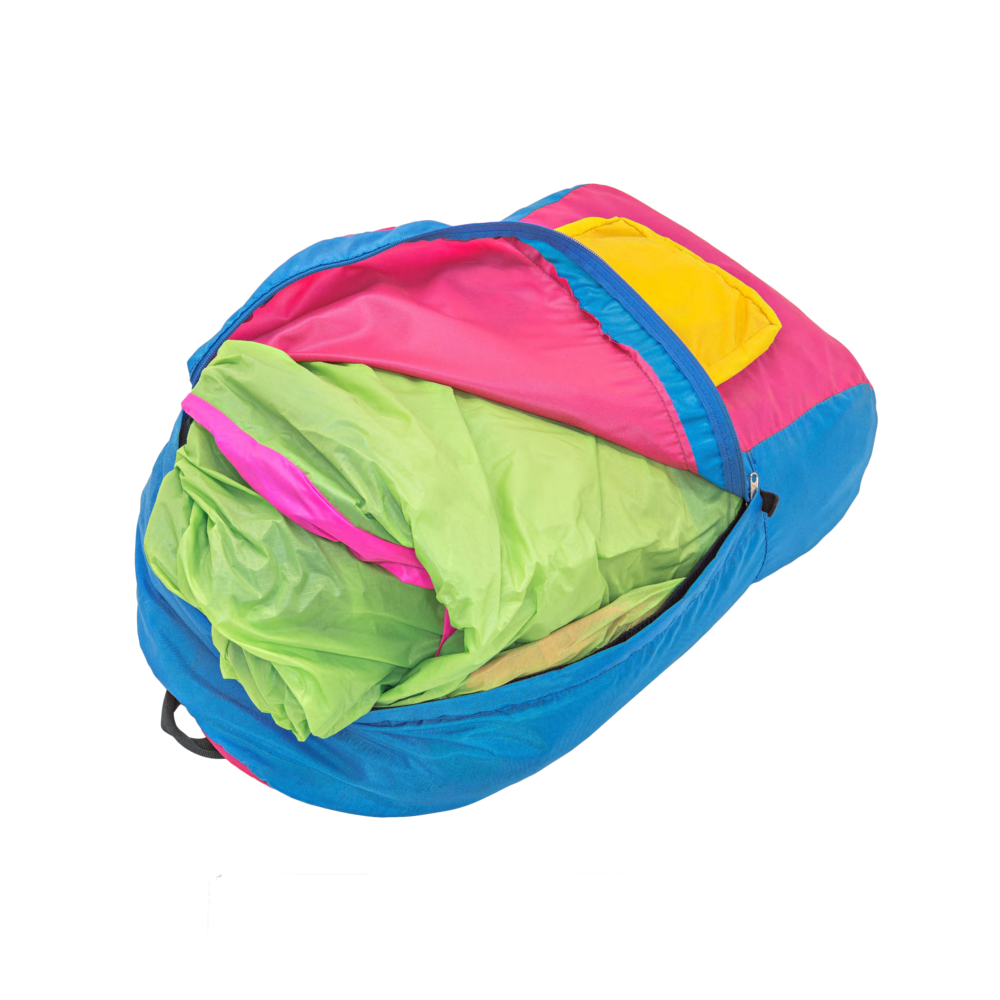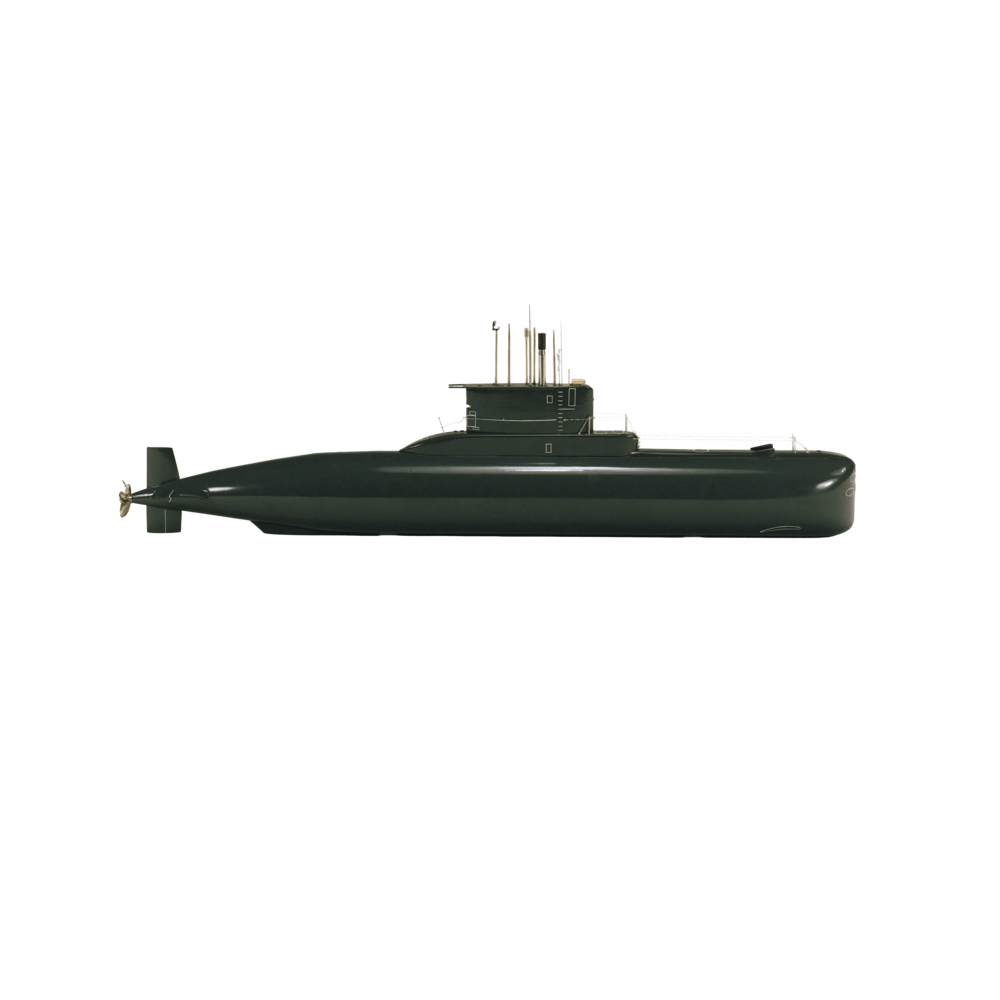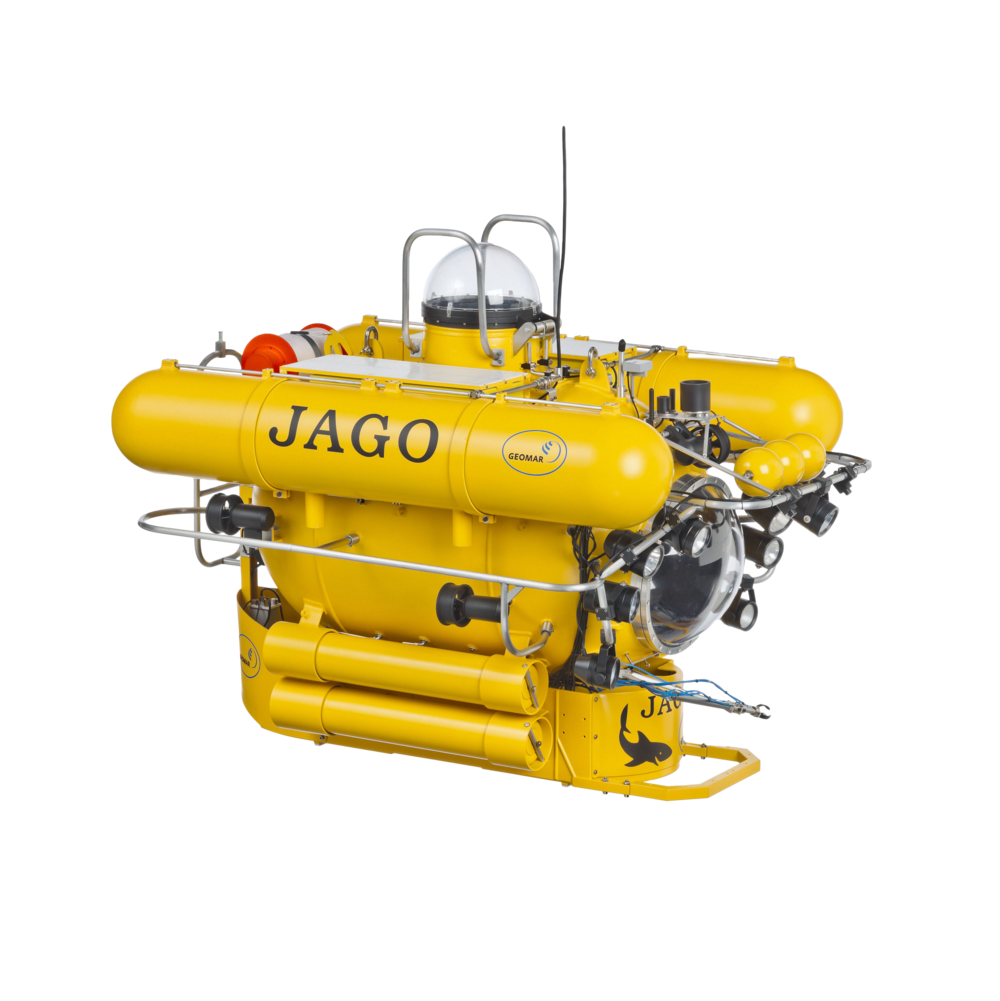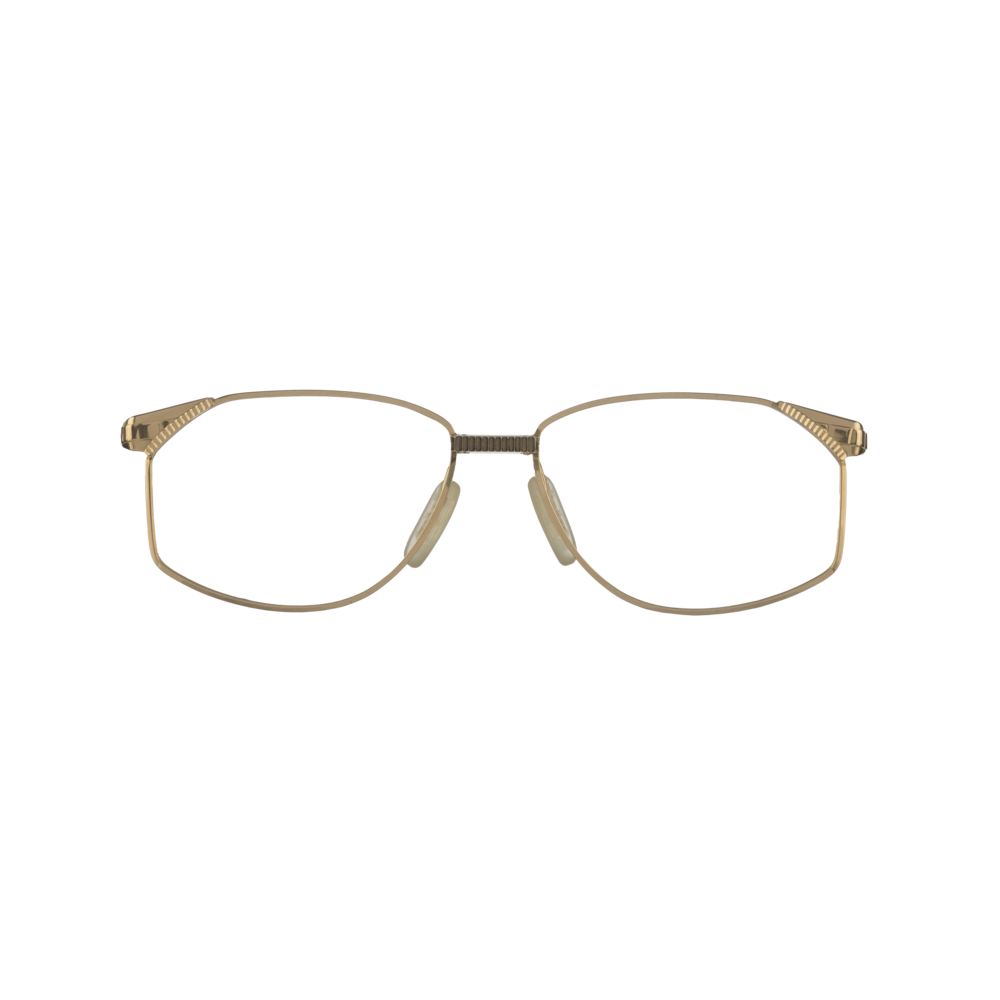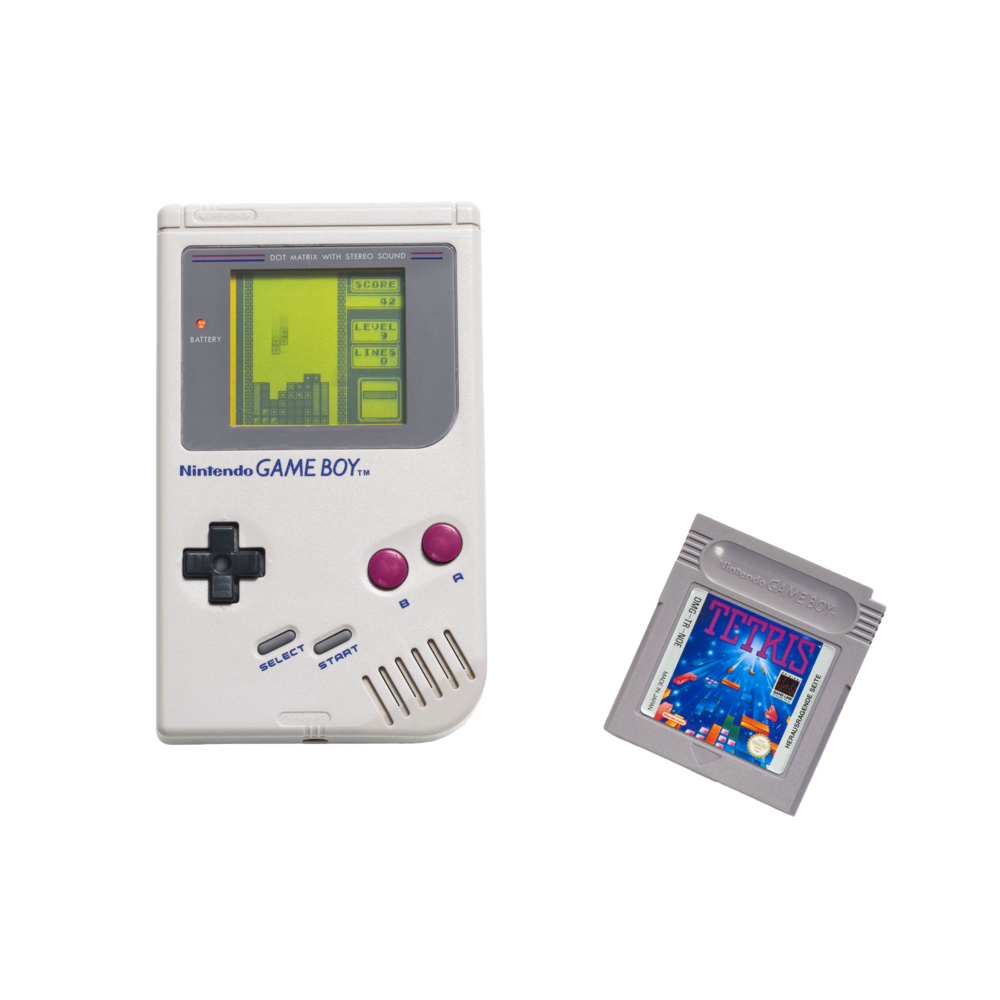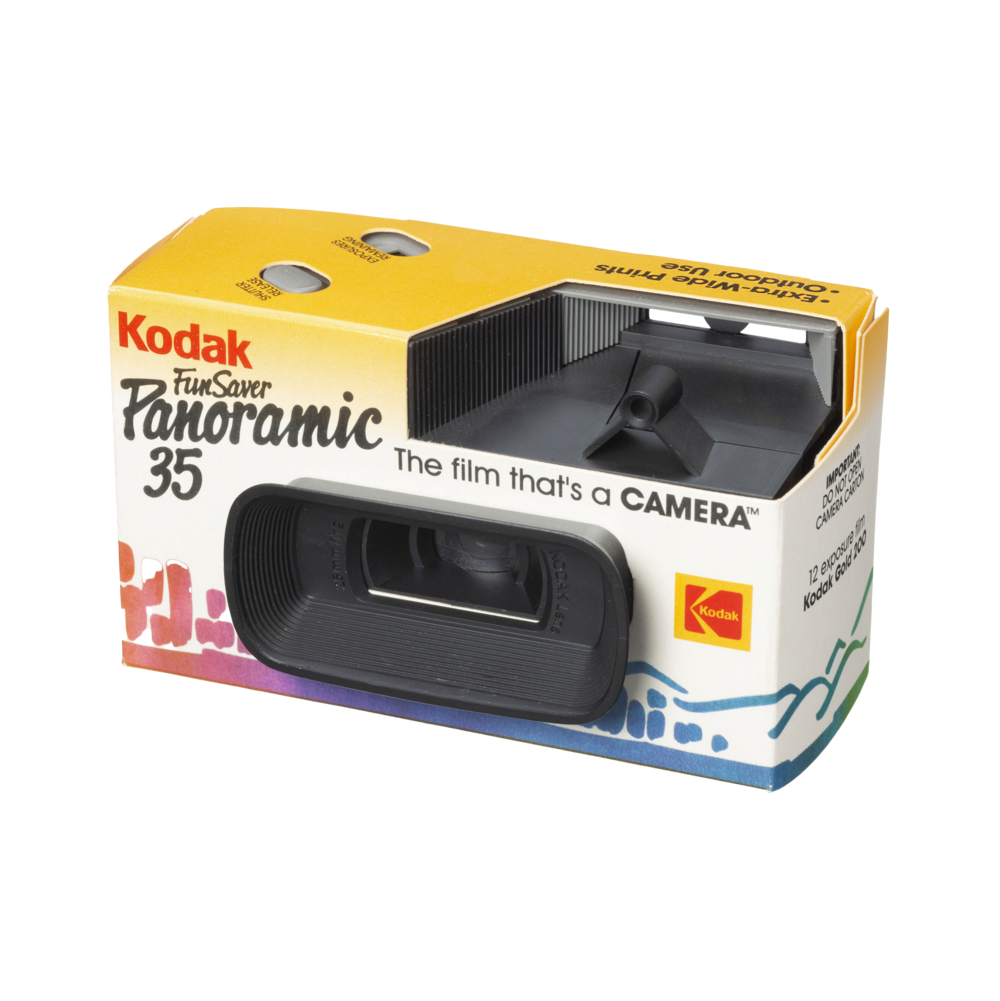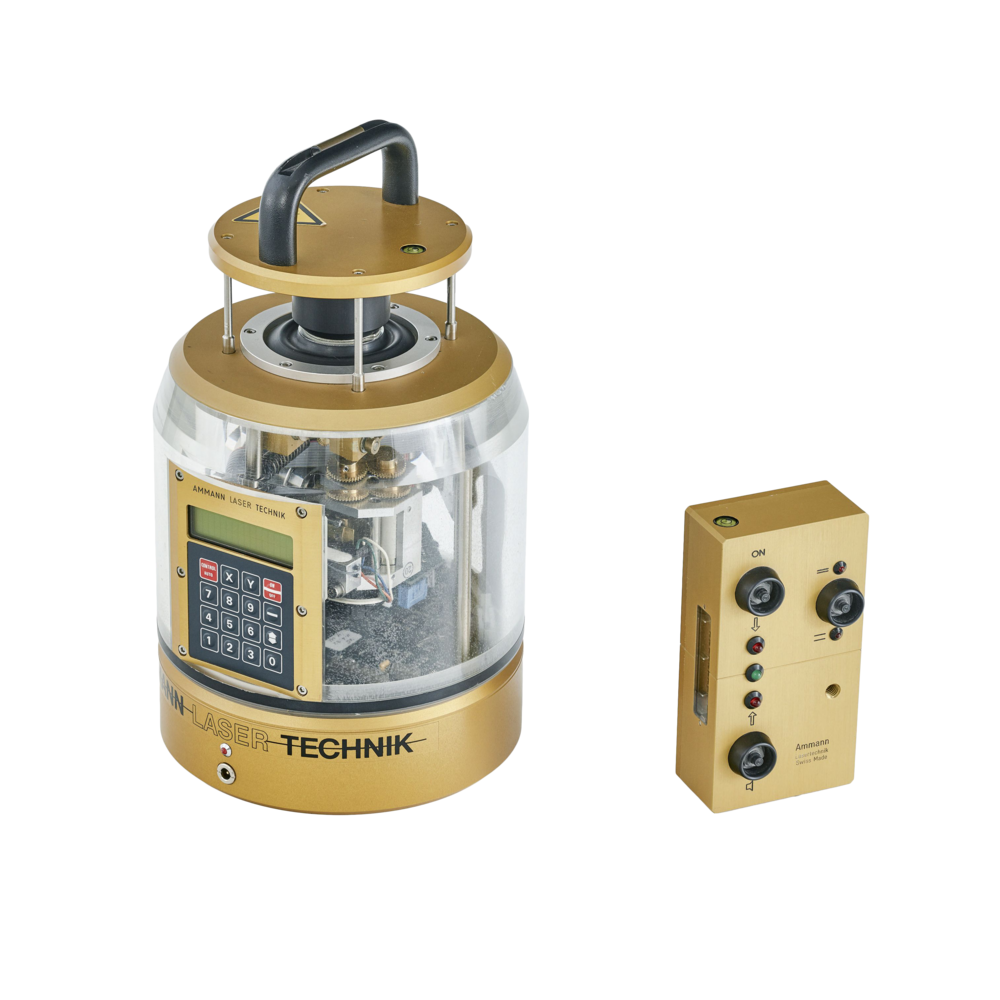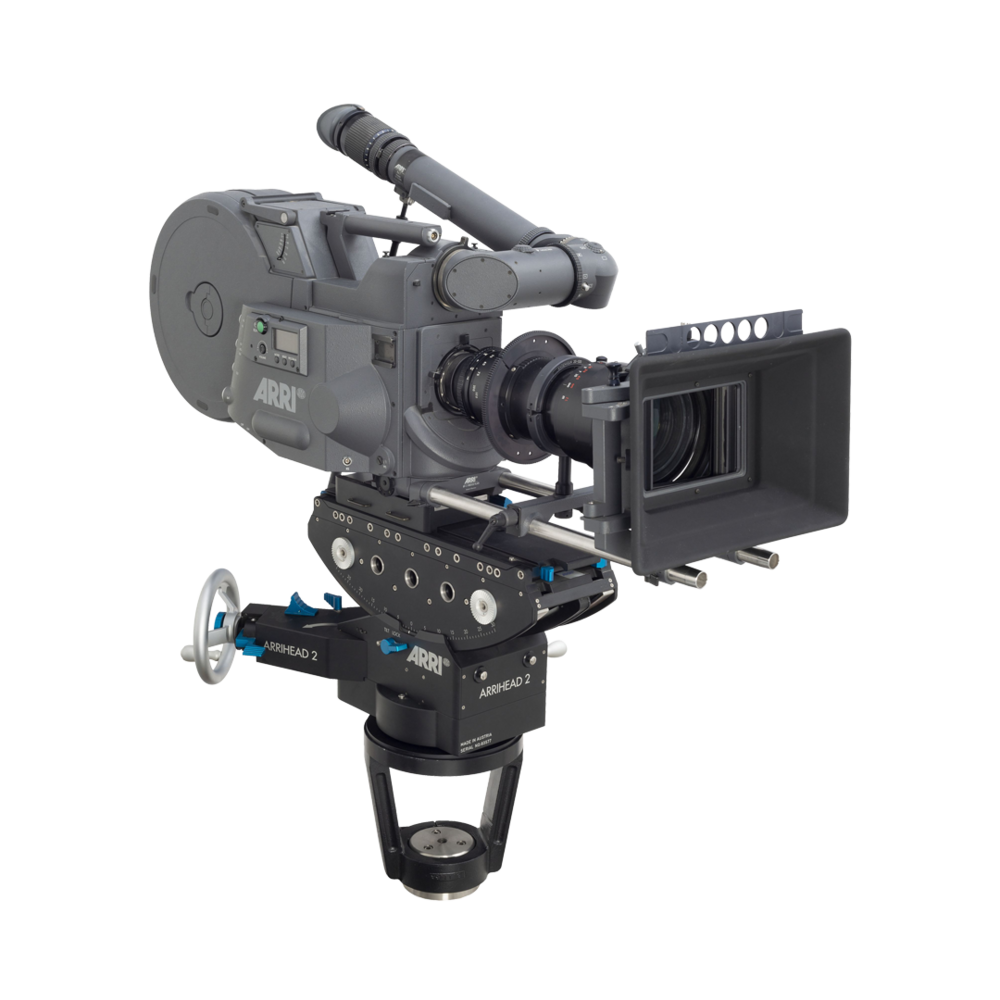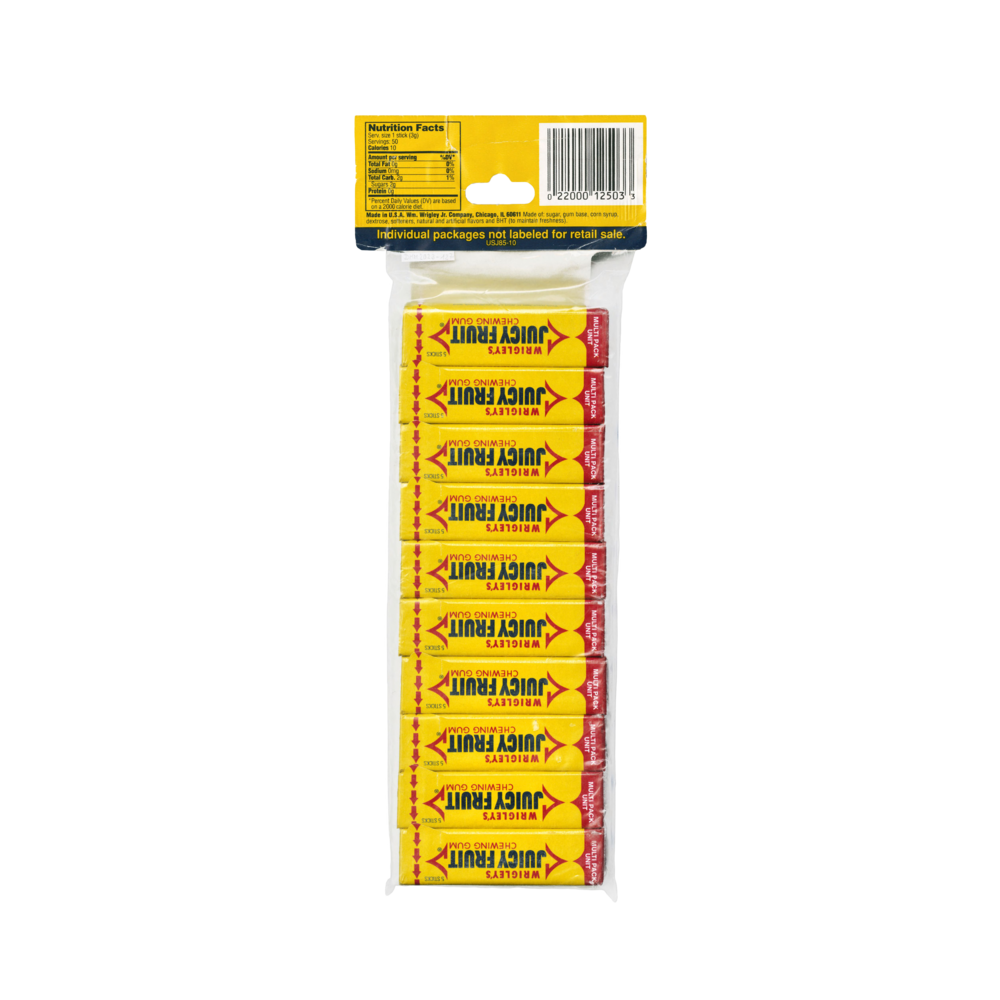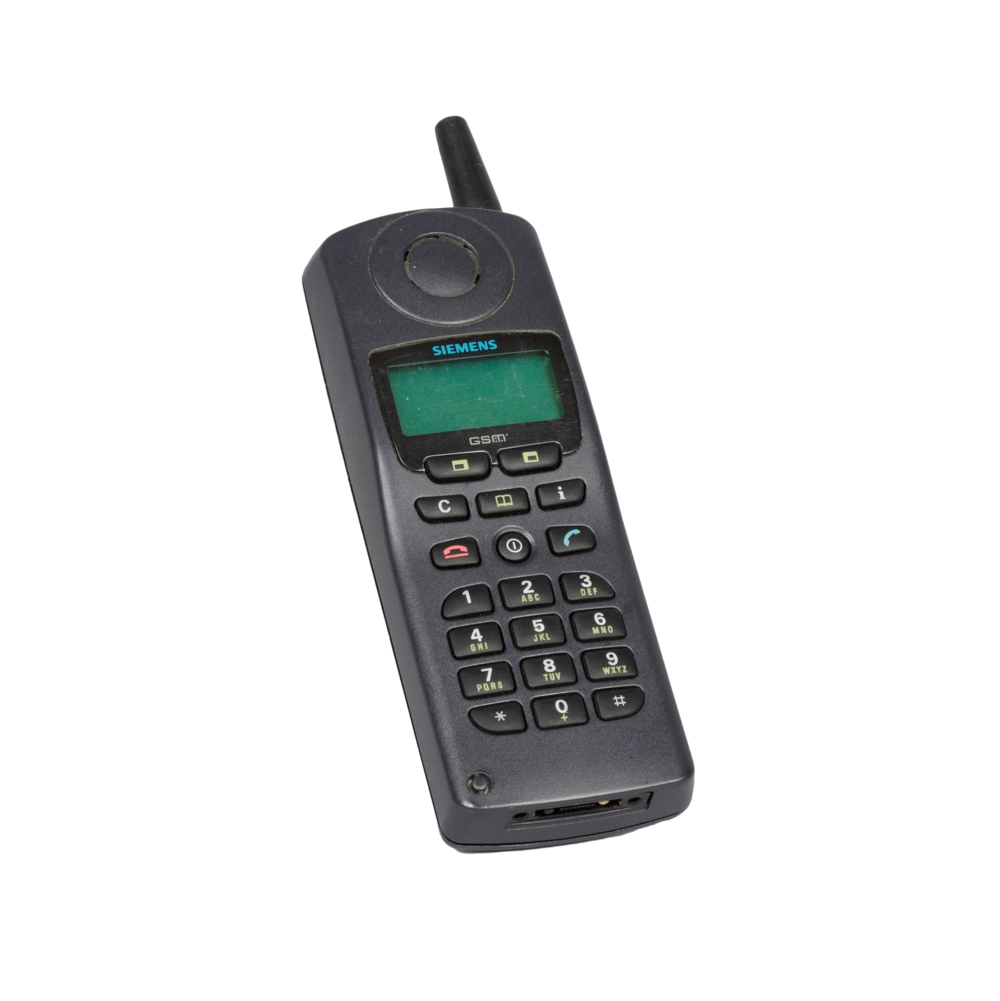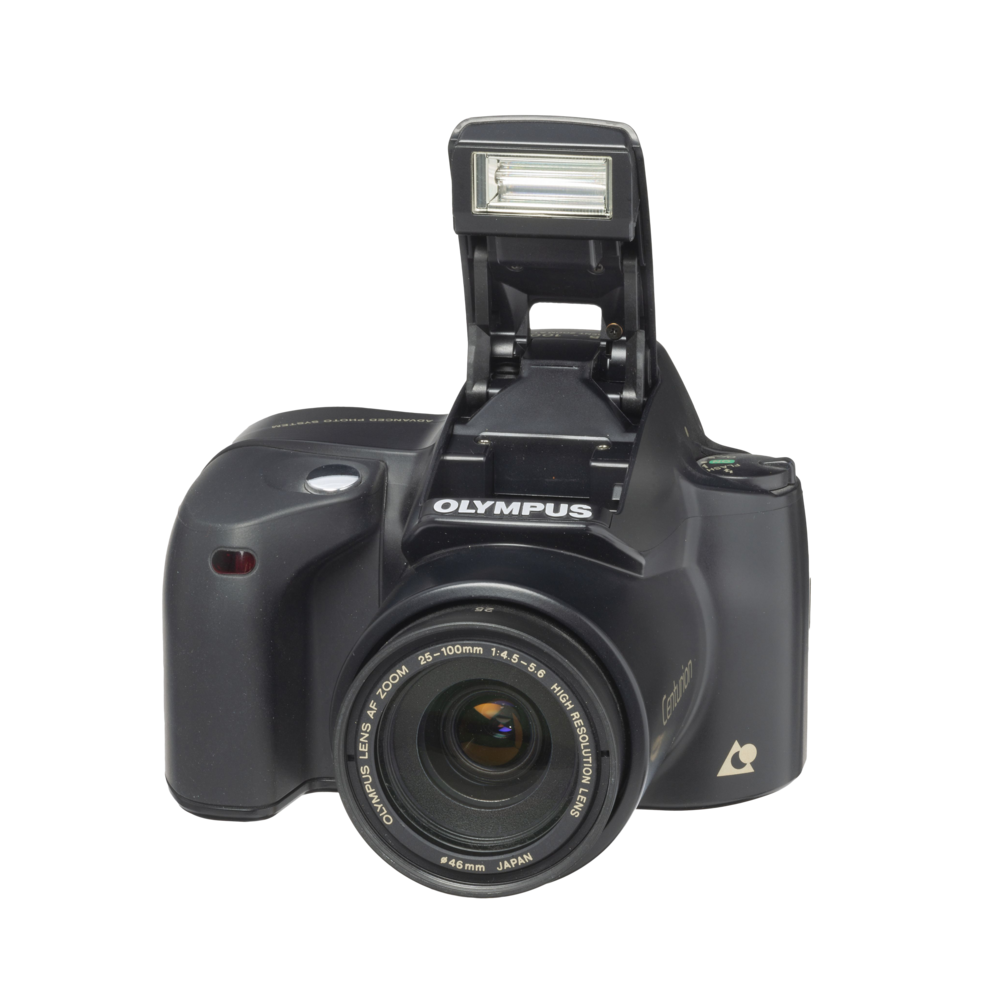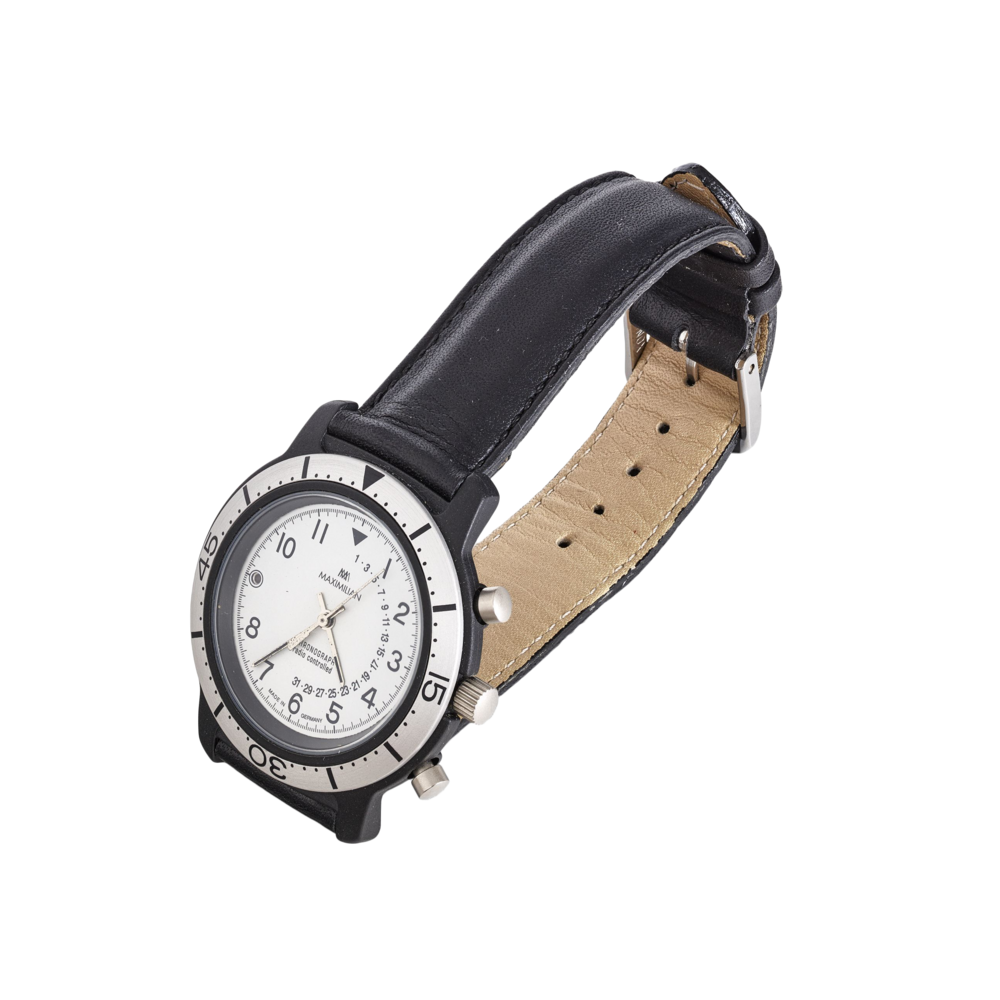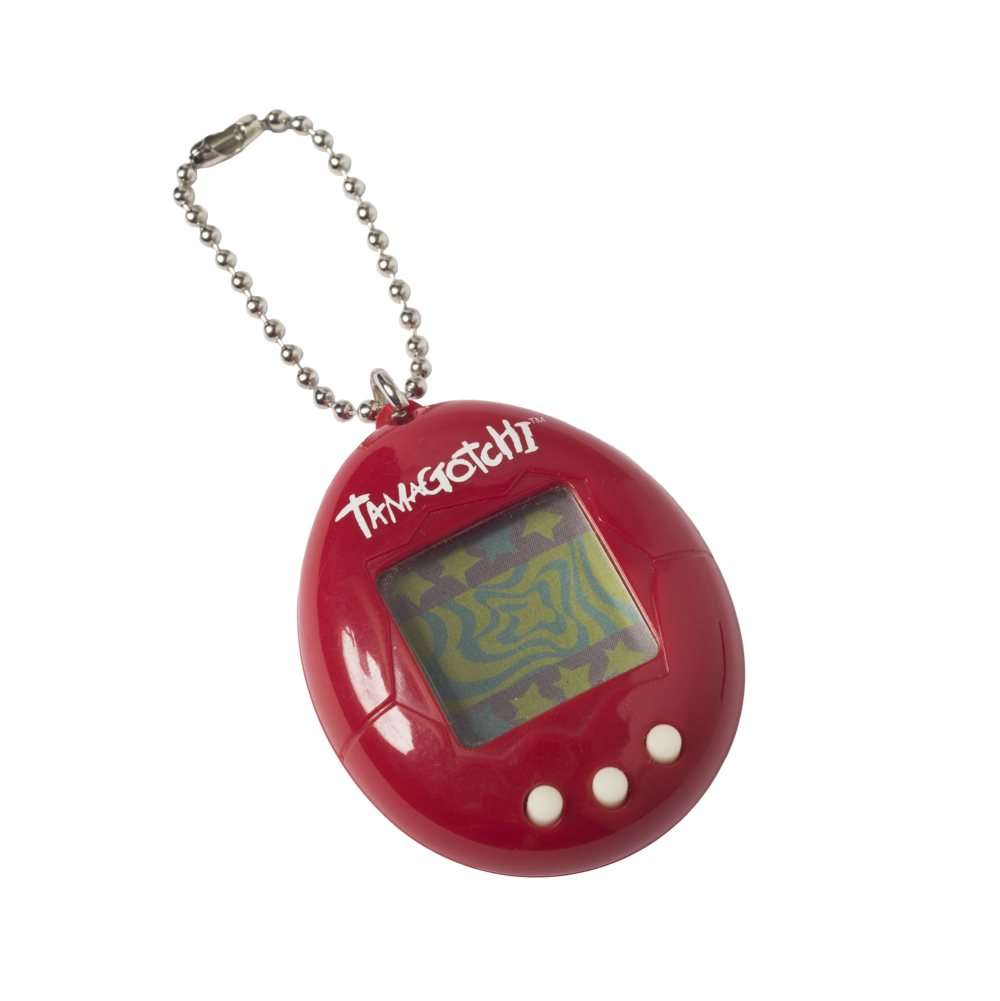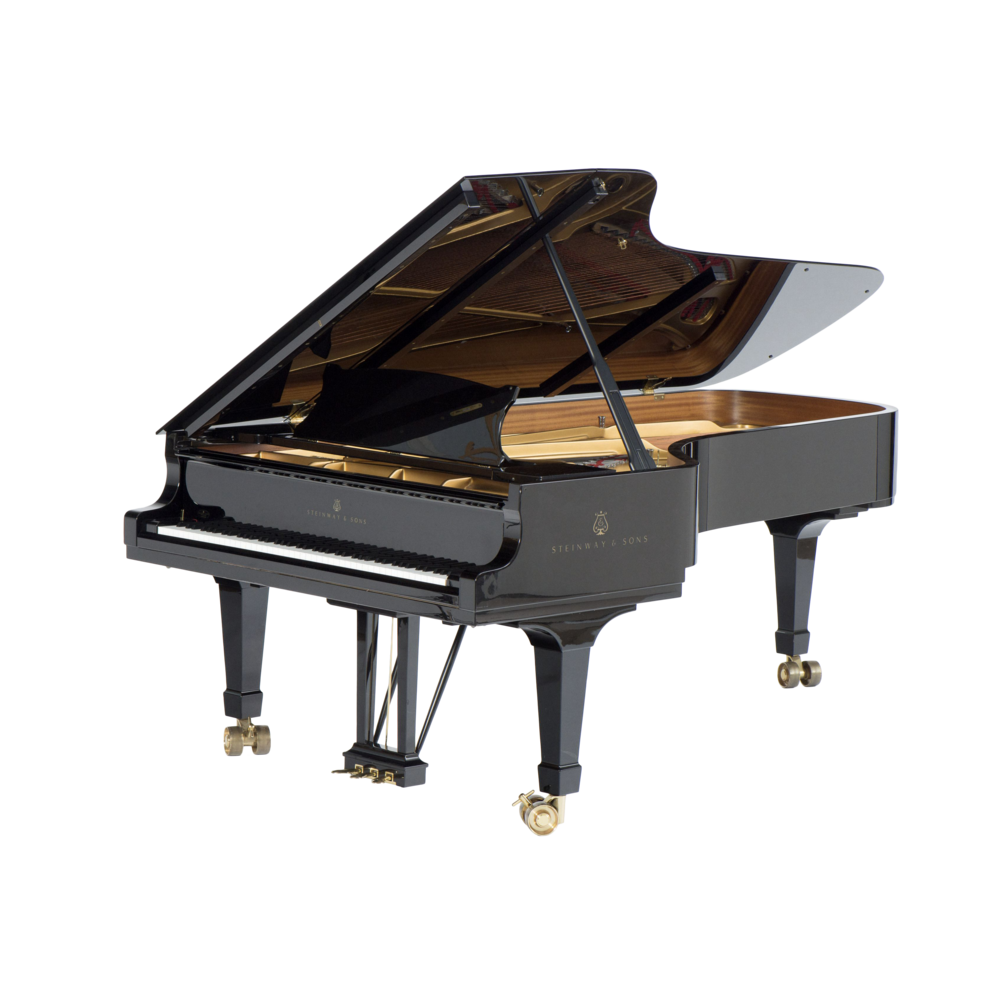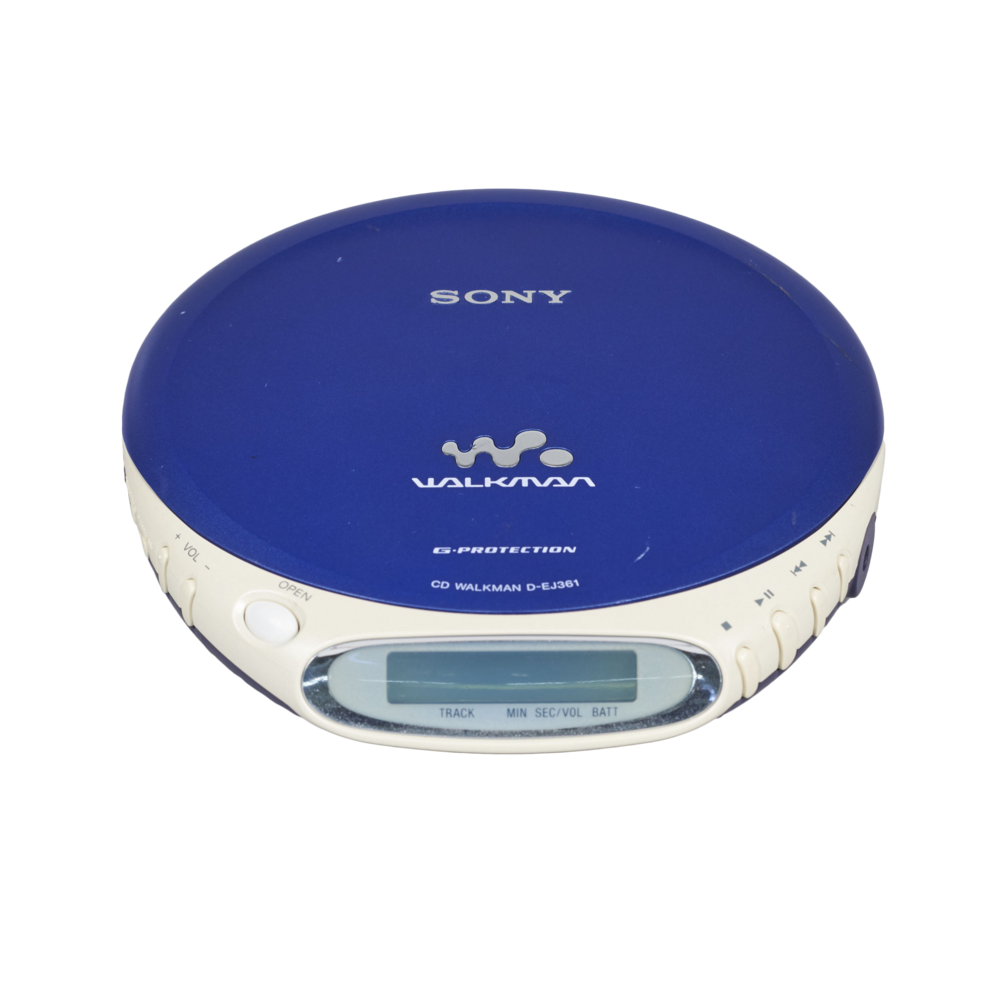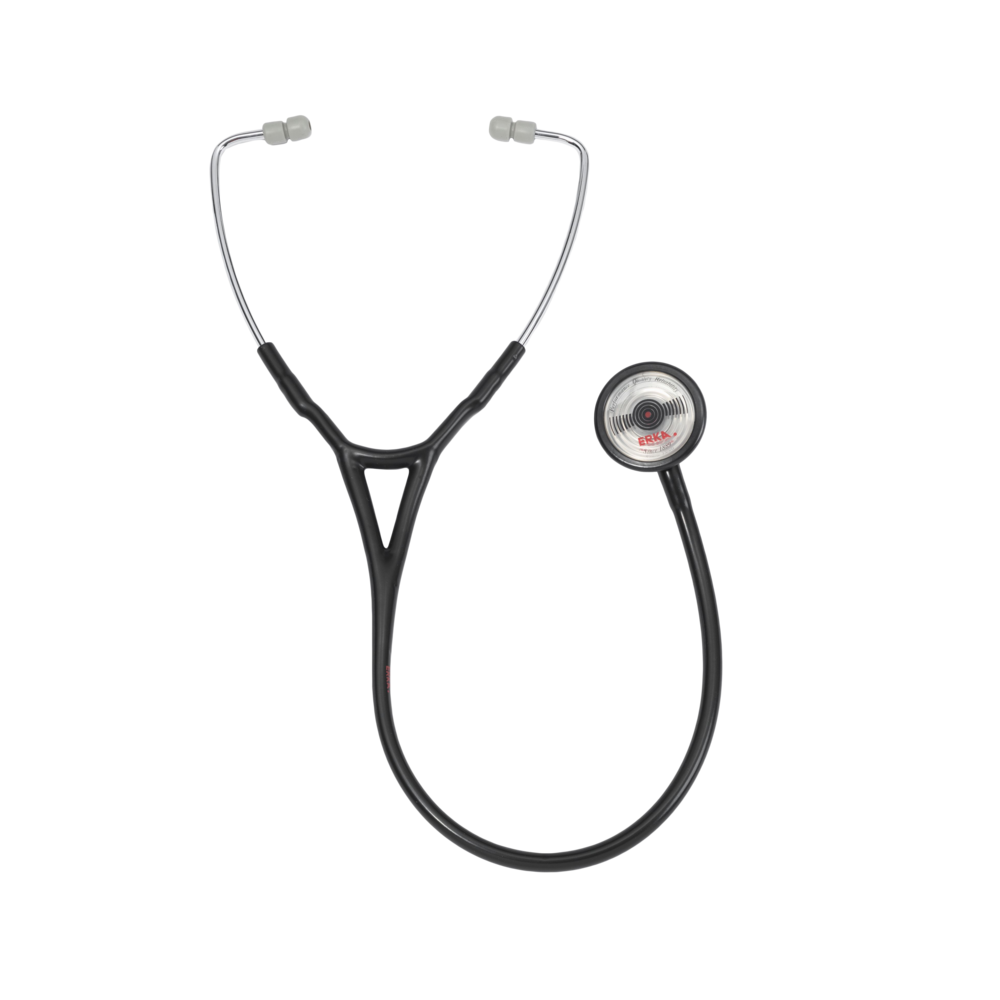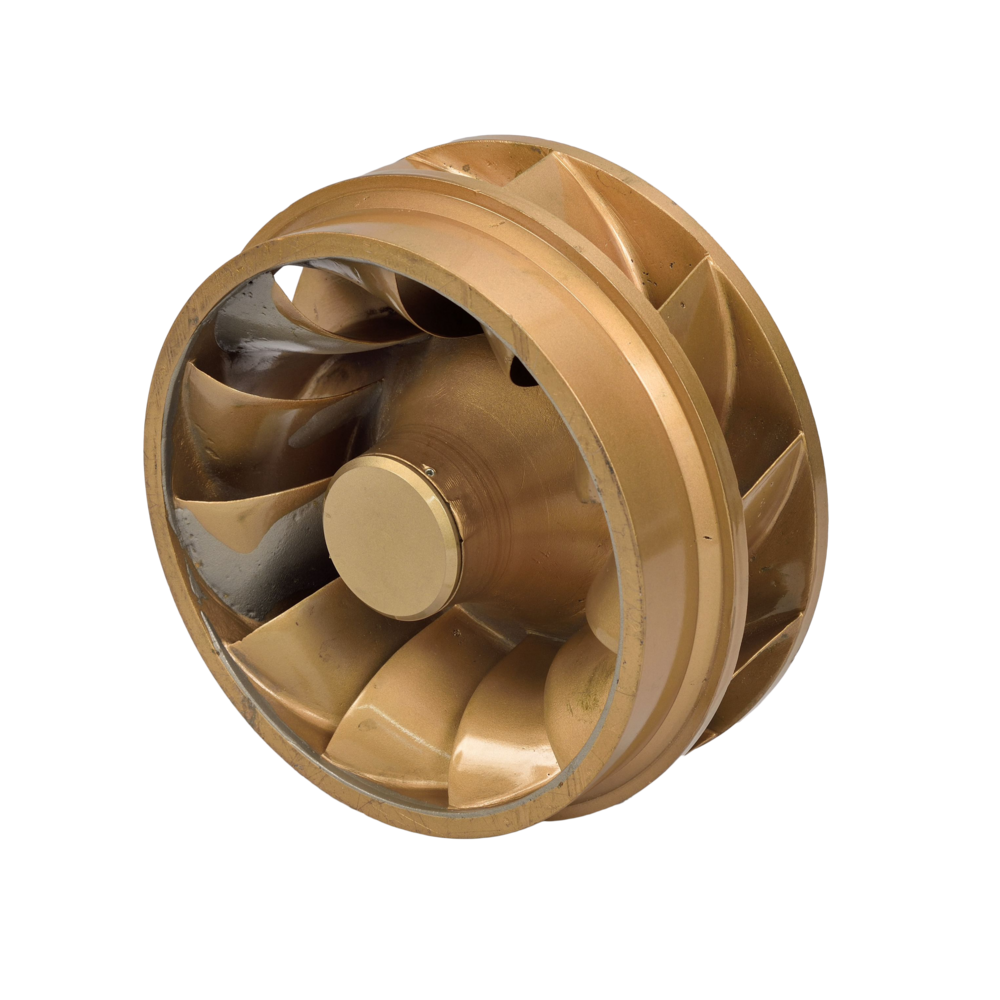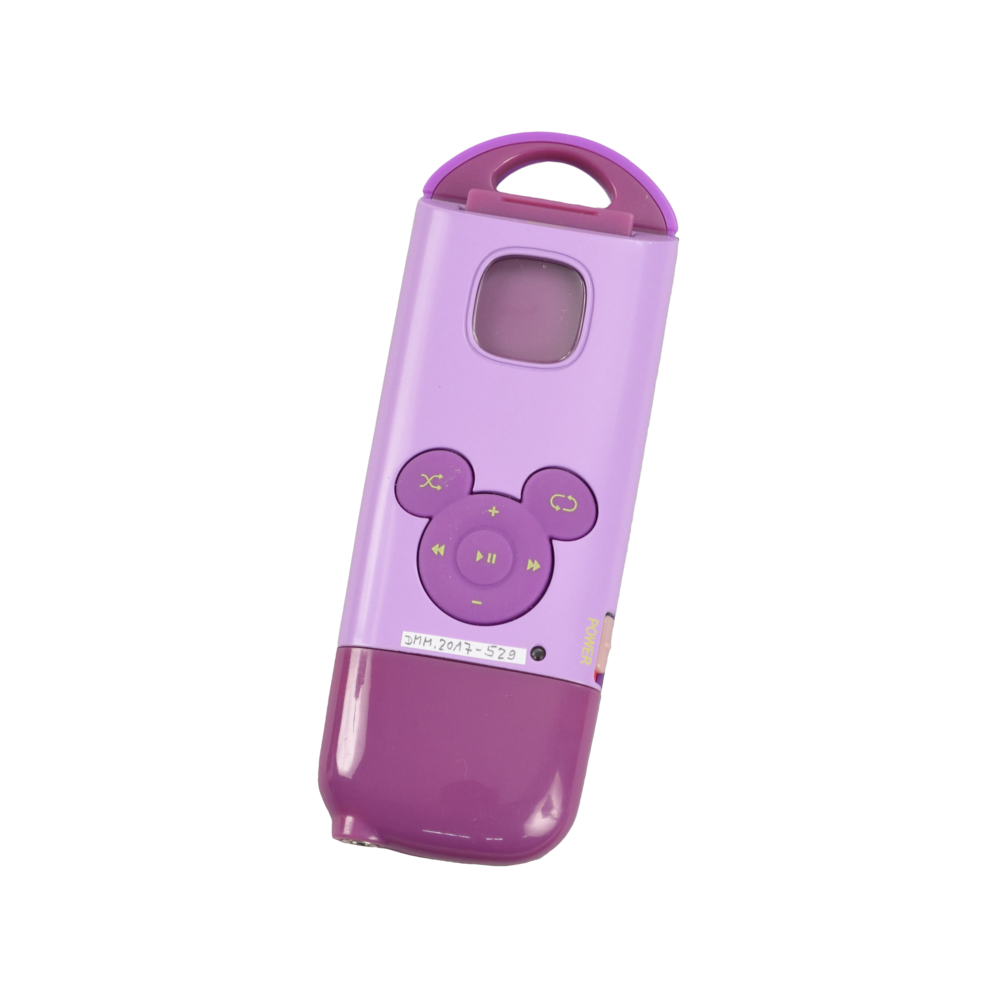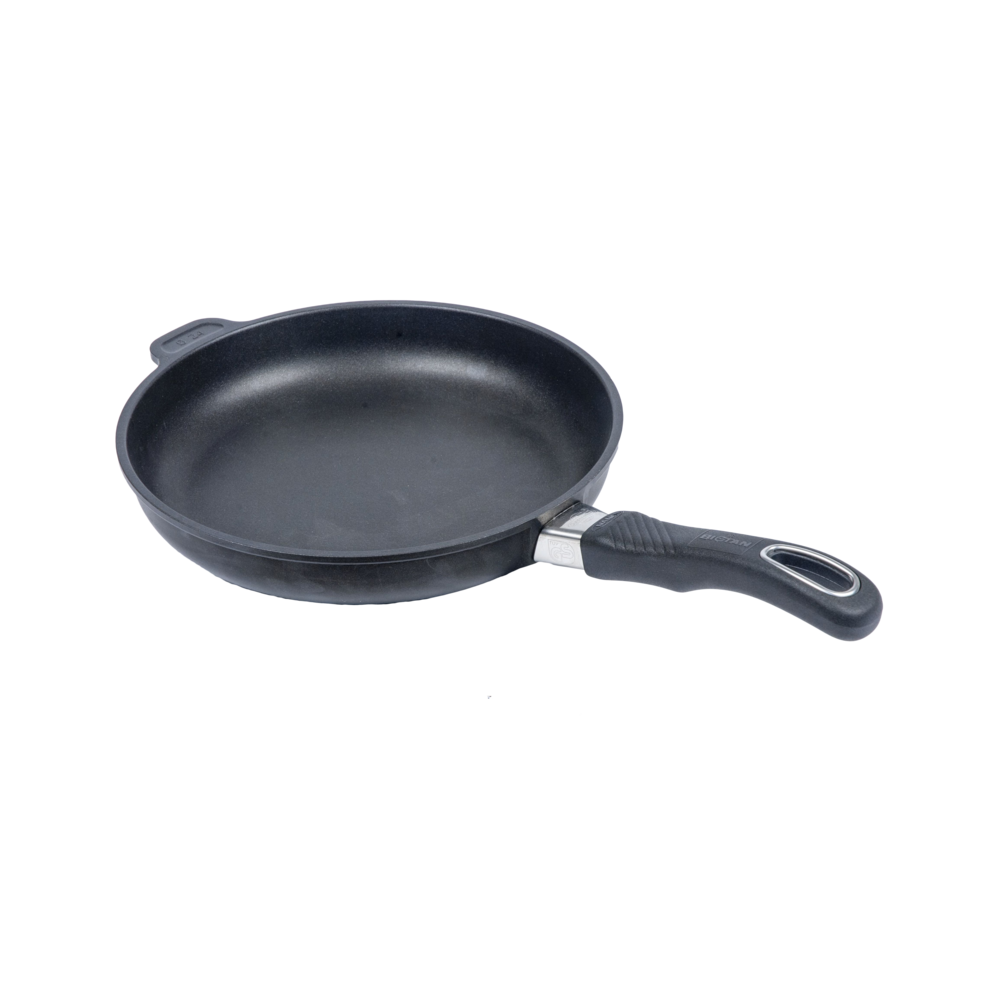
2007 - Frying pan with nano non-stick coating
1
we celebrate
1
2
3
The KTM "Macina Bold" is a second-generation e-bike aimed at younger and sporty cyclists. The frame and fork are made of aluminium and the equipment is based on that of mountain bikes. The electric drive is a Bosch motor with 290 W and a lithium battery (36 V/8 Ah). The level of assistance is programmable and can be increased from 50 to 150 % (three levels). The battery can be easily removed and charged at home. Manufacturers and transport politicians hope that pedelecs will encourage more people to switch from cars to bicycles in road traffic.
4
Oxygen masks for passengers are a vital safety device in commercial aircraft due to the flight altitudes of generally over 10,000 metres if there is a drop in pressure in the cabin. The oxygen mask is on display in the "Modern Aviation" exhibition.
to the exhibition5
6
7
8
The tennis racket is on display in the "Chemistry" exhibition.
to the exhibition9
Satellites of this size are known as pico-satellites. In 2004, researchers at the Department of Robotics and Telematics developed the tiny UWE-1 for telecommunication experiments in space. They used it to optimise internet protocols for data transmission. It was also used by industry to test new, highly efficient solar cells. UWE-1 was launched into space in 2005, followed by UWE-2 in 2006 and the further improved UWE-3 was launched on 21 November 2013. The UWE-3 pico-satellite is on display at the "Space Travel" exhibition.
Deutsches Museum Digital10
Replica based on the Apollo EVA spacesuits. The astronaut helmet is on display in the "Agriculture and Food" exhibition.
to the exhibition11
12
The voice-controlled assistant Amazon Echo is on display in the "Bild Schrift Codes" exhibition.
to the exhibition13
14
15
A football consists of regular pentagons and hexagons and is modelled on a truncated icosahedron. The football is on display in the "Mathematics" exhibition.
to the exhibition16
The emoji cover is on display in the "Bild Schrift Codes" exhibition.
to the exhibition17
The Fendt Xaver seeding robot is on display in the "Robotics" exhibition.
to the exhibition18
The hydropower screw is on display in the "Energy - Motors" exhibition.
to the exhibition19
20
21
The hearing aid is on display in the "Health" exhibition.
to the exhibition22
A metal foil stretched over a circular frame serves as the sound-generating membrane. A flat counter electrode is located a short distance behind it. As soon as a voltage is applied, the two surfaces attract each other and the foil is always pulled inwards. In order for it to oscillate, a pre-steering by a superimposed DC voltage is necessary.
23
24
Upper arm socket embedded in a full grain leather stock without reinforcing metal rails; forearm made of full grain leather with tumbled elbow ball; leather hand with springy thumb to middle finger, hand position can be changed; light decorative arm covered with chamois leather and with chest strap.
25
The little microscopic wonders of coffee: everyone knows it, everyone loves it, everyone wants it - that seductive moment in the morning when the brown cult drink awakens our tired nerves. But hardly anyone knows the secrets behind our favourite drink, coffee.
to the blog post26
27
28
29
30
31
The black dry shaver with bakelite housing only has a simple shaving comb without a larger cutting surface made of perforated or sieve foil. In this early functional system of dry shavers, the shaving comb system, a toothed upper blade is moved back and forth on a fixed, also toothed lower blade. The "Harab" works with 110 volts and cannot be switched to any other voltage. The "Harab" was the first electric shaver to be launched in Switzerland in 1940. The shaving comb system is similar to that of long-hair clippers.
to the Deutsches Museum Digital32
The drum sextant with the number 14006 was manufactured on 18 June 1935, as can be seen from a letter from the company Litton / C. Plath company to the Deutsches Museum in 1981. It is an industrially manufactured device. These replaced the handmade silver sextants from 1910 onwards and were easier to handle.
33
The Wanderer-Werke in Siegmar-Schönau near Chemnitz had been producing its handy console adders since 1928, after heavier machines had been built since 1919 under the brand name Continental. Model 8 is considered a "small adder", it has a manual drive, ribbon changeover, intermediate and end sum key, correction and repeat key as well as a "non-adding device", i.e. the entered number is only printed but not processed.
34
The Aviator is a computing device that allows the wind triangle to be resolved and is also used for coupling.
35
The pressure change in height causes the can system to bulge and this movement is transferred to a pointer. The corresponding air pressure (QNH, QFE) can be set using an adjustment ring in front of the scale. On the same axis there is an adjustment knob for height preselection, which moves a red pointer. When the target altitude is reached and both pointers are above each other, a contact is closed. This can be used to switch not only a warning light but also a control system (autopilot) if necessary.
36
The sunglasses are on display in the "Historic Aviation" exhibition.
to the exhibition37
The SR 2 control relay is a moving-coil device with four coils that receives, mixes and amplifies signals from the damping gyro, the heading centre, the horizon nut, the airspeed indicator and the feedback system and transmits them to the Leonard converter. It was developed by the Patin company on behalf of the Rechlin Air Force test centre as an amplifier within the Rechlin three-axis control system.
38
With the small one- or two-seater aeroplanes, it was often not possible, or even necessary, to store a large multi-man inflatable boat in a separate place. If the inflatable boat was dropped before the jump, the wind usually caused it to drift away and remain out of reach for the person seeking rescue. For these reasons, a boat was required that could be carried in a relatively small package during the flight mission. The one-man inflatable boat was therefore introduced in the German Wehrmacht in 1941.
Deutsches Museum Digital39
The Polish biologist Rudolf Weigl developed a vaccine against the deadly typhus, which has saved lives in two ways throughout history. Although the vaccine could not prevent infection, it did protect against severe courses of the disease. But when Rudolf Weigl had to produce the vaccine for the German High Army Command after the occupation of Poland during the Second World War, he was also able to save many persecuted Poles, dissidents and Jews from death thanks to the special way in which the vaccine was produced. Vaccine on display in the "Health" exhibition
Blog post: The vaccine that saved lives during production40
The Argus company began developing a controllable pitch propeller in 1935. Argus chose a simple mechanical adjustment system. The adjustment force required for the control process is generated by a rotating bonnet with inclined ribs mounted in front of the propeller hub. The ribbed cowl rotates in the airstream in the opposite direction to the propeller due to the inclined ribs and thus generates the force for adjusting the blades depending on the clutch engagement selected by the pilot. The propeller is on display in the "Historic Aviation" exhibition.
Deutsches Museum Digital41
This item comes from a collection of equipment belonging to the American military pilot Paul H. Skogstad from the Second World War. He flew in the 10th Air Depot Group and the 335th Fighter Squadron with a North American P-51 fighter plane. The collection is far more complete than is usually found, from the service uniform to warm flying gear with bonnet and goggles to various other items of equipment, the launch camera and flight manuals.
42
In 1935, the company A. Ott introduces a new, handy curvimeter. This easy-to-use curve length measuring device is used, for example, to trace roads on maps and thus determine their length. Unlike existing devices at the time, it has a measuring roller that does not roll directly on the curve. Instead, you can use a kind of crosshair and a magnifying glass to guide a measuring mark exactly tangentially along the curve.
Deutsches Museum Digital43
44
45
Zündapp produced the Bella scooter in various versions from 1953 to 1964. It was modelled on the Italian Moto Parilla 150 Levrier. From 1954, the Bella R 200 model was produced, of which 26,900 were sold. Riders particularly appreciated the wind-cooled engine, which they described as having "the best motorbike characteristics". The kickstarter and foot control were also reminiscent of a motorbike. There was additional storage space under the fold-up seat so that the Bella was also suitable for excursions.
46
A solid appliance for heavy-duty work: a washing machine with an open drum and a screw for turning the laundry. If you took the wet laundry out of the tub, you could turn it through the mangle above. More than 250,000 of this model were produced between 1945 and 1967.
47
This telephone was modelled on the W 48. The latter was the second post-war model to be produced by Deutsche Bundespost from 1948 by several manufacturers and in large numbers. The Fg tist 269b was distinguished by a charge counter, which was offered by the post office as a new feature due to the self-dialling service that had been introduced in the meantime. The housing was made of black or ivory-coloured Bakelite. The telephones were mainly used in offices, as basic and call charges exceeded the budget of most private households.
Deutsches Museum Digital48
Zündapp-Werke was founded in Nuremberg in 1917. They became famous for their motorbikes. After the Second World War, the factories were initially not authorised to resume motorbike production. As production capacity was therefore free, the company began manufacturing sewing machines. In 1948, the first Zündapp sewing machine was launched on the market under the motto "progressive, inexpensive, powerful". Matching furniture was manufactured at the factory in Hohenlinden. In 1961, the production facilities and rights for sewing machines were sold to a Spanish company.
49
Hans Gugelot from the Ulm University of Design and Dieter Rams created the design for this appliance in 1956. For the first time, they used new materials and shapes to emphasise functionality. The appliance owes its nickname "Snow White's Coffin" to its transparent acrylic glass lid.
50
Shortly after AEG launched the first fully automatic washing machine under the name Lavamat in 1958, the first dishwasher called Favorit was also launched. It had to be loaded somewhat awkwardly from above and was anything but inexpensive.
51
Calculating machines like this Diehl E had a revolution counter, a result unit and various buttons and levers for control. The metal bars in the upper part of the calculator were decimal rails with movable decimal point sliders, which made it easier to read the values to the correct decimal place. Above the first row of keys was a red dot, which indicated the decimal place with which the machine was calculating.
52
53
The photographic transfer of artwork onto printing plates gave rise to the idea of producing typefaces not by photographing an impression of the lead letters, but by exposing the letters from a glass negative directly onto the photographic material. The first patent for a phototypesetting device, granted in 1897 to W. F. Greene in England in 1897, years passed before a machine was ready for practical use. After some preliminary tests, the Berlin-based company H. Berthold AG began developing the "diatype" phototypesetter around 1952, which went into series production in 1961.
Deutsches Museum Digital54
The American news satellite Relay was used to transmit television programmes and long-distance calls over intercontinental distances. Two satellites (Relay 1 and 2) were launched. Relay 1 was launched on 13 December 1962 using a Delta launch vehicle.
55
The "VOX AC-30" guitar amplifier is on display in the "Musical Instruments" exhibition.
to the exhibition56
Chemistry is in cosmetics for skin and hair, mouth and teeth, colours and fragrances, then as now. What we perceive as beautiful is subject to changing fashion. Advertising plays a major role in this. The cosmetics market is extremely lucrative. But beware: not all cosmetic products are good for our bodies. Sometimes there is deep truth in the saying: If you want to be beautiful, you have to suffer.
Blog post "Who wants to be beautiful..."57
The "film gun", covered in black crinkle varnish, is equipped with a zoom lens that can be adjusted manually or electrically by means of a motor housed in the handle. In the early summer of 1965, Eumig presented the first European Super 8 camera, which far surpassed the American competition in terms of technology. The futuristic design by Danish designer Acton Bjørn is reminiscent of a jet engine. The Viennette cine film camera (Super 8) is on display in the "Photo and Film" exhibition.
Deutsches Museum Digital58
59
The Stoelting Polygraph Model 22608 is a "lie detector" used in the 1960s by authorities and the army in the USA, among others, for interrogating suspects, but also for security checks on employees.
60
61
62
63
64
65
In addition to the phases of the moon, the moon globe also shows the craters and the locations of manned and unmanned moon landings.
66
67
68
The instant camera, which was introduced in 1972, is equipped with an ultrasonic system, which can be recognised by the large sound funnel above the lens. An electronic transducer emits an inaudible ultrasonic sound, the reflected sound is analysed by filters and the results are passed on to a motor for exact distance adjustment. This process, which takes place in a fraction of a second, is set in motion when the camera is triggered. The SX-70 Sonar instant reflex camera is on display in the "Photo and Film" exhibition.
Deutsches Museum Digital69
The Minimoog Model D synthesiser is on display in the "Musical Instruments" exhibition.
to the exhibition70
71
A rangefinder can be attached to the theodolite - as shown here.
72
73
74
75
The Zeiss binoculars have straight prisms. As with Keplerian telescopes, magnification is achieved by using biconvex converging lenses for the eyepiece and objective. This rotates the image by 180°. The prisms installed between the eyepiece and objective are used to invert the image so that an upright, laterally correct image is produced again. In contrast to Porro binoculars, where the prisms used cause a structural shift in the beam path, the eyepiece and objective are aligned in straight-vision binoculars.
Deutsches Museum Digital76
The German cardiologist Ulrich Sigwart (1941-) was the first to develop and implant stents in human heart vessels to keep them open in the long term after balloon dilation. This stent by Ulrich Sigwart from 1986 is made of thin, coiled stainless steel wire.
77
78
The Omnibot 2000 was produced by the Japanese toy manufacturer Tomy from 1984 to 1988. It was intended to revive interest in robots when it became clear that robots with advanced artificial intelligence could not be realised as quickly as initially thought. The Omnibot is the manifestation of the idea of a robot in the 1980s. The Tomy "Omnibot 2000" robot is on display in the Robotics exhibition.
to the exhibition79
80
The Class 209 boats were intended for export. Until 1962, the German Navy was only allowed to operate boats up to 500 tonnes (cf. Class 206, Deutsches Museum, DMO, inv. no. 1974-245). Only after approval by the Western European Union was the Federal Republic able to build submarines up to 1000 tonnes for export. The first boats were delivered to NATO partner Greece in 1971, and by 1987 a further 45 submarines had been delivered to Argentina, Peru, Turkey, Colombia, Venezuela, Ecuador, Indonesia, Chile, India, Brazil and Korea.
81
The "JAGO" is a manned underwater vehicle that explores marine habitats in water depths of up to 400 metres. It has belonged to the GEOMAR - Helmholtz Centre for Ocean Research in Kiel since 2006. On over a thousand dives, the "JAGO" has sampled hot springs off Iceland, investigated gas emissions and bacterial communities in the Black Sea and explored underwater canyons and seamounts.
82
83
This classic Gameboy is the first in a series of handheld consoles. It came onto the market in Japan and the USA in 1989 and a year later in Europe. It quickly became a cult favourite and soon became the most successful games console of all time. Gameboy Classic and its successor Gameboy Colour alone sold around 120 million units worldwide.
Deutsches Museum Digital84
One incentive to buy a disposable camera is the possibility of using it in a different way to your own camera. They offer a wider angle of view for panoramic shots. The Panoramic 35 disposable camera is on display in the "Photo and Film" exhibition.
to the exhibition85
The device levels itself automatically, even on a sloping surface. A rotating laser beam projects the horizontal surface. The instrument was mainly used on construction sites.
86
Personal crew notebook (notebook) of astronaut Dr Ulrich Walter, which he used during his Space Shuttle mission STS-55 (STS = Space Transportations System) as part of the second German Spacelab-D2 mission (1993). Despite precise timetables and instructions, each astronaut uses individual notes. They relate to the experiments they are in charge of, but also to matters of daily life on board. The notebook is on display in the "Spaceflight" exhibition
to the exhibition87
The outstanding feature of this 35 mm film camera is the wide range of electronic control options. For the first time, the aperture angle of the mirror diaphragm can be adjusted by electric motor during shooting and sequence programmes for aperture angle and frame rate can be created before shooting. A remote control unit is used to automatically adjust the exposure and possibly change the running speed. The Arriflex 535 standard film camera is on display in the "Photo and Film" exhibition.
Deutsches Museum Digital88
Until 26 October 2025, the special exhibition "Light and Matter" shows how we have been exploring the world of quanta for over 100 years. Some things work very differently than we are used to. But everyday things like chewing gum also have their place in it. Why? Come along and find out.
to the blog post "An excursion into the world of quanta"89
90
The Olympus Centurion SLR camera is on display in the "Photo and Film" exhibition.
to the exhibition91
The analogue radio-controlled wristwatch "Maximilian" has three hands for displaying the seconds, minutes and hours. The second hand shows the date at the touch of a button. It is powered electrically (CR 1620 battery), with a power reserve of two years. The quartz control is synchronised once a day by the time signal from the DCF 77 transmitter.
92
In the second half of the 1990s, the Japanese toy manufacturer Bandai launched the first "artificial creature" on the market, the Tamagotchi. The first examples were sold in Germany in 1997. The name Tamagotchi is a portmanteau of the Japanese word "tamago" (egg) and the English word "watch". The Tamagotchi is on display in the "Robotics" exhibition.
Deutsches Museum Digital93
94
The Sony Walkman D-EJ361 compact disc player is on display in the "Electronics" exhibition.
to the exhibition95
96
The Erka Precise stethoscope is on display in the "Health" exhibition.
to the exhibition97
98
99
On 7 May 1925, the Deutsches Museum on the Museumsinsel was inaugurated. The centenary celebrations began on 5 May 2025 with an official ceremony attended by distinguished guests from politics and society.
“Access to the Museum should be made affordable through favourable admission prices.
The collections must be open for as long as possible, preferably at times that accommodate the public’s schedule”
